Best DJI drone 2025: the finest flying cameras we've tested from DJI's unmatched range

There's not a single consumer DJI drone that has escaped TechRadar's attention – ever since 2013's DJI Phantom, our expert team has got hands-on with every model. We bring that experience into every in-depth review, together with the official certification that's legally required to get airborne with larger models.
DJI drones are unmatched, and the fact is that the best just keep getting better. Take the new Mini 5 Pro – it redefines what sub-250g drones can do, upgrading the Mini 4 Pro even though that older model was already the best-in-class. If they are too much drone for you, then the entry-level DJI Mini 4K is a superb starter, as is the neat DJI Neo selfie drone. Need more grunt? There's no better flagship than the triple-camera Mavic 4 Pro. You get the picture.
There's plenty of overlap between this guide and out best drones guide, which testimony to DJI's dominance in this market. Yes, there's the ongoing uncertainty around the continued presence of DJI drones in the US, but the fact remains that there are few truly worthy alternatives. Below you'll find the best DJI drones for a range of use cases and budgets.

I'm TechRadar’s Cameras Editor, with more than 15 years’ experience as a photographer and tech journalist. I've personally flown many of the best drones over the last few years, including the incredible Mini 5 Pro, and there's good reason why DJI is regarded as the industry leader. At all levels, DJI drones are known for their class-leading flight and safety features and camera performance. They are competitively priced, plus short lifecycles mean you can find even better value by opting for a capable model from a few years ago.
Why you can trust my judgement
Every drone in this guide has been tested by me or one of our team's expert reviewers. We're all certified drone pilots – you can find out more about each person below. While the cameras are the main focus of the DJI drones we review, we also test their flying performance to see how easy they are to operate. We check their stabilization in the air, their responsiveness and their top speed. Perhaps most importantly, we also assess their safety features, which includes Return To Home (RTH), subject tracking and in pricier models – obstacle avoidance.
☑️ 10s of drones reviewed
☑️ 15 years of product testing
☑️ Over 16,000 products reviewed in total
☑️ Nearly 200,000 hours testing tech
After testing the drone's battery life claims based on real-world flights, we then move onto their cameras. We shoot a range if clips at different resolutions and frame-rates, including high-contrast scenes to push their dynamic range to the limit, plus some low-light scenes. Automated flight modes are also tested to see whether they're genuinely useful or fun gimmicks.
These videos are then assessed on a calibrated monitor, along with the drone's still photos (which we shoot in maximum resolution in both JPEG and raw, at various ISOs). When it comes to image quality, we look at detail, sharpness across the frame, and high ISO noise handling, to see which conditions you can reasonably expect to shoot usable video and stills in. We then combine these results with our overall impression of the drone's design, features and value to produce our final verdict.
Meet the team
Collectively, our team of reviewers has amassed hundreds of hours safely testing all types of consumer drones in UK and US skies, for all budgets and use cases, covering the latest and greatest models since consumer-level drones became a thing.

Sam has been writing about tech and digital culture for over 20 years, starting off in video games journalism before branching out into the wonderful worlds of consumer electronics and photography. Over the years he has written for Wired, Stuff, GQ, T3, Trusted Reviews and PC Zone, and now lives on the Kent coast in the UK – the ideal place for a camera reviewer and drone pilot to ply their trade.
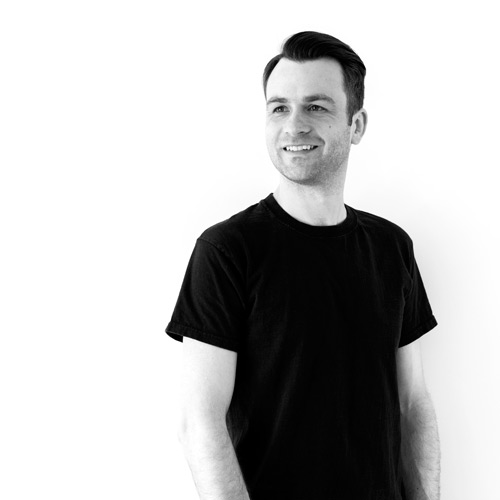
James Abbott is a professional photographer and freelance photography journalist. He contributes articles about photography, cameras and drones to a wide range of magazines and websites where he applies a wealth of experience to testing the latest photographic tech. He's one of our top go-to drone experts.
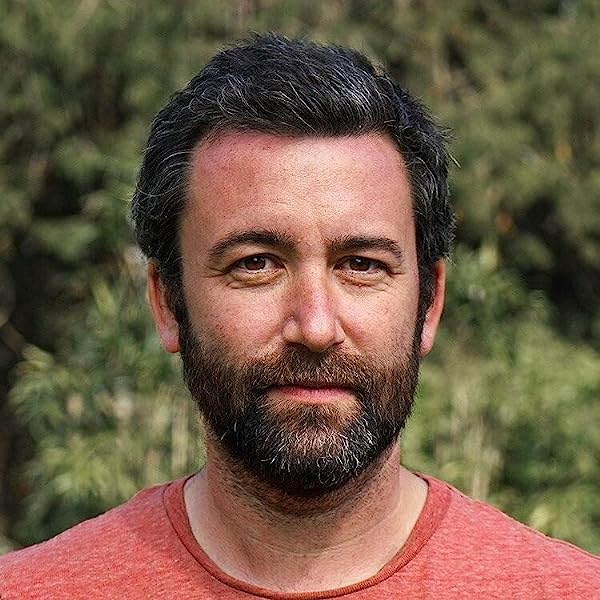
A versatile photographer since 2008 with clients including Adidas, Heineken and McLaren F1, Nico is passionate about sharing his knowledge also on his blog. Having flown camera drones since 2013, he made the jump into the FPV drones rabbithole in 2022 and is loving every minute of it (including the odd crash).
Top 3 picks
If you don’t have time to read our full list of the best DJI drones, you can read the round-up below for a shortcut to the top options for your needs and budget. If you find one that takes your fancy, use the links to jump to our full write-up.
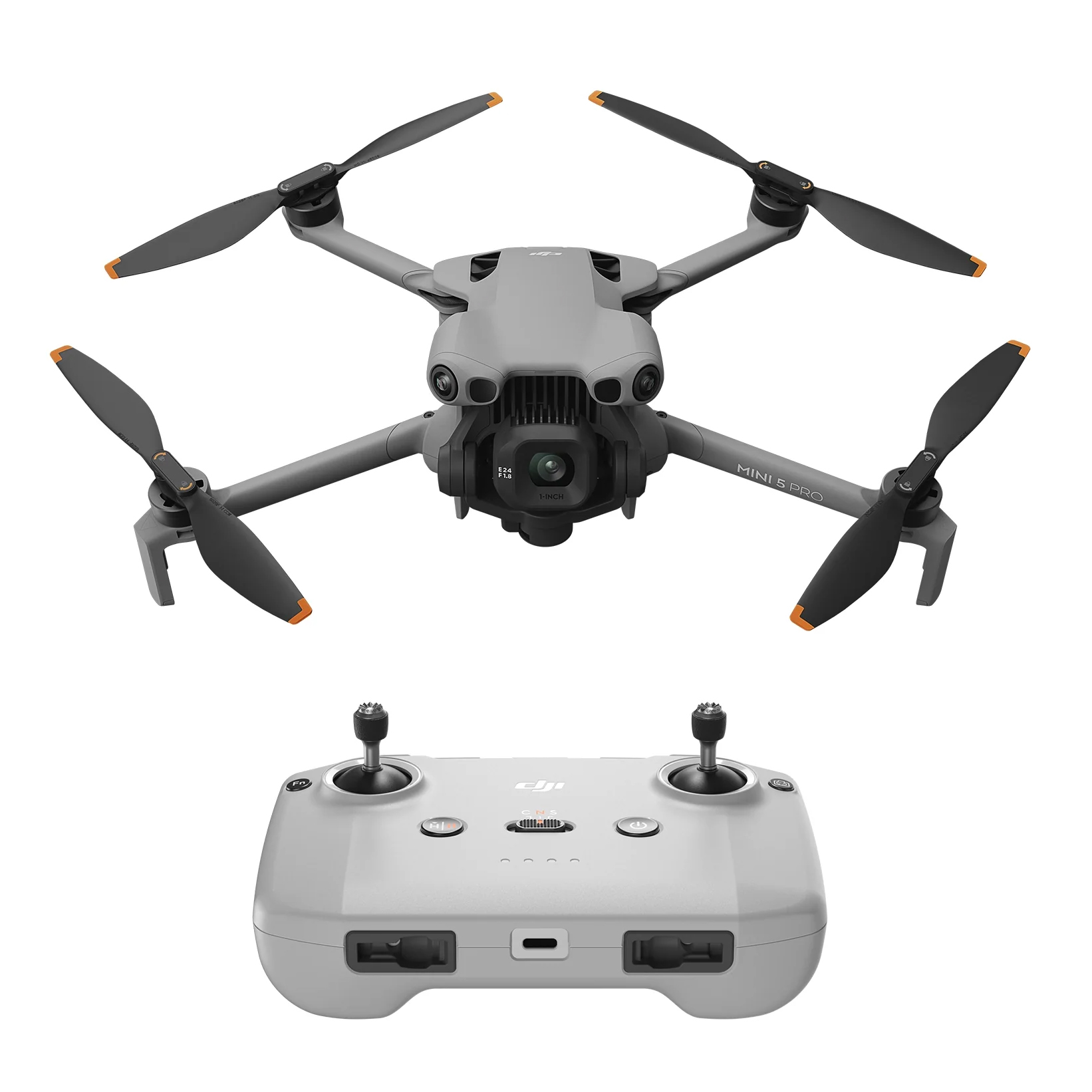
The best sub-250g DJI drone
Packing the abilities of a bigger drone into usefully compact packaging, the DJI Mini 5 Pro is the best sub-250g DJI drone you can buy.

The best DJI drone for beginners
An entry-level drone with 4K video, 2x digital zoom and generous flight times, the DJI Mini 4K is easy to fly and offers excellent value for beginners.
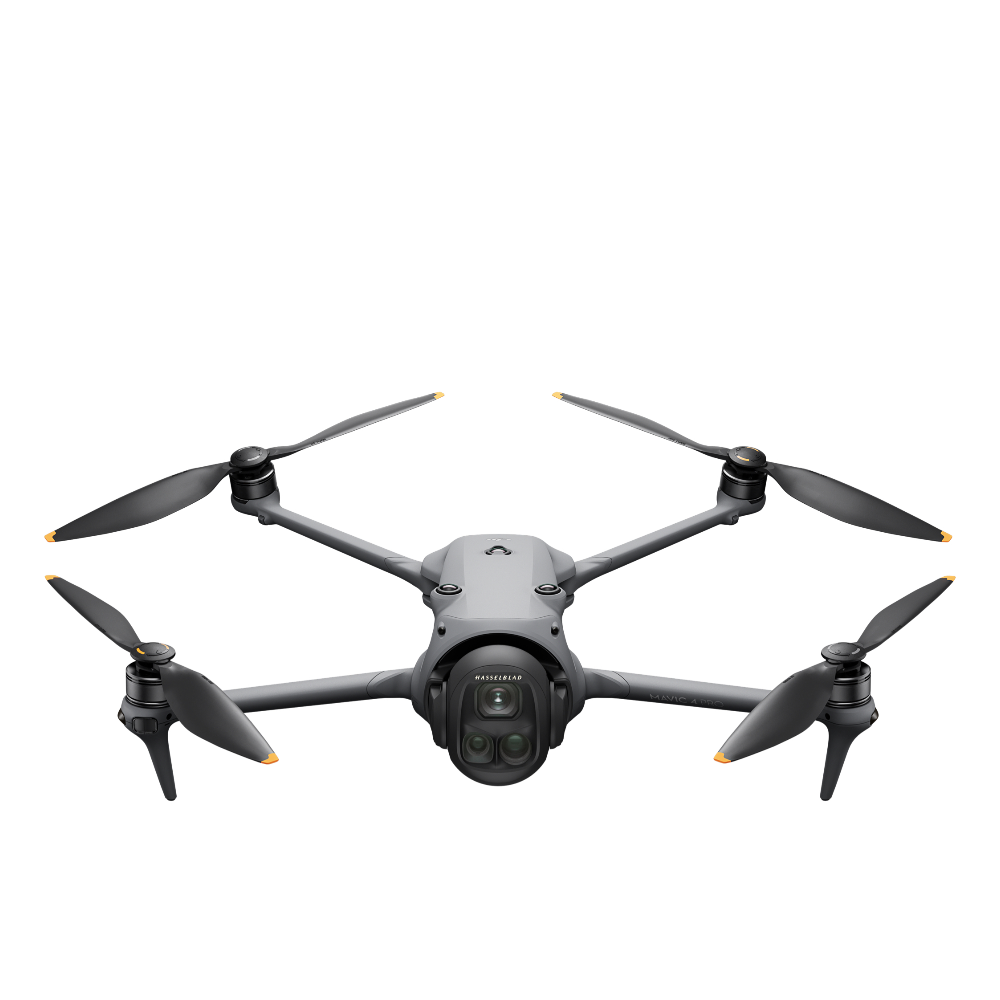
The best DJI drone for aerial photography
Equipped with speed, power and a trio of impressive cameras, DJI’s feature-packed Mavic flagship sets a new benchmark for value and performance.
Best by use-case
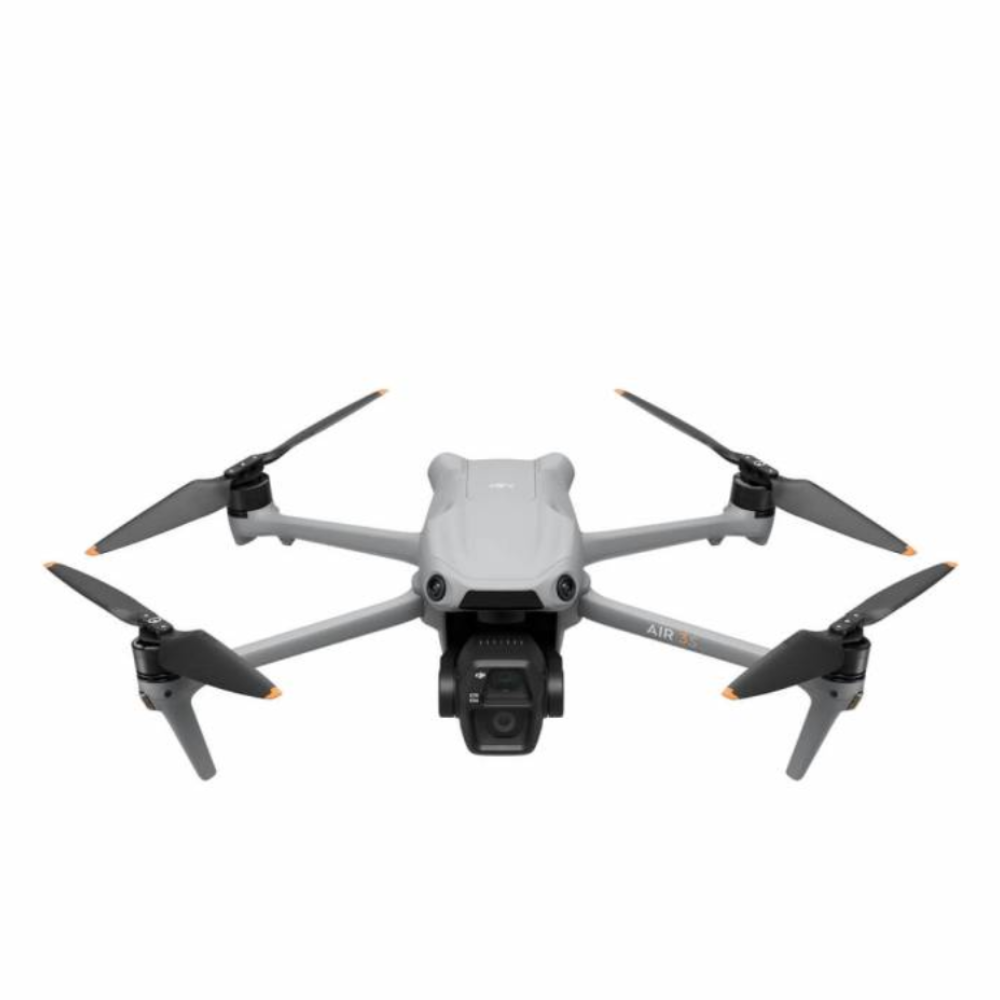
The best all-rounder for enthusiasts
A minor upgrade to the already excellent Air 3, the Air 3S is a multi-camera drone with easy controls, superb battery life and solid all-round performance.

The best DJI drone to learn pilot skills
Easy to fly straight out of the box, the Avata 2 offers unrivalled FPV immersion, thanks to long flight times, top image quality and improved goggles.
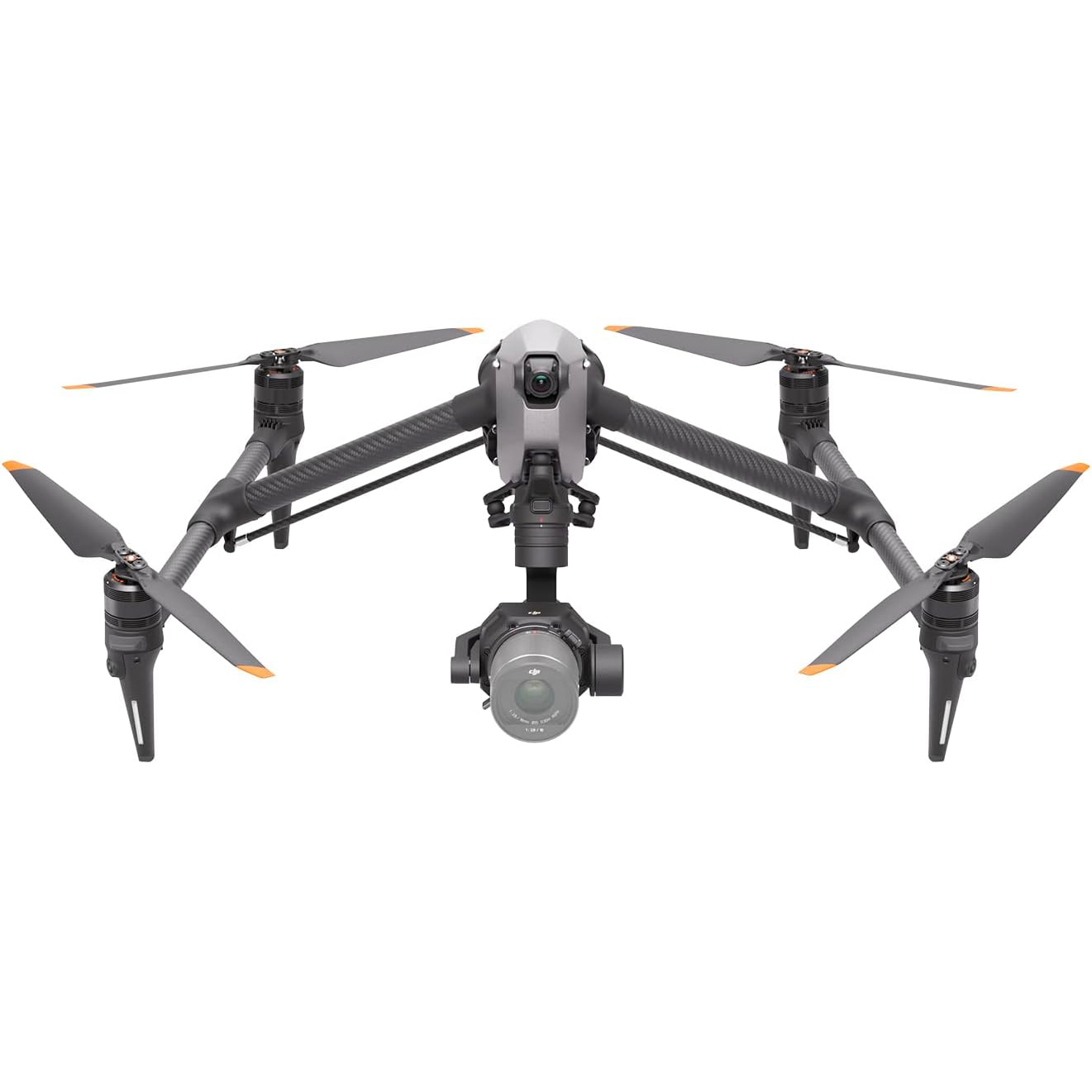
The best DJI drone for pros
A heavy but seriously pro drone, the Inspire 3 offers excellent image quality, smooth and precise flights, with the flexibility of interchangeable lenses.
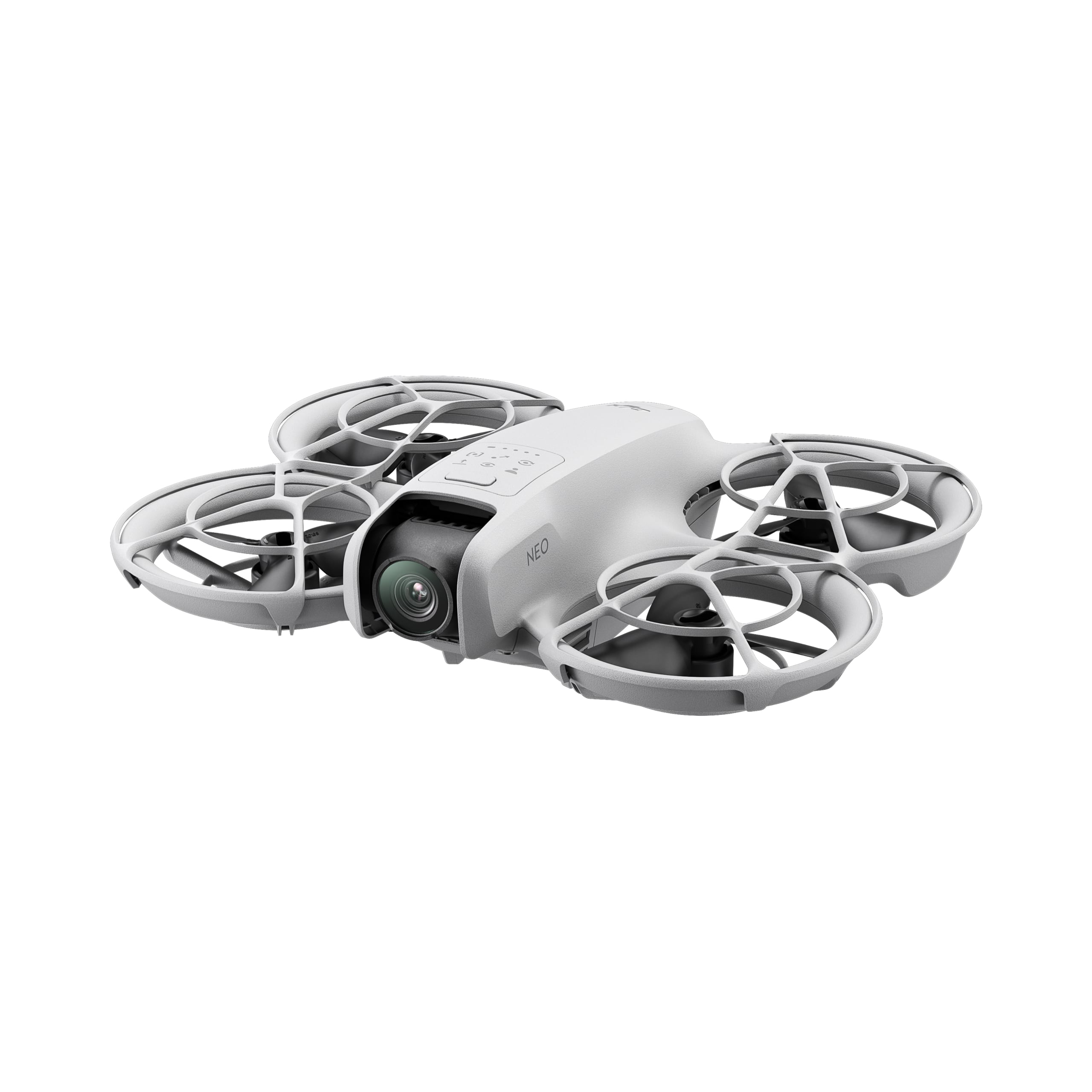
The best for selfies
Similar to the HoverAir X1 selfie drone, the Neo goes one step further with multi-control options, including controller-less, DJI's Fly app, FPV and remote.
The best DJI drones 2025
Why you can trust TechRadar
Below you'll find full write-ups for each of the best DJI drones in our list. We've tested each one extensively, so you can be sure that our recommendations can be trusted.
Best DJI drone overall
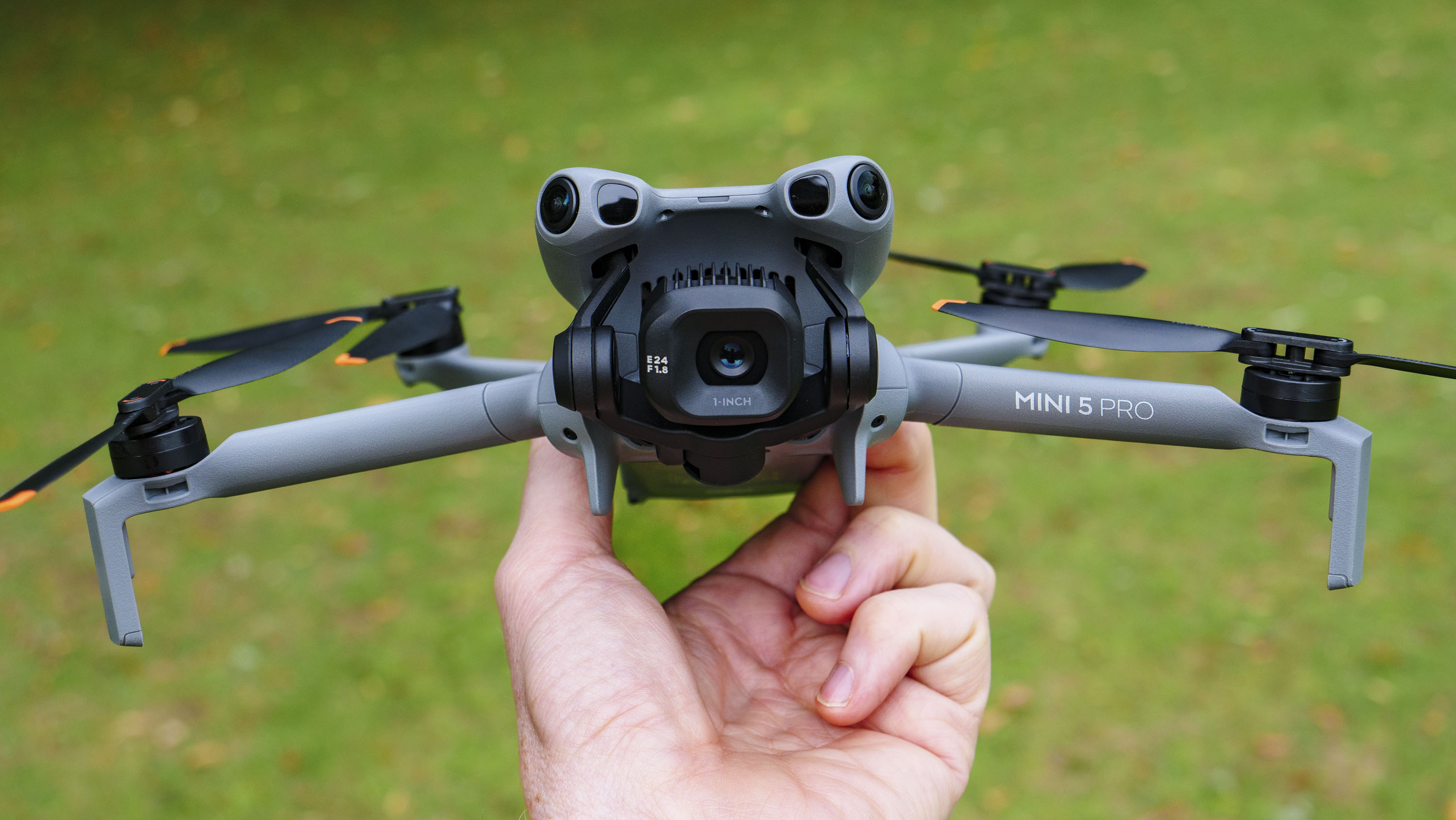
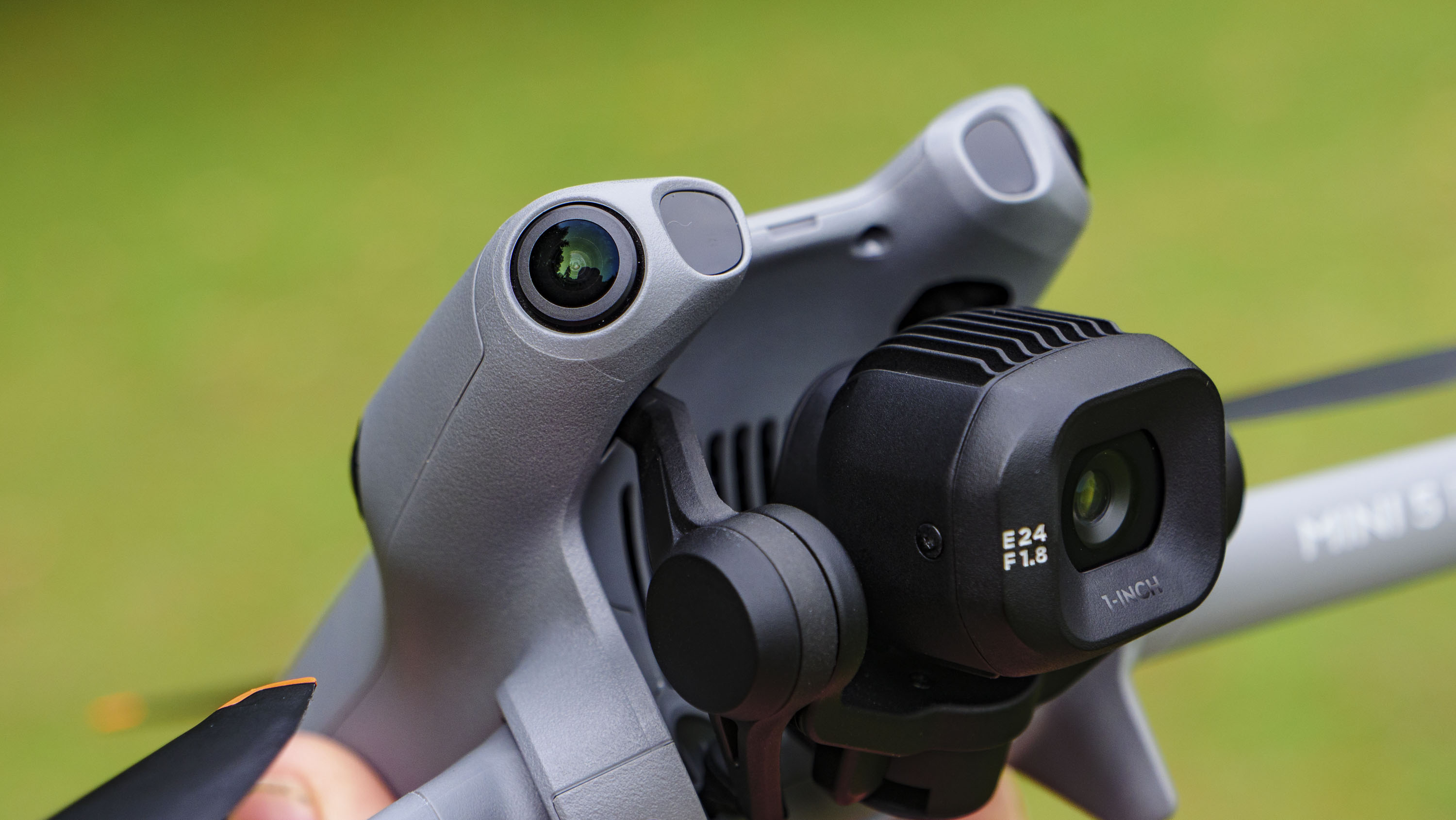
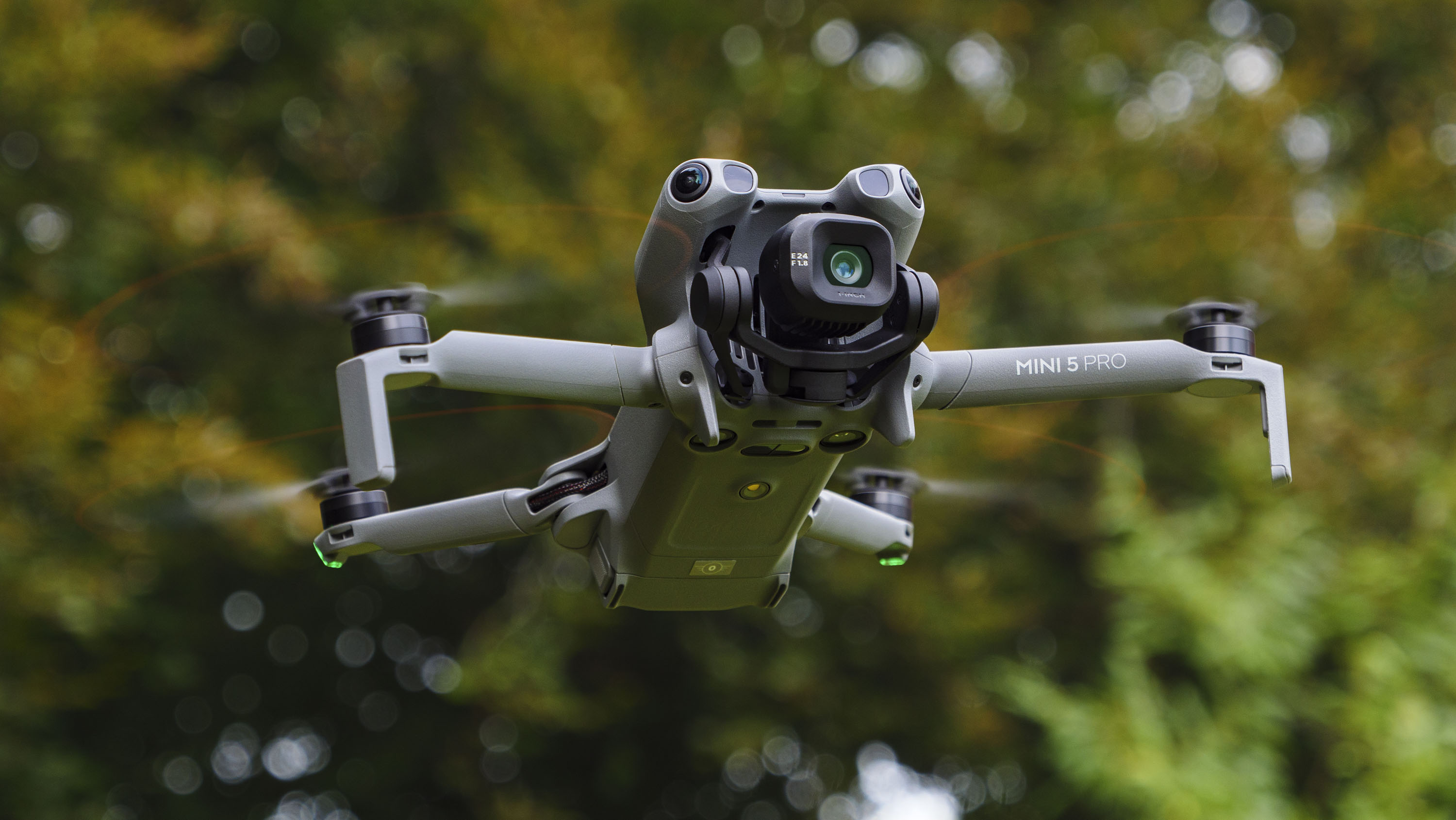
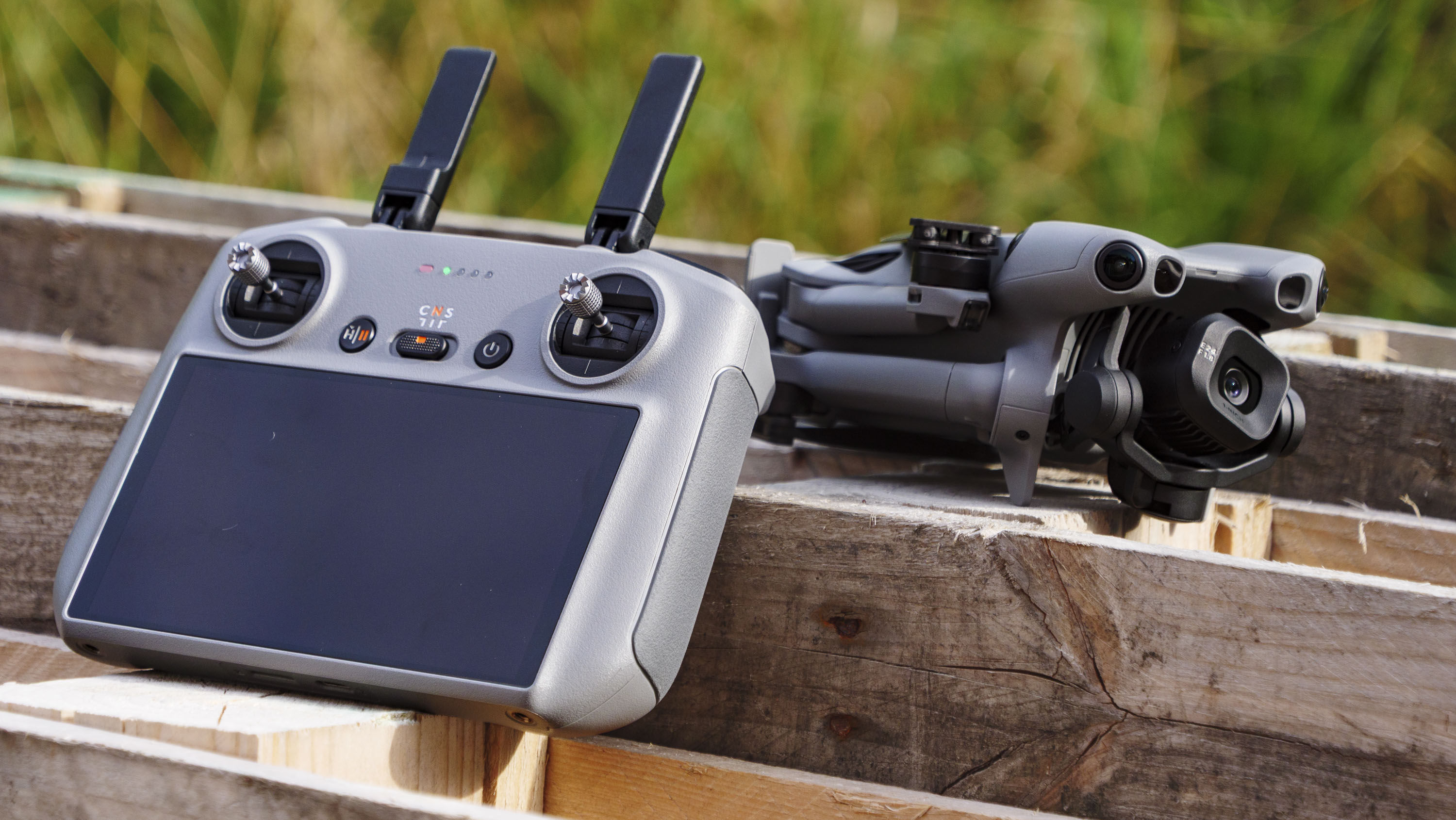

Specifications
Reasons to buy
Reasons to avoid
DJI Mini 5 Pro sample images
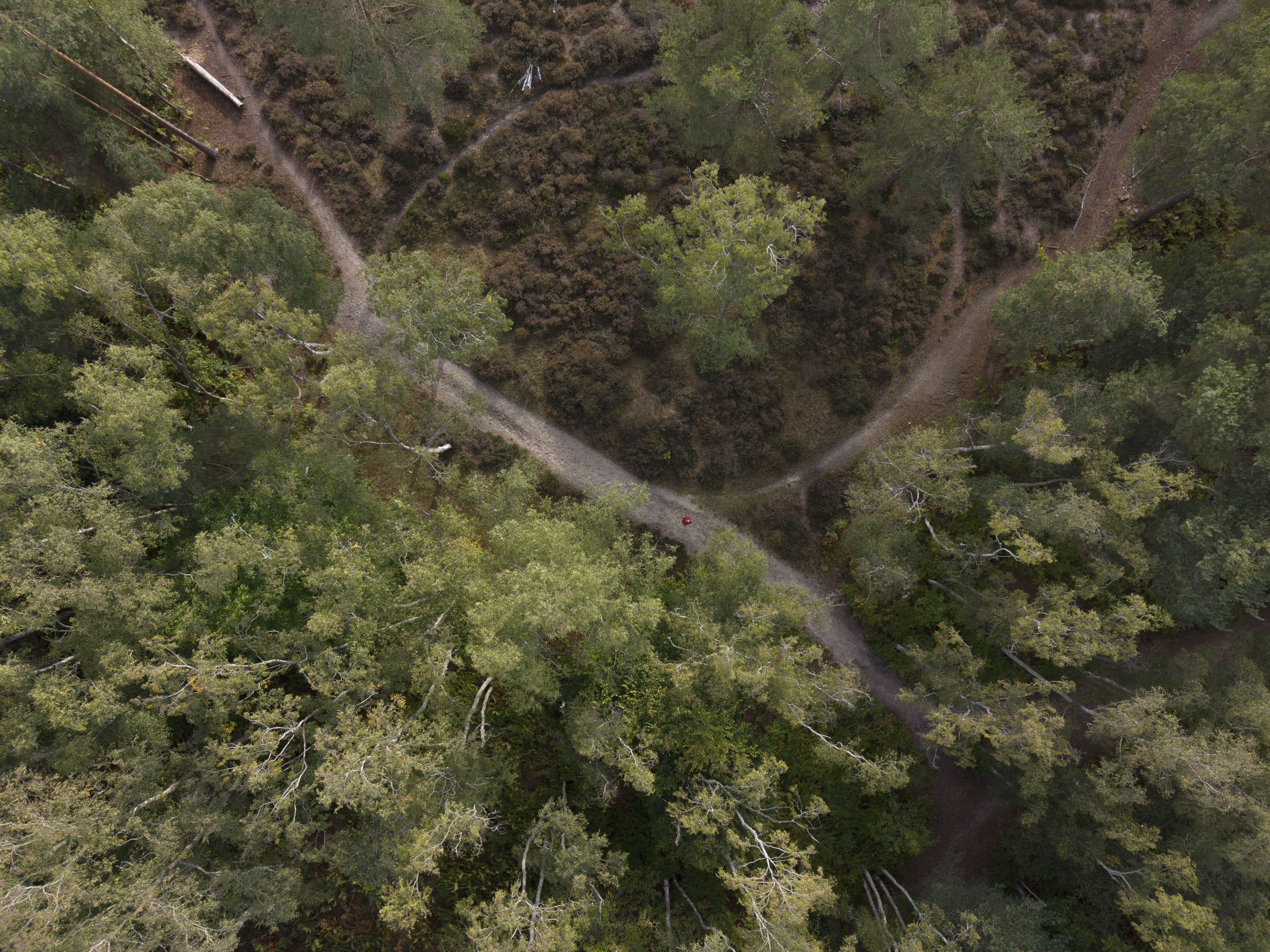
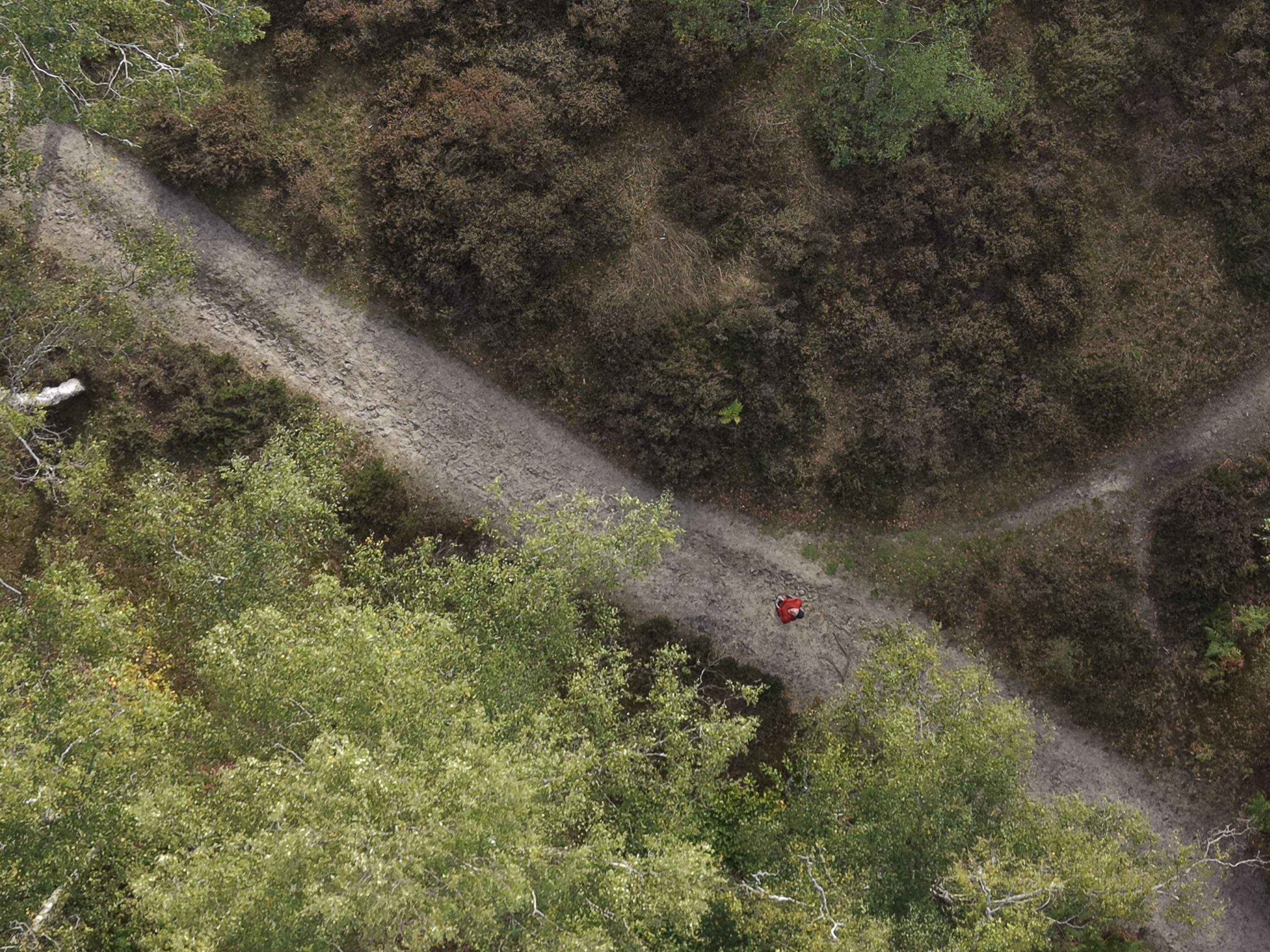


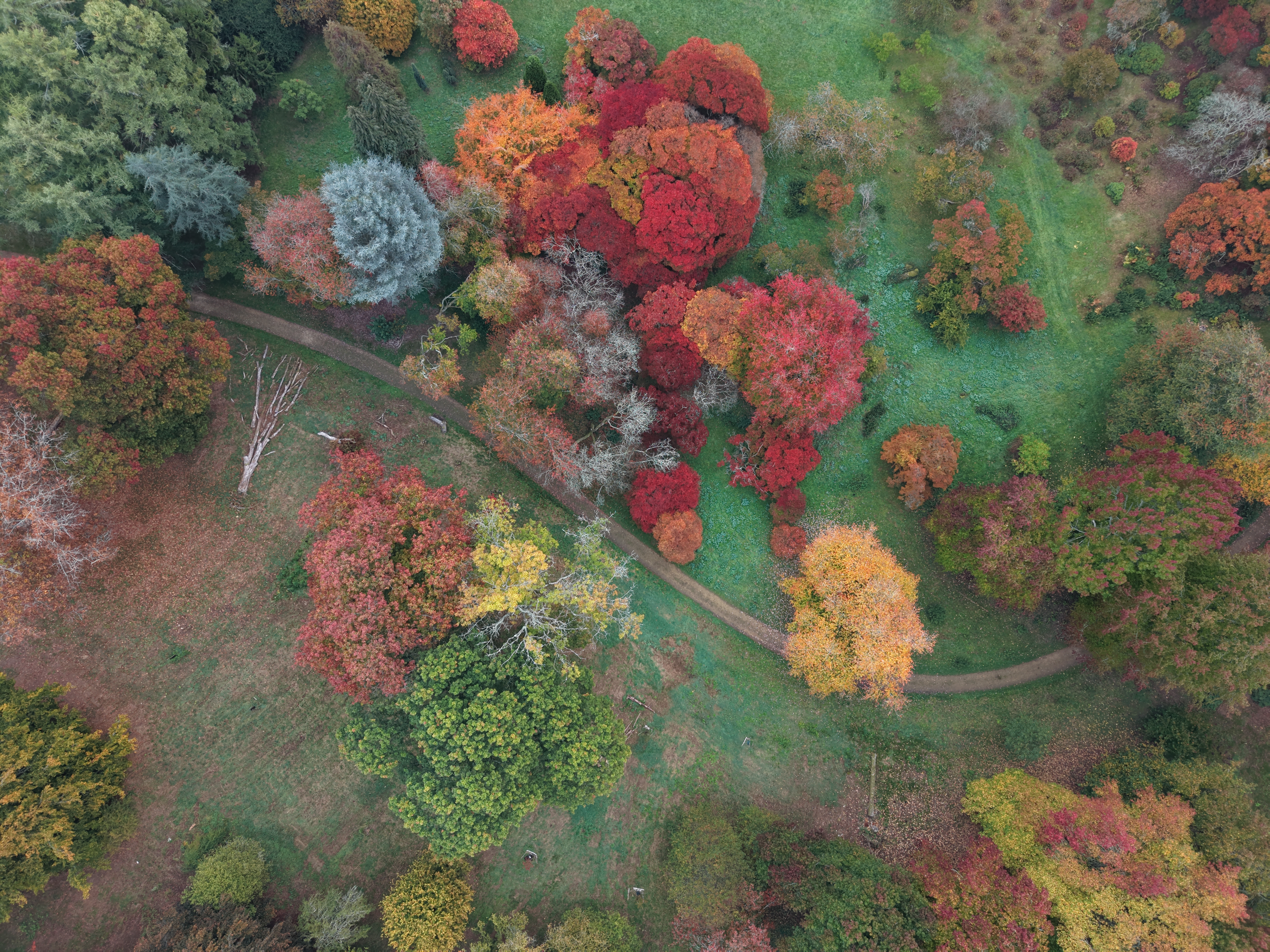
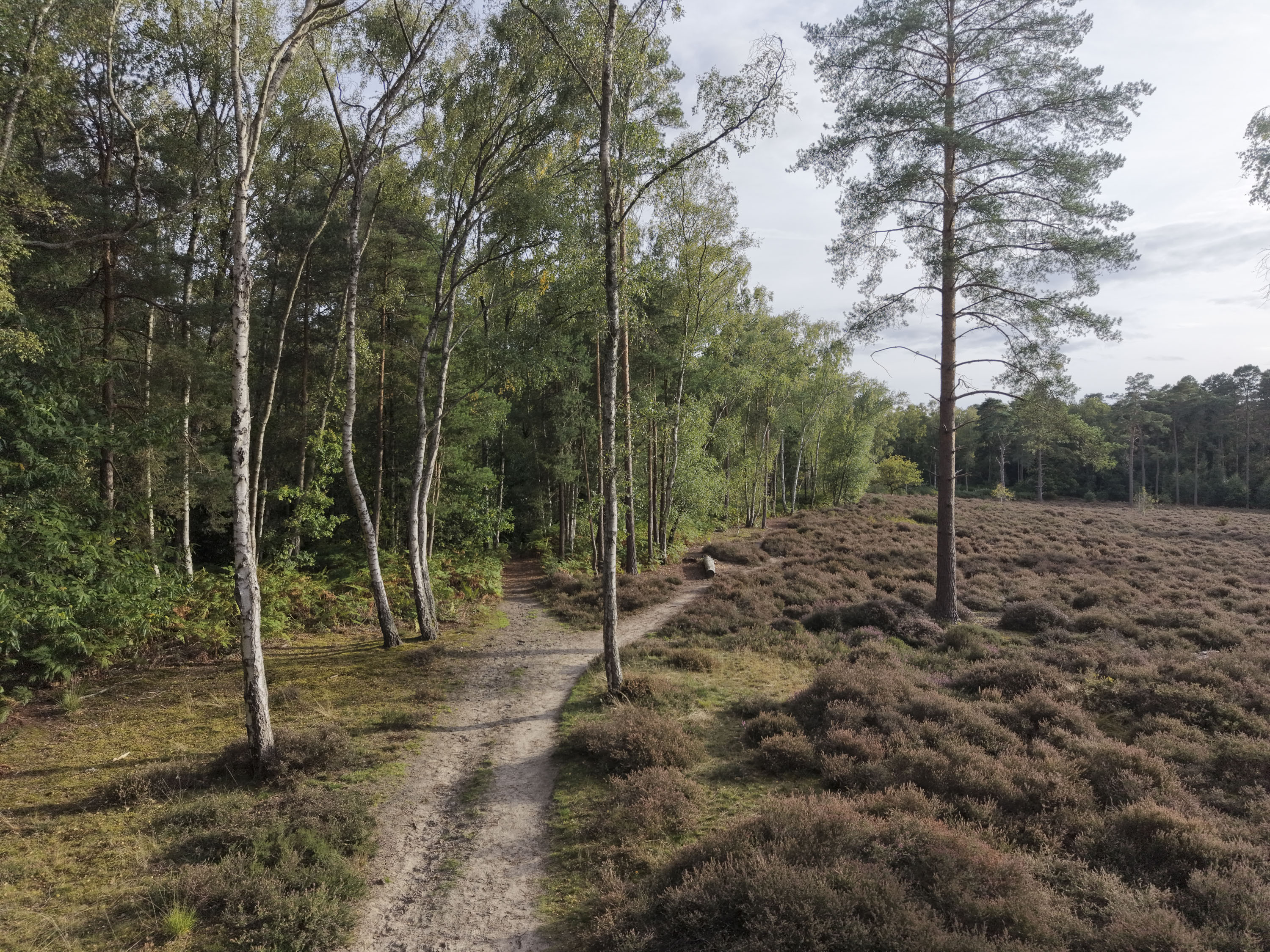
✅ You want DJI's best mini drone: Excellent 4K image quality up to 120fps with D-Log M color, a rotating camera, class-leading safety features and impressive tracking skills combine to great effect.
✅ You want consistent video quality: Video capture using D-Log M color profile makes matching your video output across drones much easier.
❌ The Mini 4 Pro already sounds like enough drone: Sure the Mini 5 Pro is a decent upgrade, but if you don't need the larger 1-inch sensor and enhanced flight features, you'll save money by opting for the now discounted Mini 4 Pro.
❌ You can live without obstacle avoidance: If you have no intention of flying in complex environments, you could opt for a cheaper alternative like in the Mini 4K.
DJI raised the bar once more for mini drones with the Mini 5 Pro, which is now the best sub-250g restriction-free drone available*. In my opinion, it's the single most important drone in DJI's range. It upgrades the Mini 4 Pro with a larger 1-inch sensor for better low light image quality, its omnidirectional object sensing now features front sensing LiDAR, while its flight speeds and wind resistance are rated 10% better. There's also now 42GB of built-in storage (up from 2GB before).
Combine those upgrades together with enhanced 225 degree roll rotation and a dynamic MasterShots move, and the Mini 5 Pro delivers unbeatable 4K video up to 120fps, with the ability to instantly switch between horizontal and vertical video – ideal for social content. In fact, the tiny and lightweight Mini 5 Pro is so good, that it makes puts the squeeze on DJI's own significantly weightier (and pricier) Air 3S, which features the same main camera.
I really like the new design for the folding propellors which can be unfolded and packed away in any order and automatically powers up the drone. Return to Home works a charm, plus there are plenty of easy flight moves, incredibly effective subject tracking and DJI's D-Log M color profile for advanced color grading. Top stuff.
*DJI registered the Mini 5 Pro's takeoff weight 249.9g, albeit with a ±4g stipulation. That means it's officially a sub-250g drone in the EU and UK (classed C0 / UK1). However, many users show their model tipping the scales at 253g, and the FAA in the US is taking a hard line if a Mini 5 Pro in question does in fact weigh over 250g, even by a few grams. In any case, the Mini 5 Pro isn't available in the US at launch, either.
- Read our in-depth DJI Mini 5 Pro review
The best DJI drone for beginners
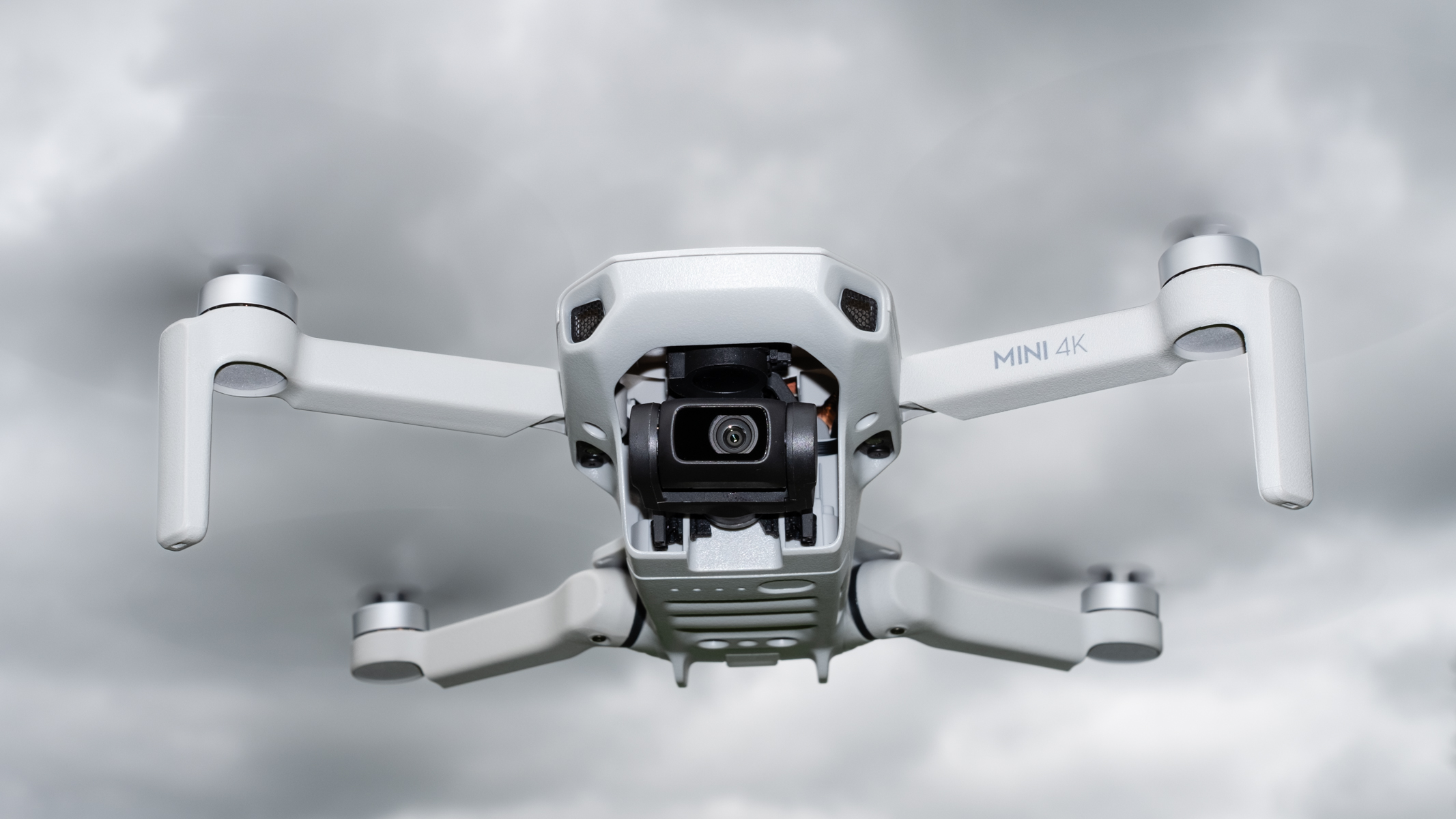

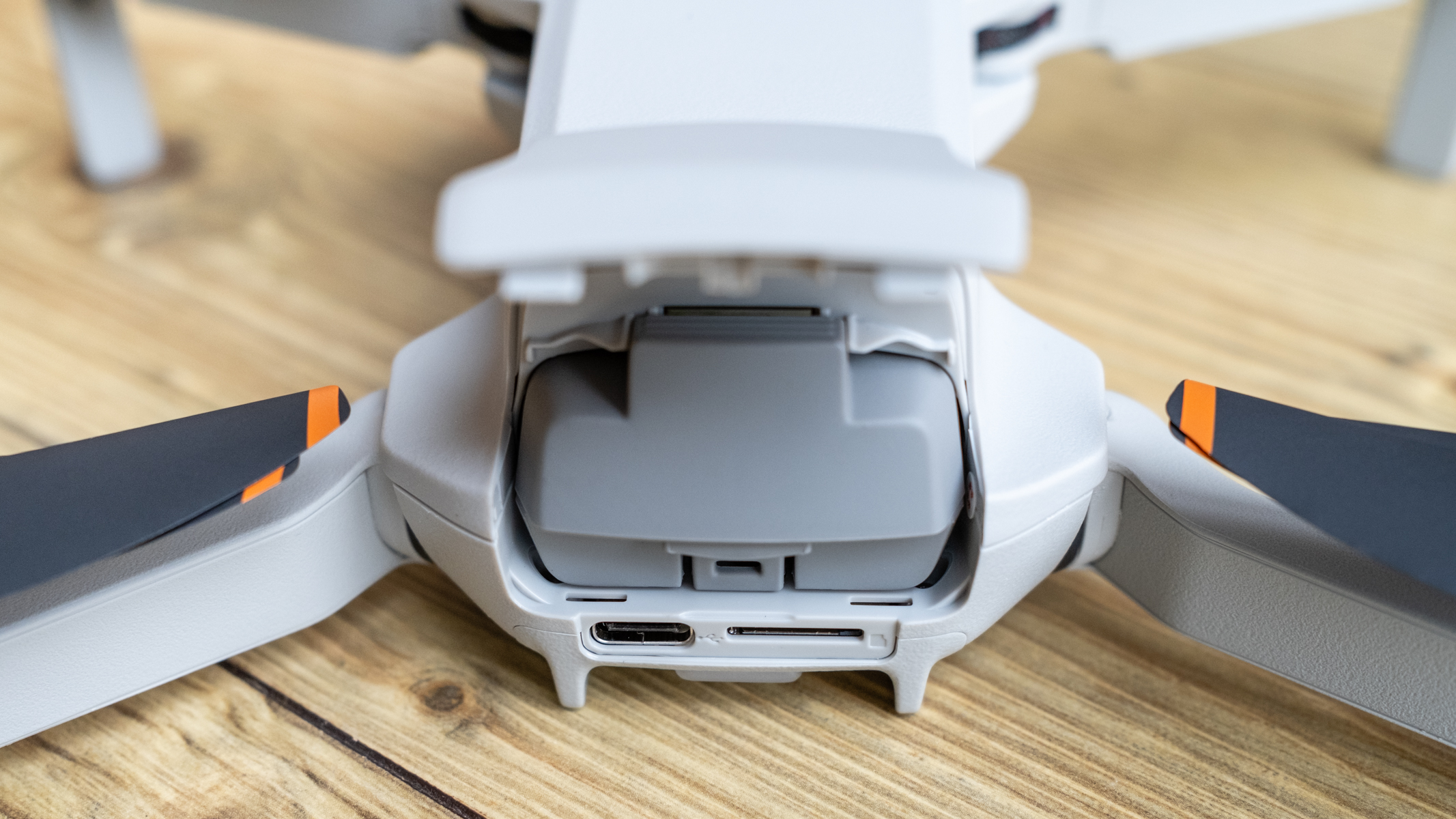
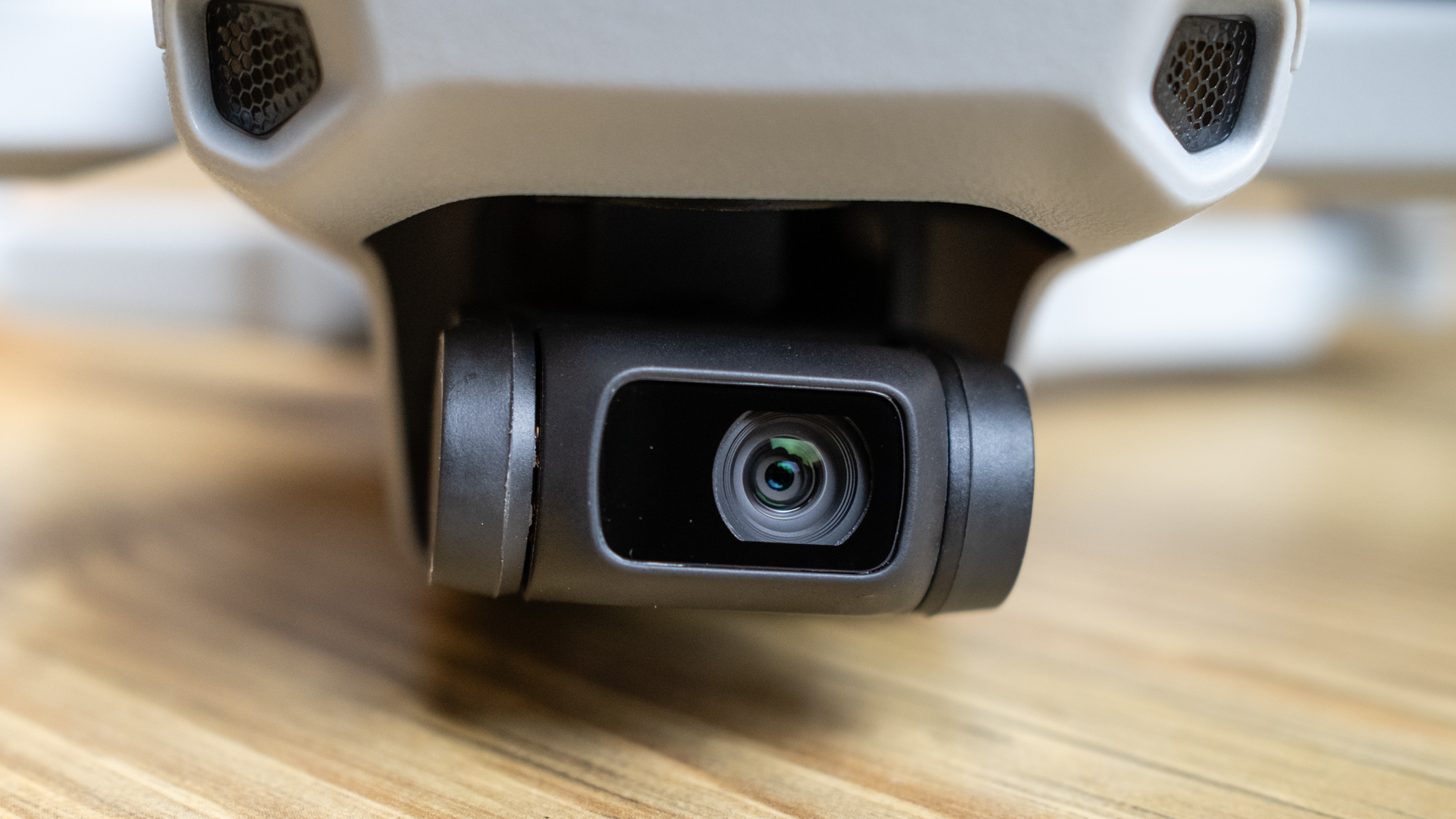
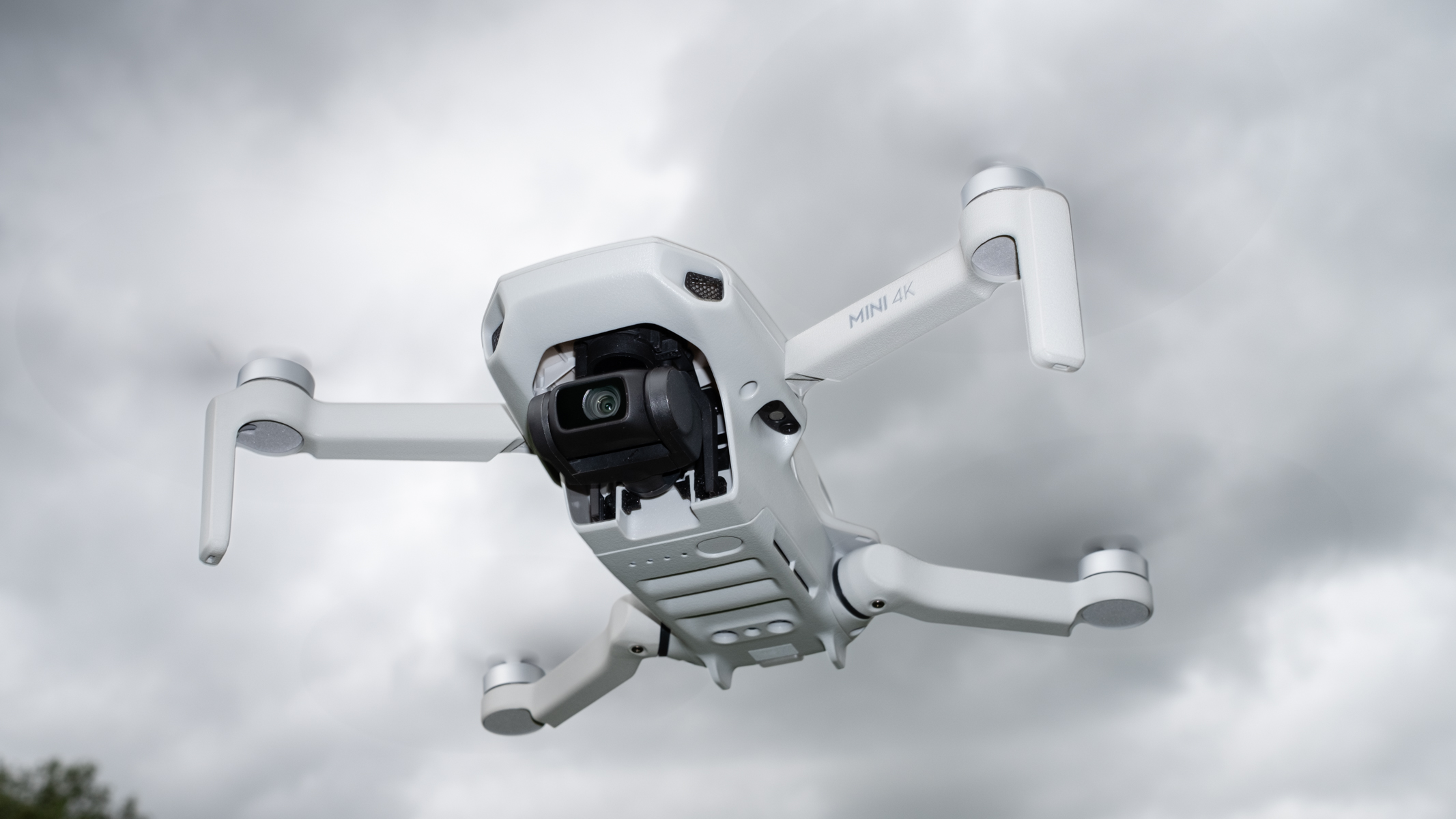
Specifications
Reasons to buy
Reasons to avoid
DJI Mini 4K sample images
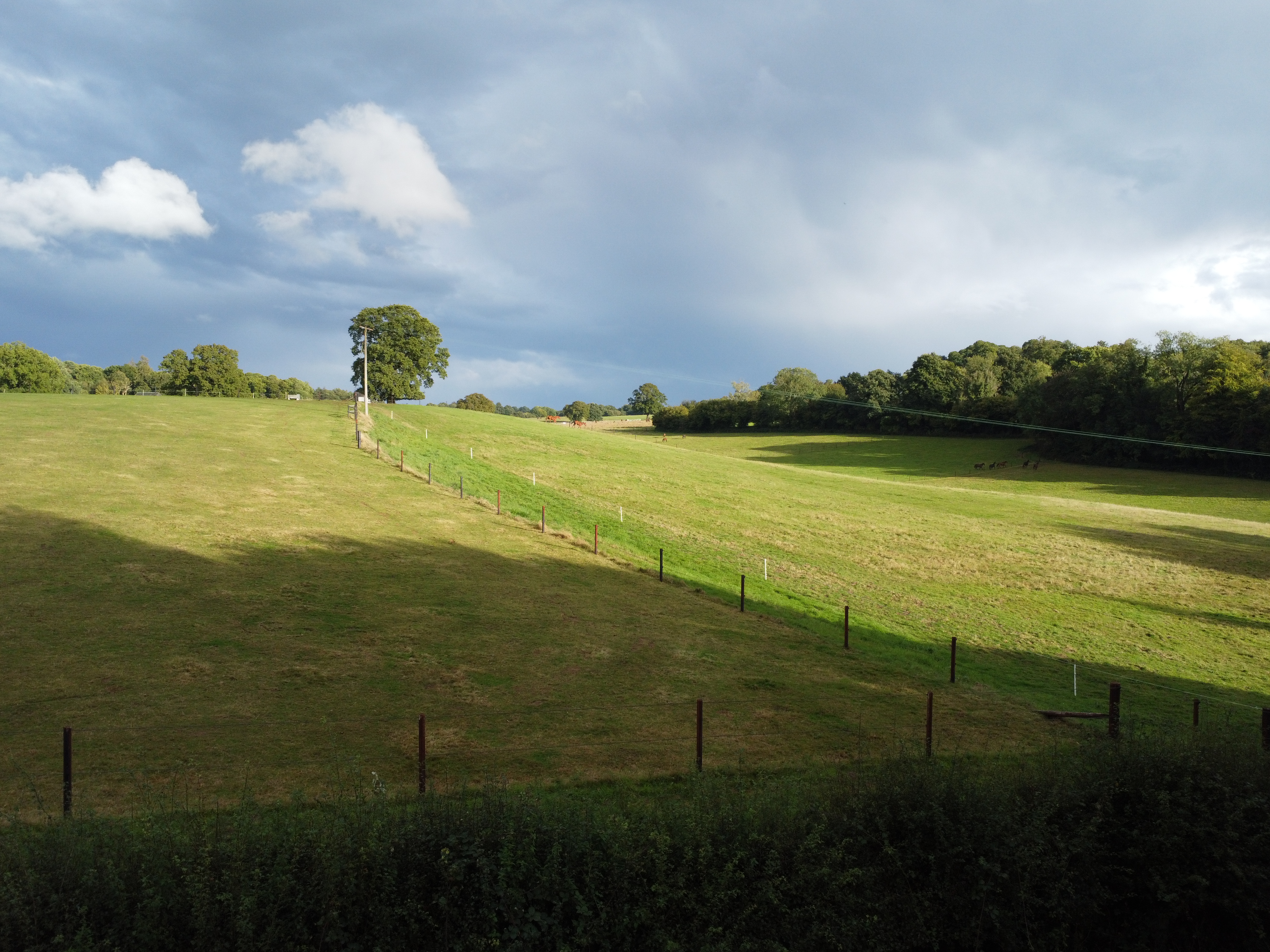
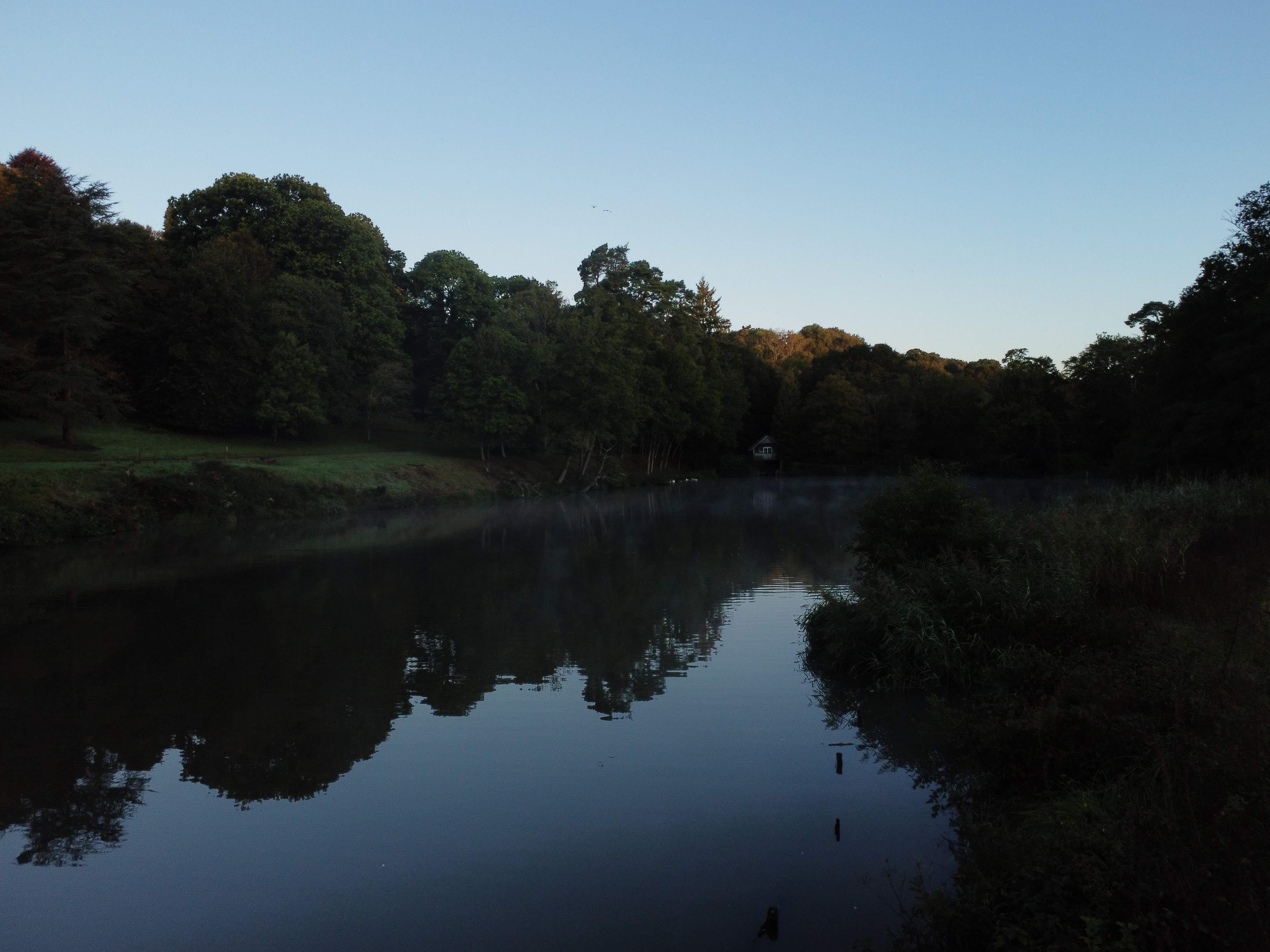
✅ You want a capable budget drone: With strong battery life, quality 4K video and decent flight performance, you’re getting a lot here for your money.
✅ You’re a first-time flyer: With clear tutorials in the DJI Fly app, plus automation for easy mid-air manoeuvres, the DJI Mini 4K is a forgiving drone for learners.
❌ You want obstacle avoidance: The Mini 4K only has downward-facing sensors, which means you don’t get the reassurance of collision avoidance.
❌ You have a bigger budget: If you’re willing to spend more on your first drone, the DJI Mini 4 Pro will give you more room to grow as you learn.
With a solid set of in-flight features, as well as reliable 4K video quality, we think the Mini 4K is the best sub-250g DJI drone for beginners. It’s the cheapest Mini-series drone you can buy, yet our tests found very few compromises: it benefits from decent wind-resistance and generous flight times of up to 31 minutes. We also found it easy to pilot via the DJI Fly app, with a range of dynamic flight moves just a tap away.
As with the Mini 3, you don’t get the obstacle-avoidance sensors or subject tracking smarts of more expensive DJI drones. If those are a must, you’ll need to shell out for the DJI Mini 4 Pro (above). But in every other respect, the DJI Mini 4K offers excellent value. Thanks to its 3-axis mechanical gimbal, we found that 4K footage from the Mini 4K smooth and sharp, beating similarly priced rivals. We also welcomed the versatility of 2x digital zoom. You won’t find a better DJI drone for the money.
- Read our in-depth DJI Mini 4K review
Best DJI drone for aerial photography
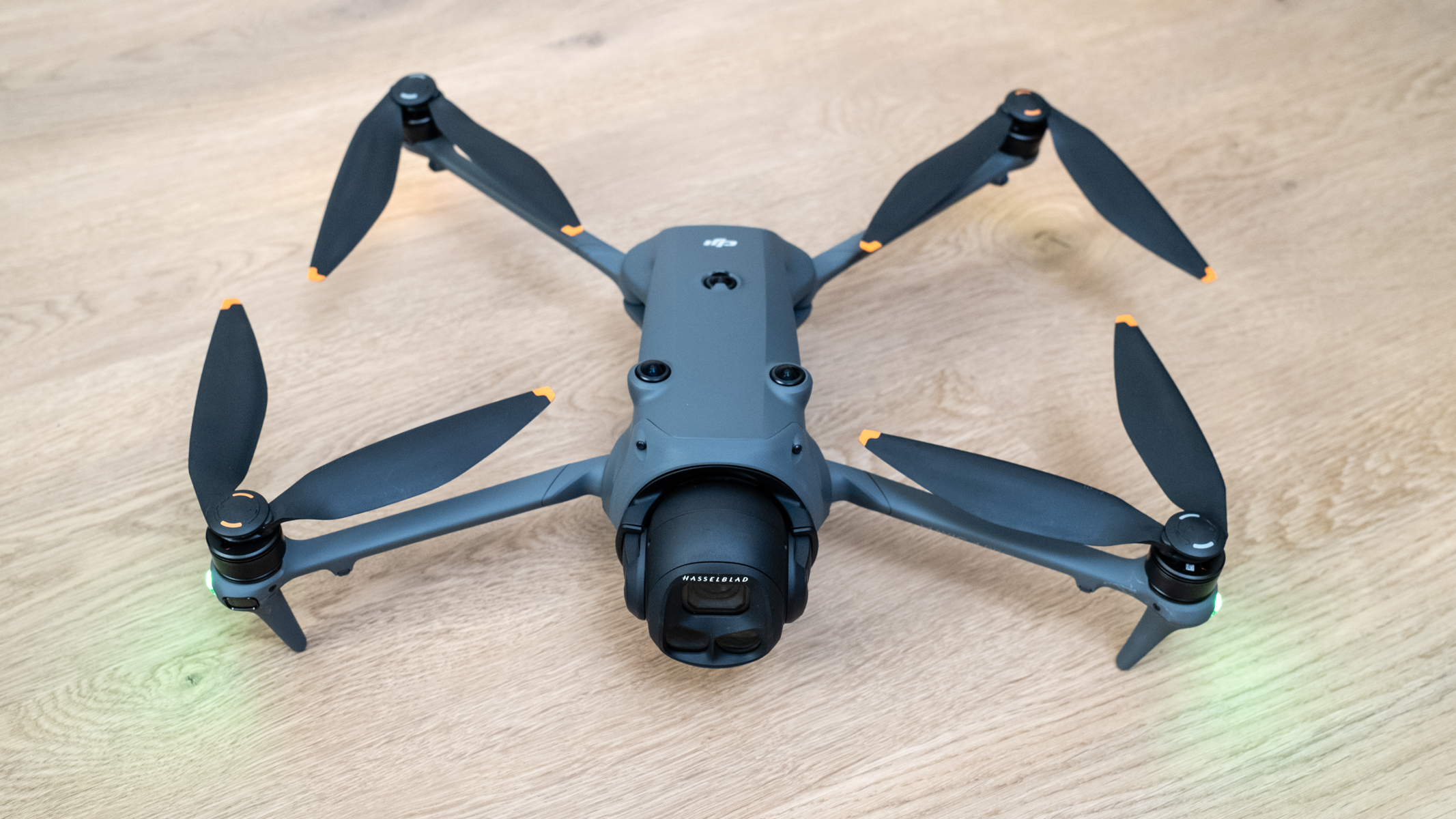
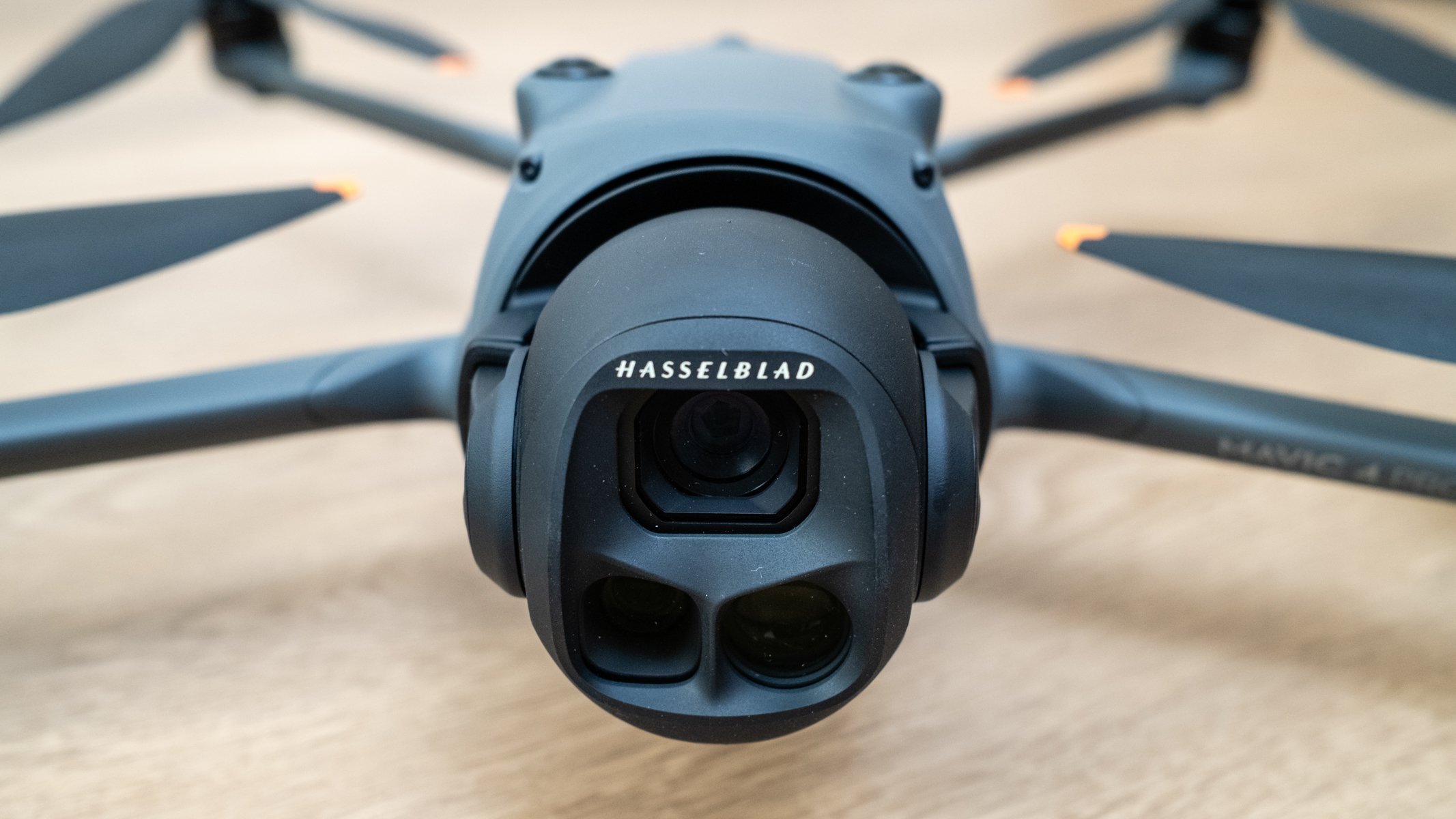


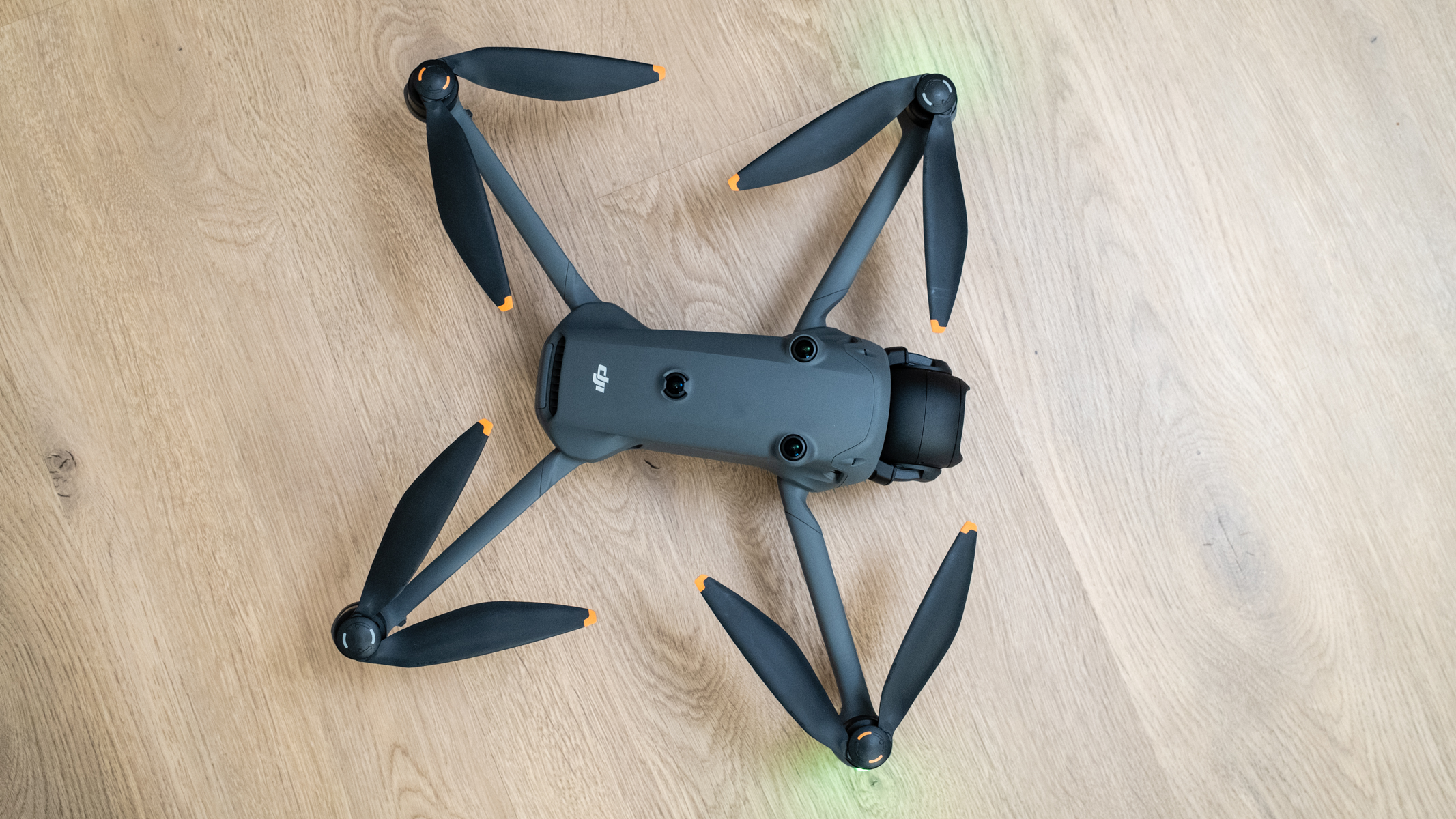
Specifications
Reasons to buy
Reasons to avoid
DJI Mavic 4 Pro sample images
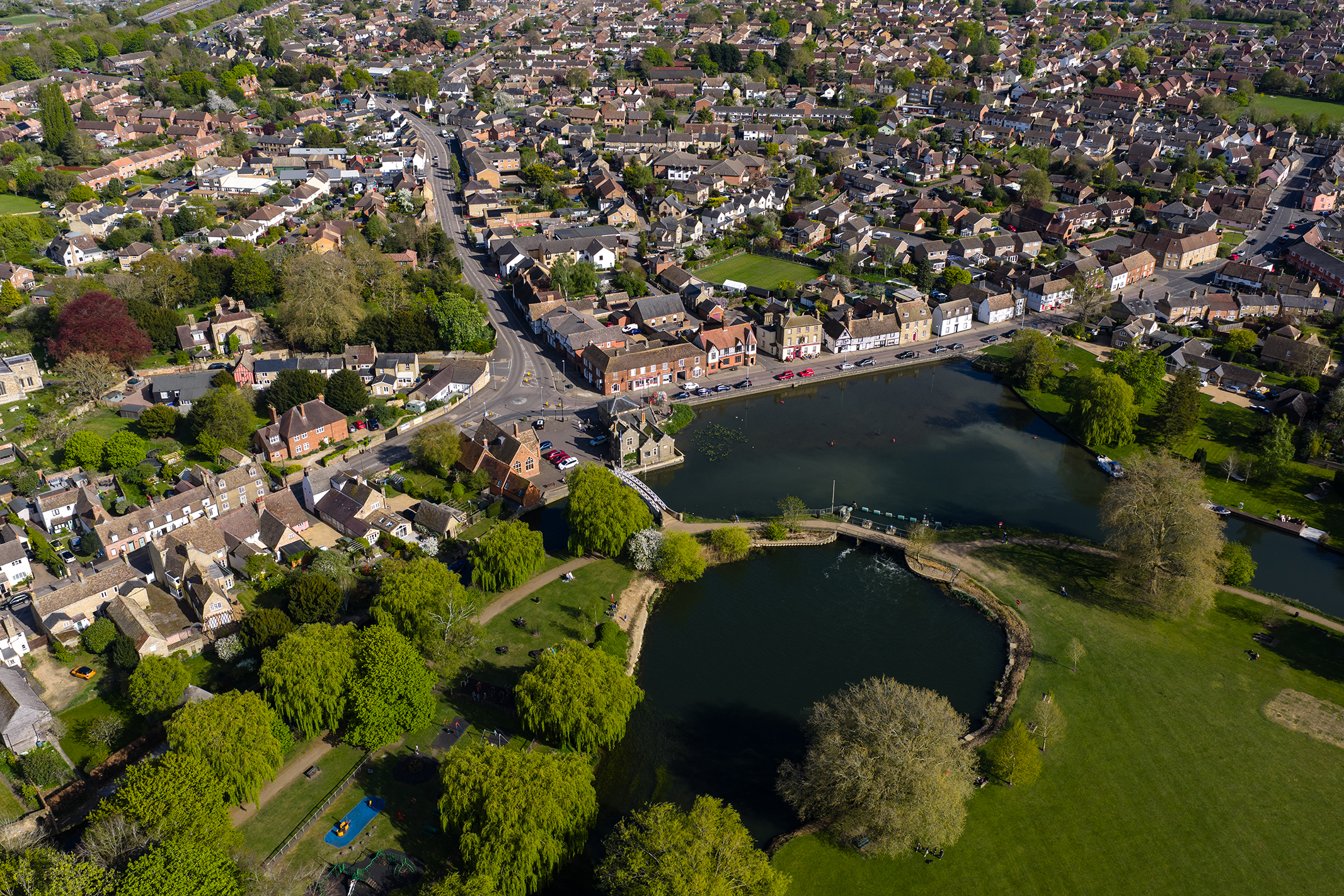

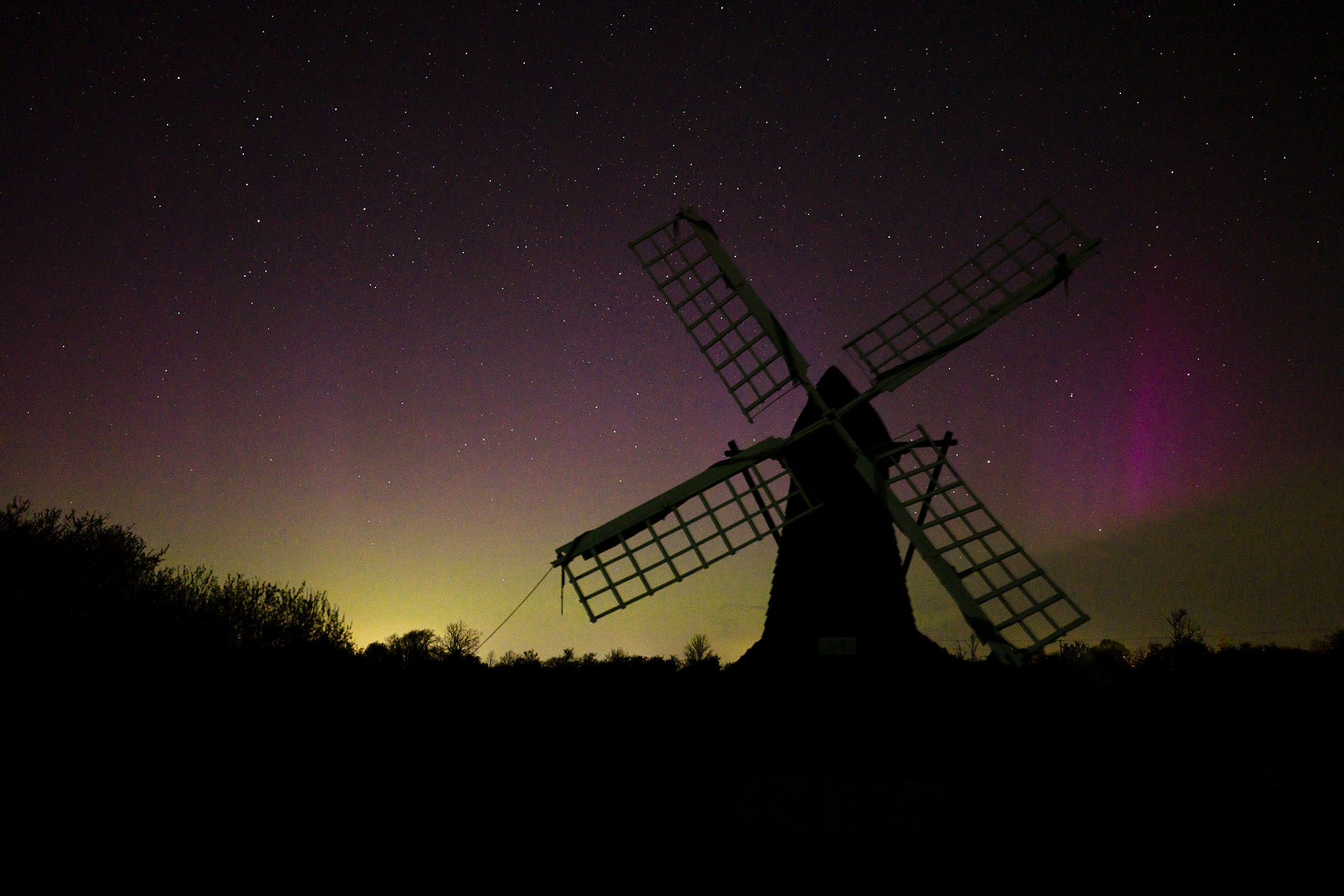
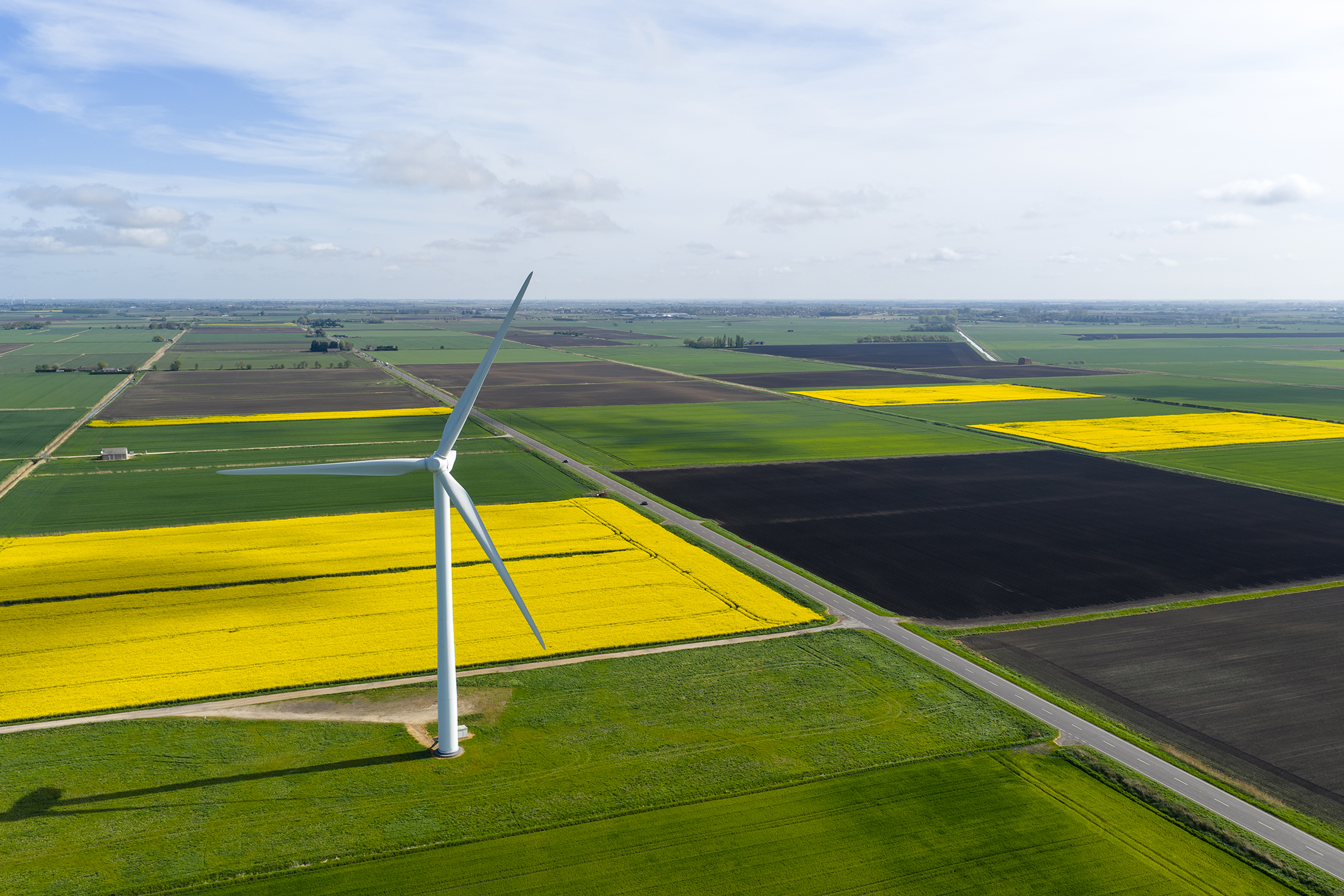
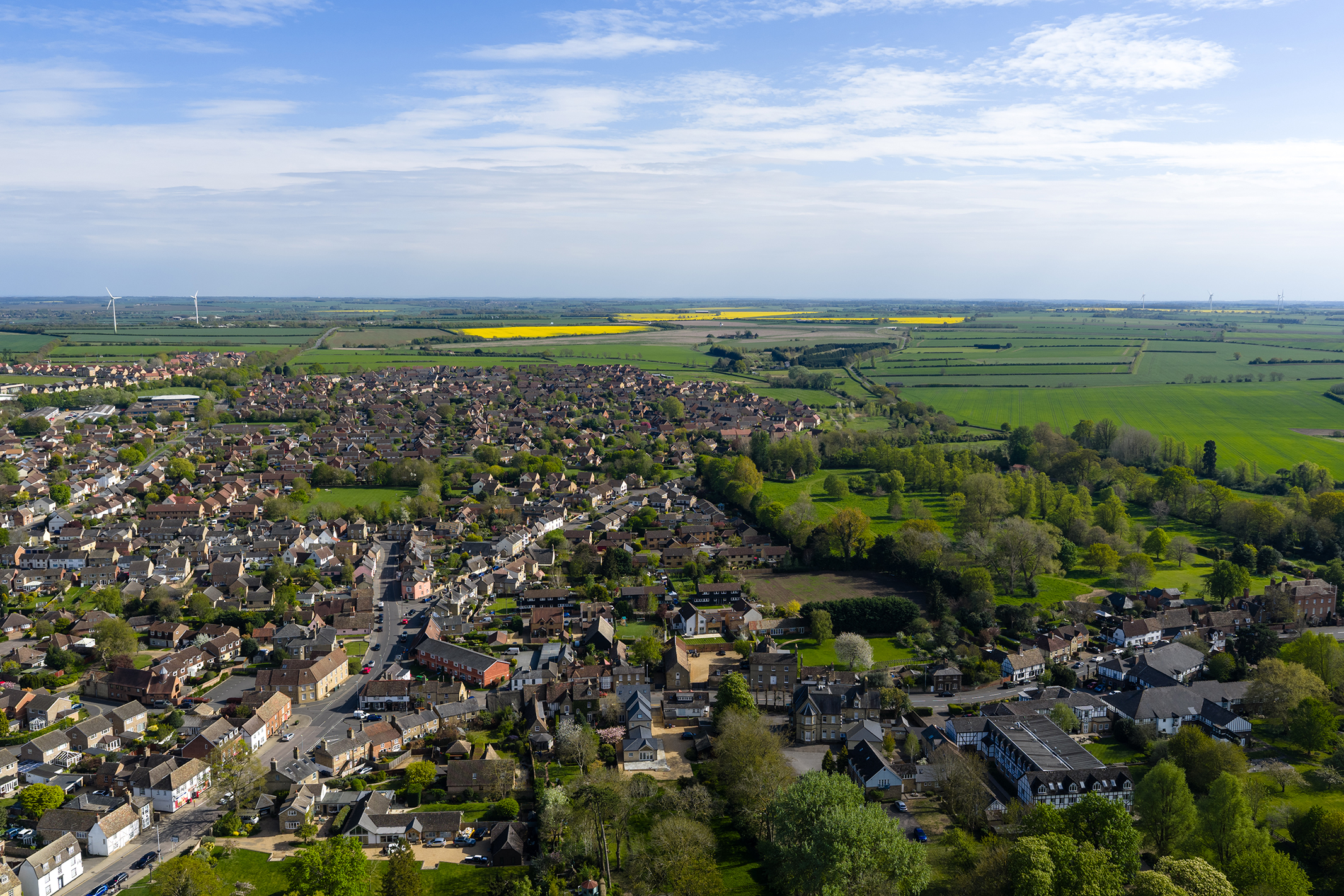
✅ You want a powerful drone: The Mavic 4 Pro is fast and capable, allowing you to fly in winds of up to 26.8mph. It goes far, too.
✅ You’re a pro videographer: Three focal lengths, plus a variety of video formats and color profiles, make this a versatile drone for shooting in the sky.
❌ You don’t need a flagship drone: The Mavic will be overkill for many, with dual-camera drones like the Air 3S coming in smaller and lighter for less.
❌ You want to avoid restrictions: The Mavic 4 Pro is relatively weighty. Lighter drones like the Mini 4 Pro are easier to carry and avoid most restrictions.
We were blown away by the Mavic 4 Pro in our review, calling it ‘the best Mavic drone to date’. It’s fast, powerful and remarkably versatile, giving experts and professionals a huge amount of shooting flexibility. That starts with the camera module, which incorporates three impressive cameras: a 28mm Four Thirds sensor (100MP); a 70mm 1/1.3-inch sensor (48MP); and a 168mm 1/1.5-inch sensor (50MP). Image quality is fantastic across all three and pros will welcome the Mavic’s catalog of video modes and color profiles. For social content, the gimbal can rotate for native vertical shooting.
In the air, we found the Mavic 4 Pro a rapid and responsive drone to fly. Its controls are as smooth and intuitive as you’d expect, with the DJI RC 2 smart controller featuring a bright 7-inch display. Subject tracking and obstacle avoidance both worked effectively in our tests, even in dimmer lighting. We weren’t able to achieve the stated maximum flight time of 51 minutes, hitting closer to 40. Still, there’s very little to fault here. It’s not objectively cheap, but when you consider what’s included in the Fly More Combo, we think the DJI Mavic 4 Pro offers exceptional value.
- Read our in-depth DJI Mavic 4 Pro review
The best DJI drone for enthusiasts
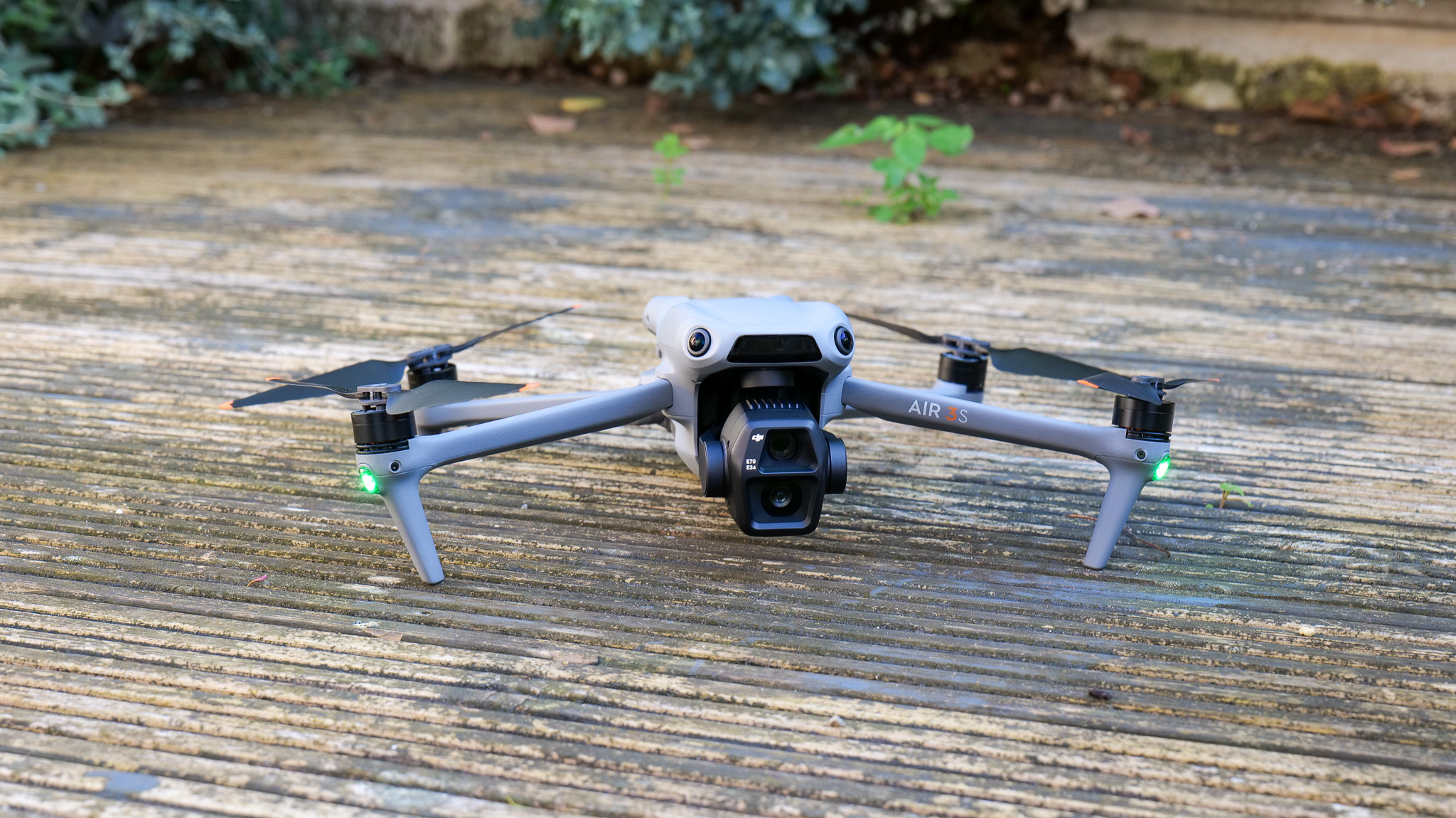
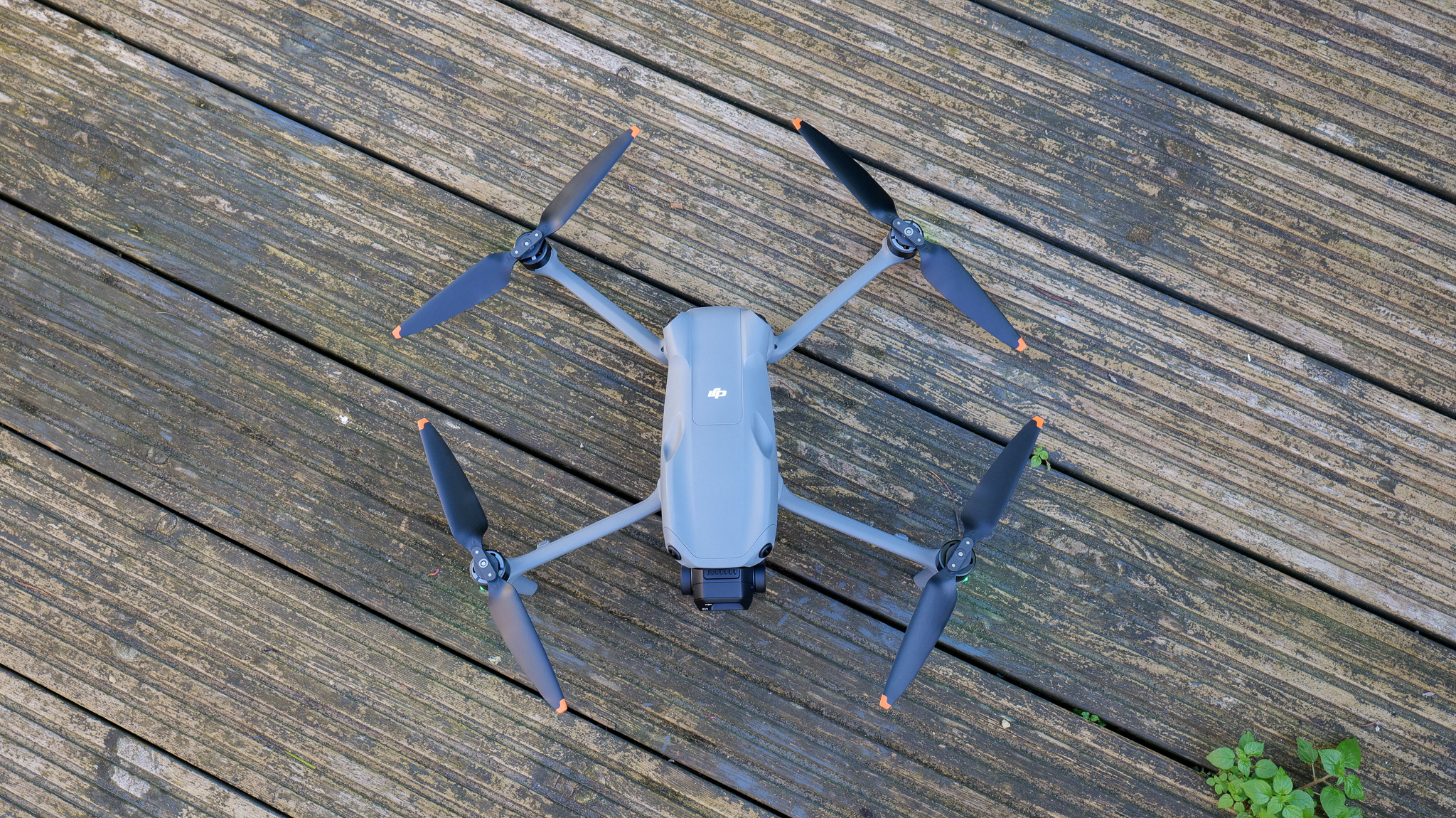
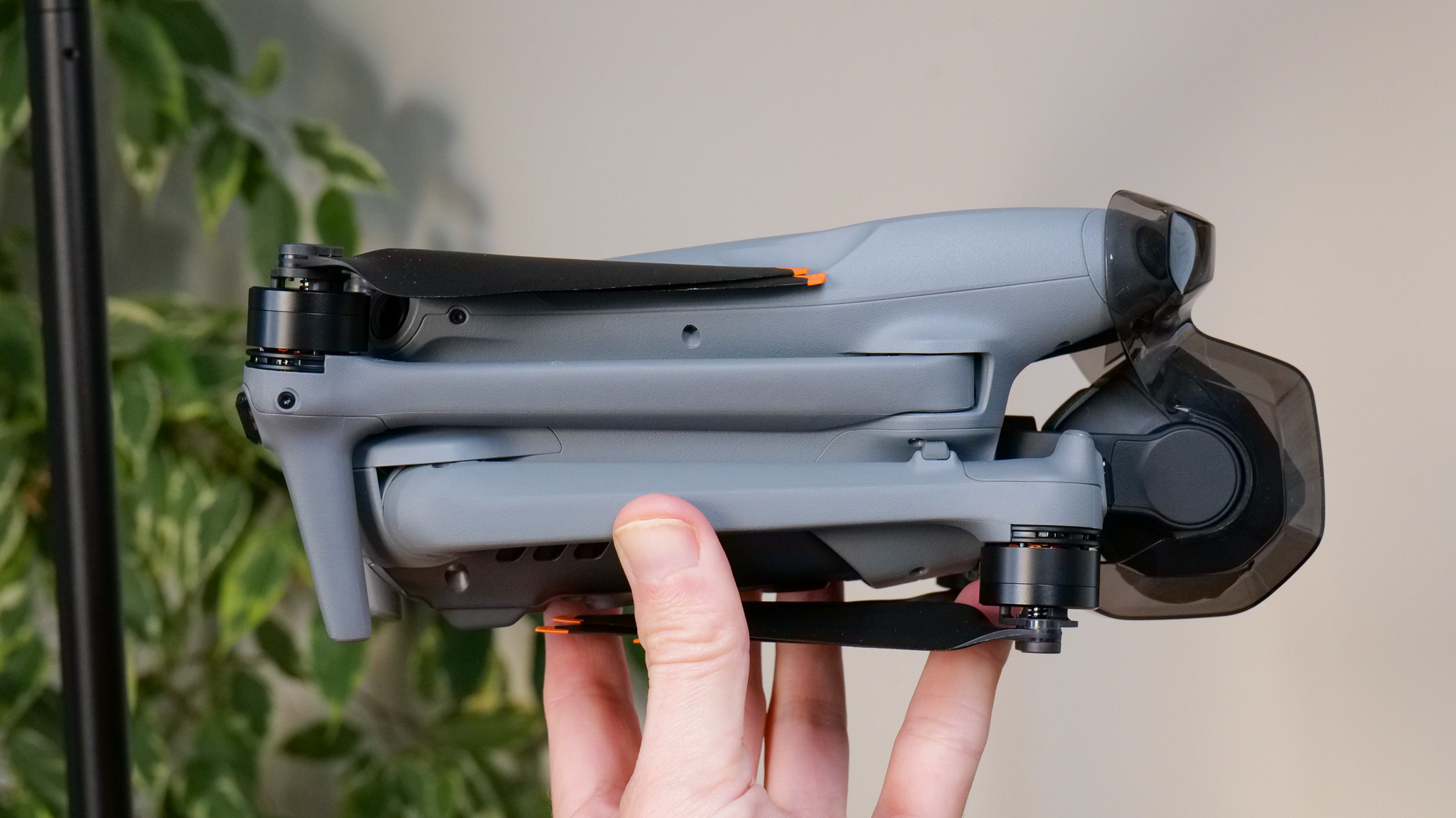
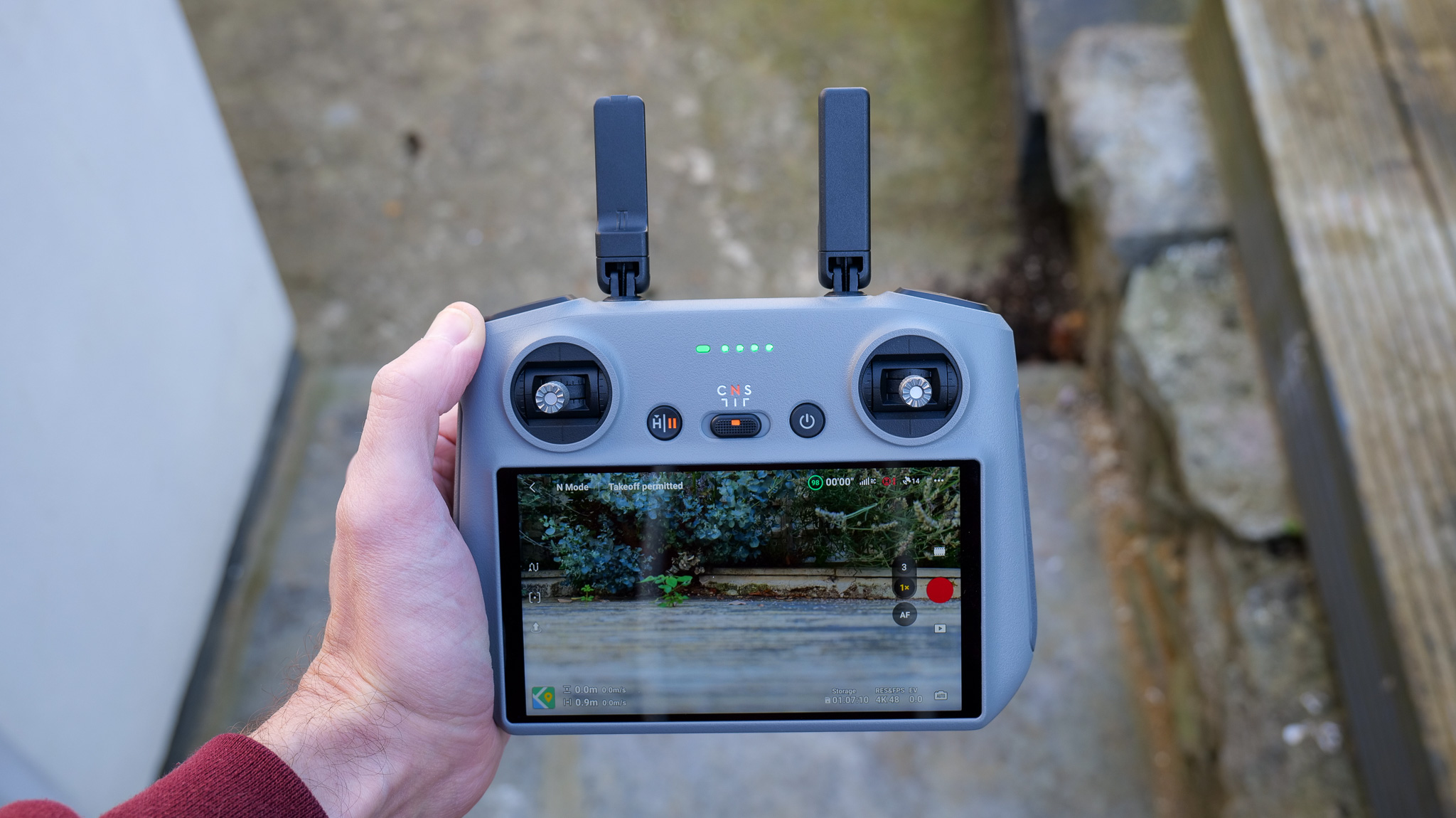
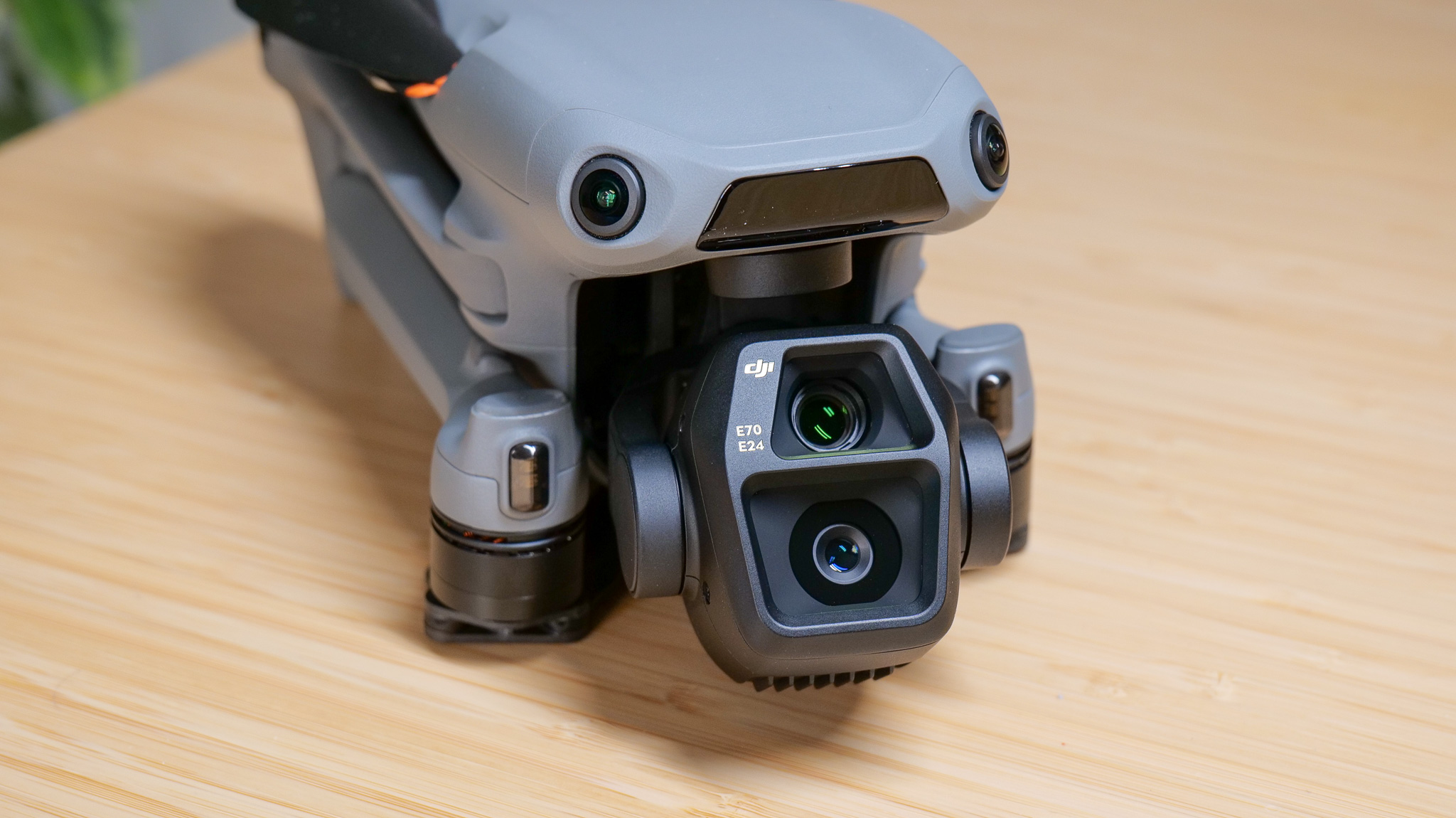
Specifications
DJI Air 3S sample images
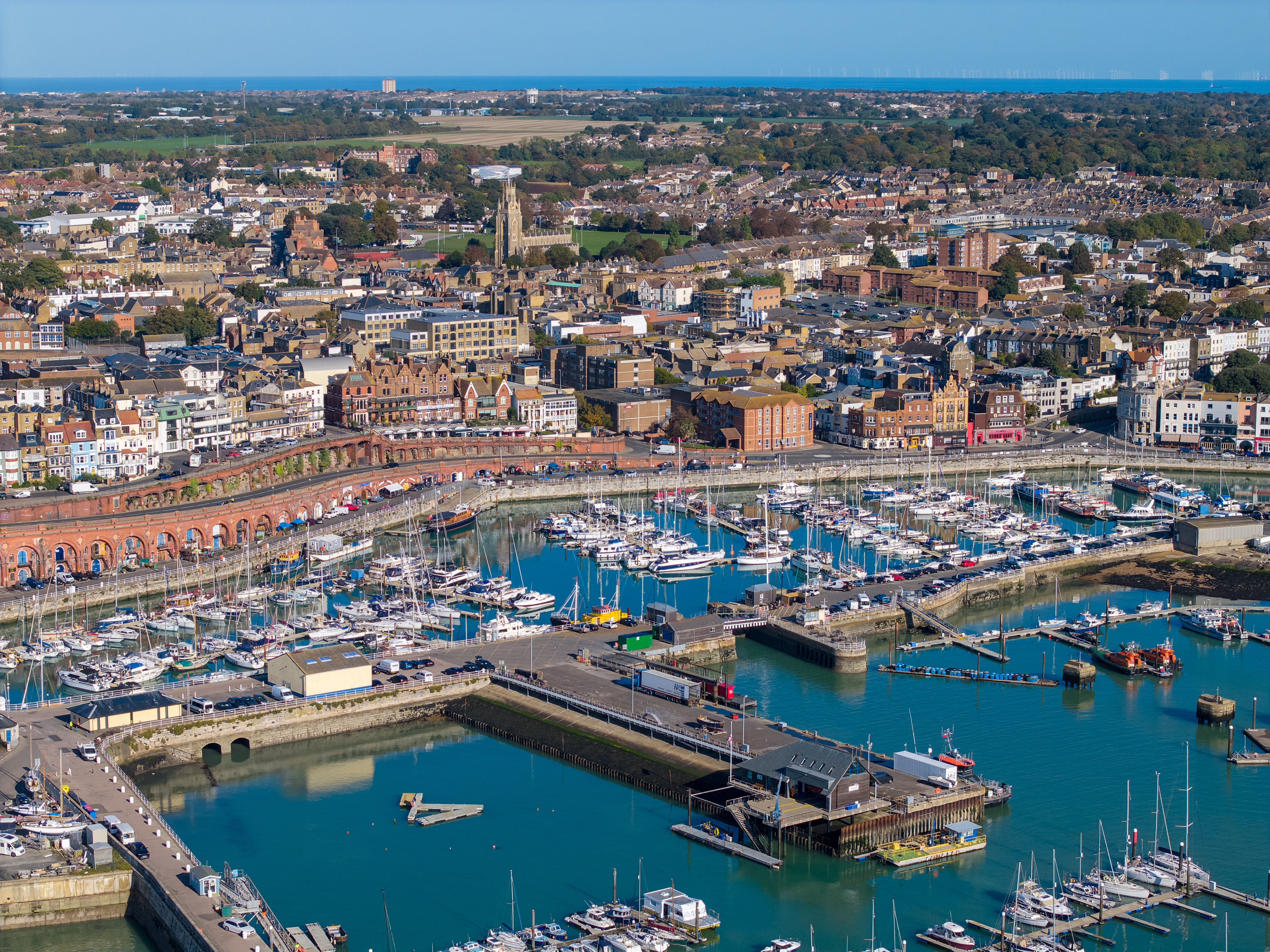
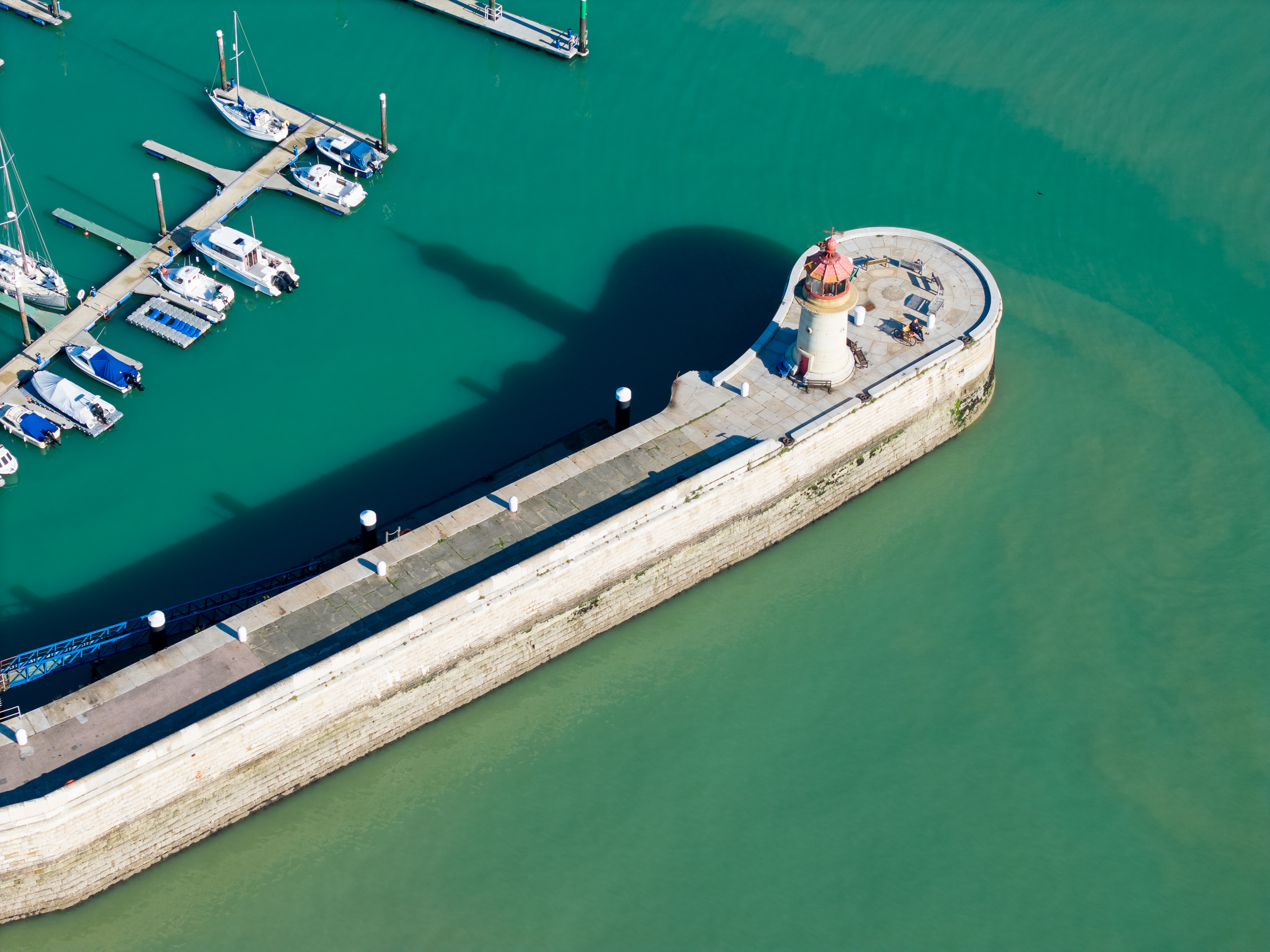

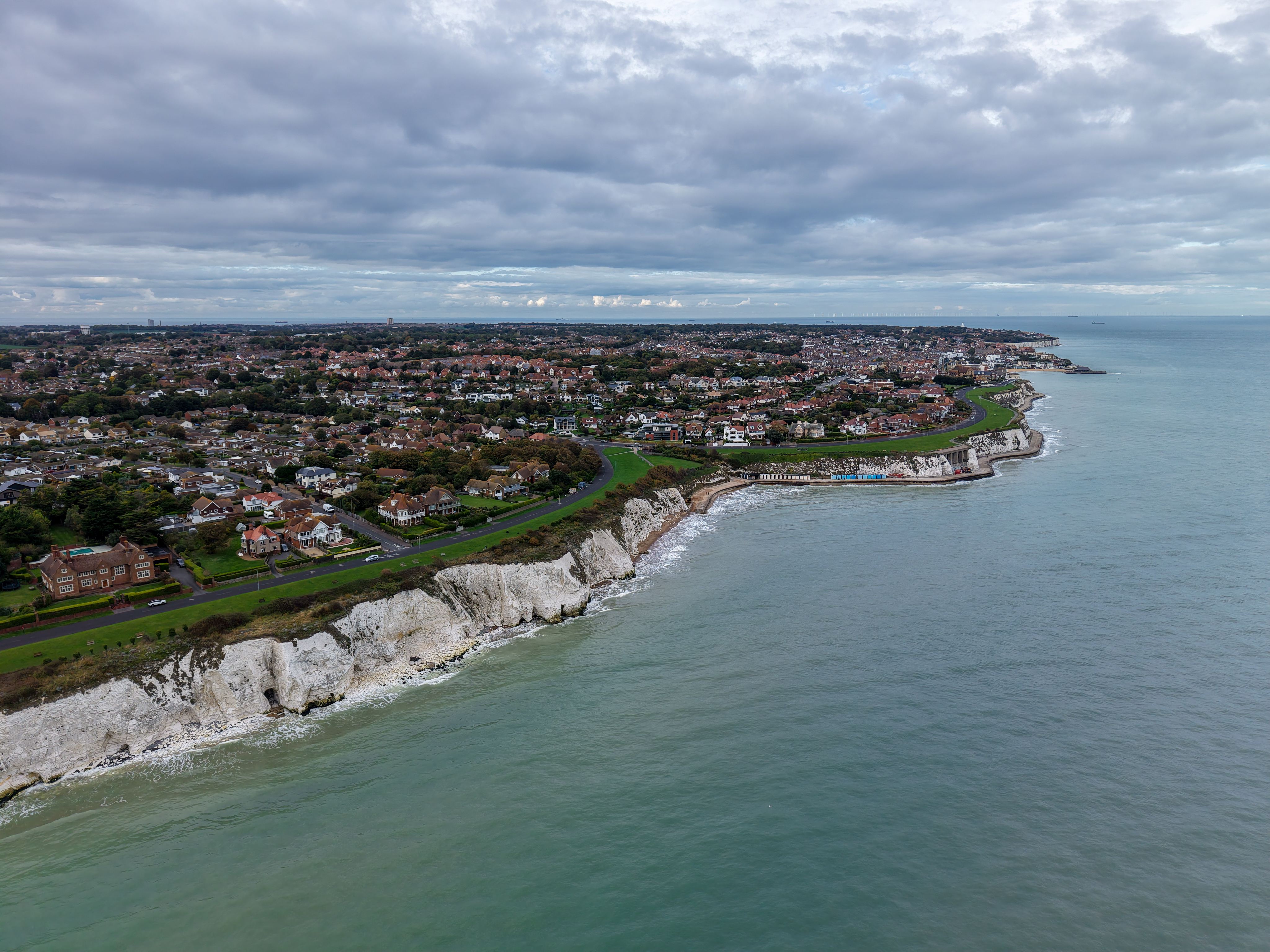

✅ You want multi-camera versatility: Pairing wide-angle and medium-telephoto cameras, the Air 3S lets you cover more scenes with a single drone.
✅ You want longer flight times: With up to 45 minutes of airtime from a full charge, the Air 3S lets you stay airborne for longer than other drones.
❌ You’re a casual drone pilot: The cost, weight class and capabilities of the Air 3S mean it’s very much a drone for enthusiasts rather than beginners.
❌ You already own a DJI Air 3: Unless you’ll appreciate it’s low-light video improvements, there isn’t enough novelty here to warrant an upgrade.
The Air 3 was already our favorite DJI drone for enthusiasts. The DJI Air 3S takes the same two-camera recipe and makes a couple of improvements to become an even more compelling all-rounder. Physically, it’s virtually identical to the Air 3. So too is the generous 45-minute battery life. What’s new is a larger 1-inch sensor for the wide-angle camera. It also becomes the first DJI drone to benefit from LiDAR for the front-facing collision sensors.
The result is a 4K drone with all the versatility of the Air 3, including automated flight modes, subject tracking and support for HLG and D-Log M color profiles, with the added bonus of improved low-light performance. In our review, we found that the larger sensor boosted the quality of footage in dim conditions, while the upgraded omnidirectional obstacle avoidance setup offer additional reassurance at dusk. If you’re a seasoned pilot who wants the flexibility to fly and shoot in all conditions, we think the Air 3S is a stellar choice.
- Read our in-depth DJI Air 3S review
Best FPV drone from DJI
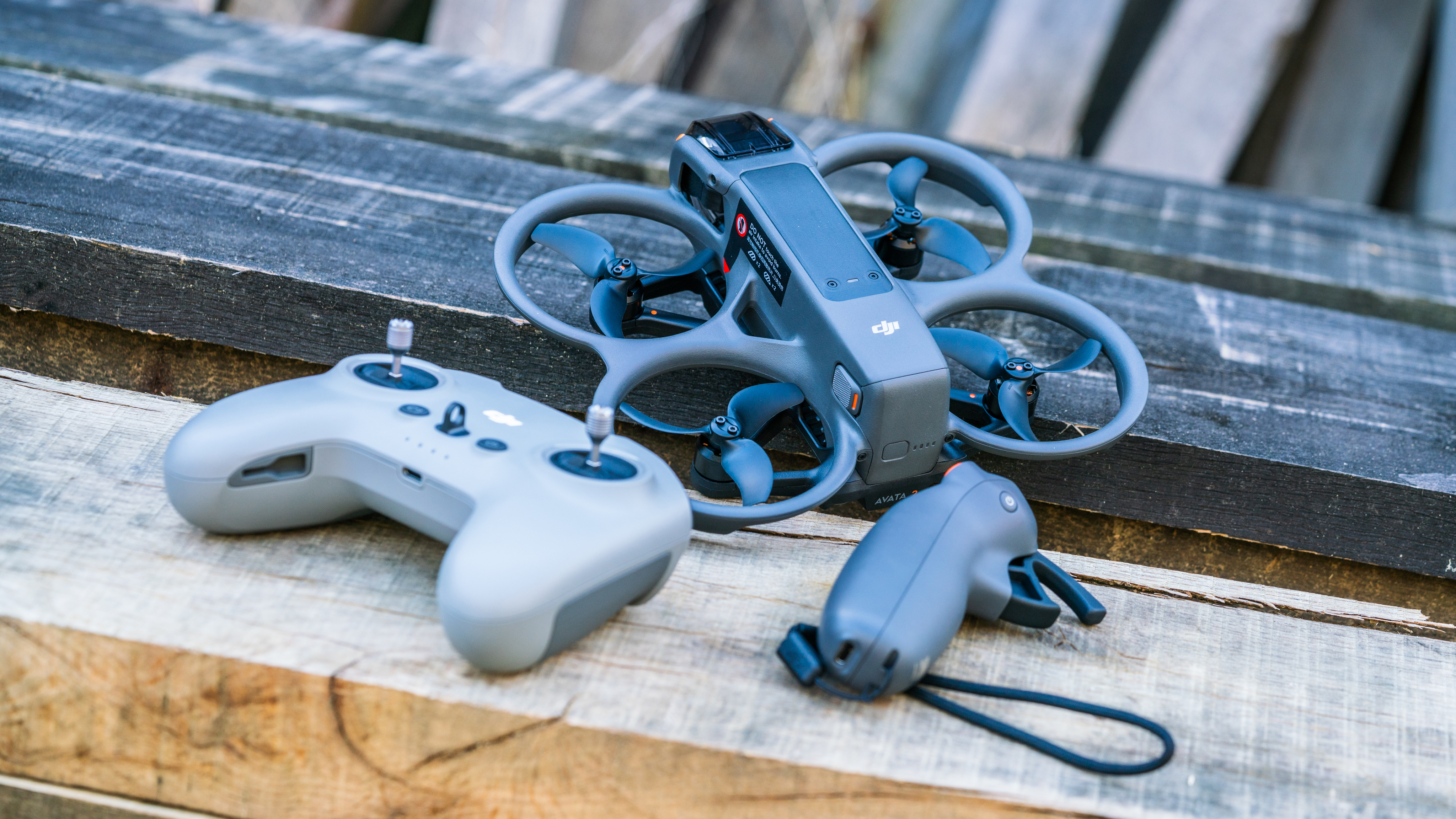


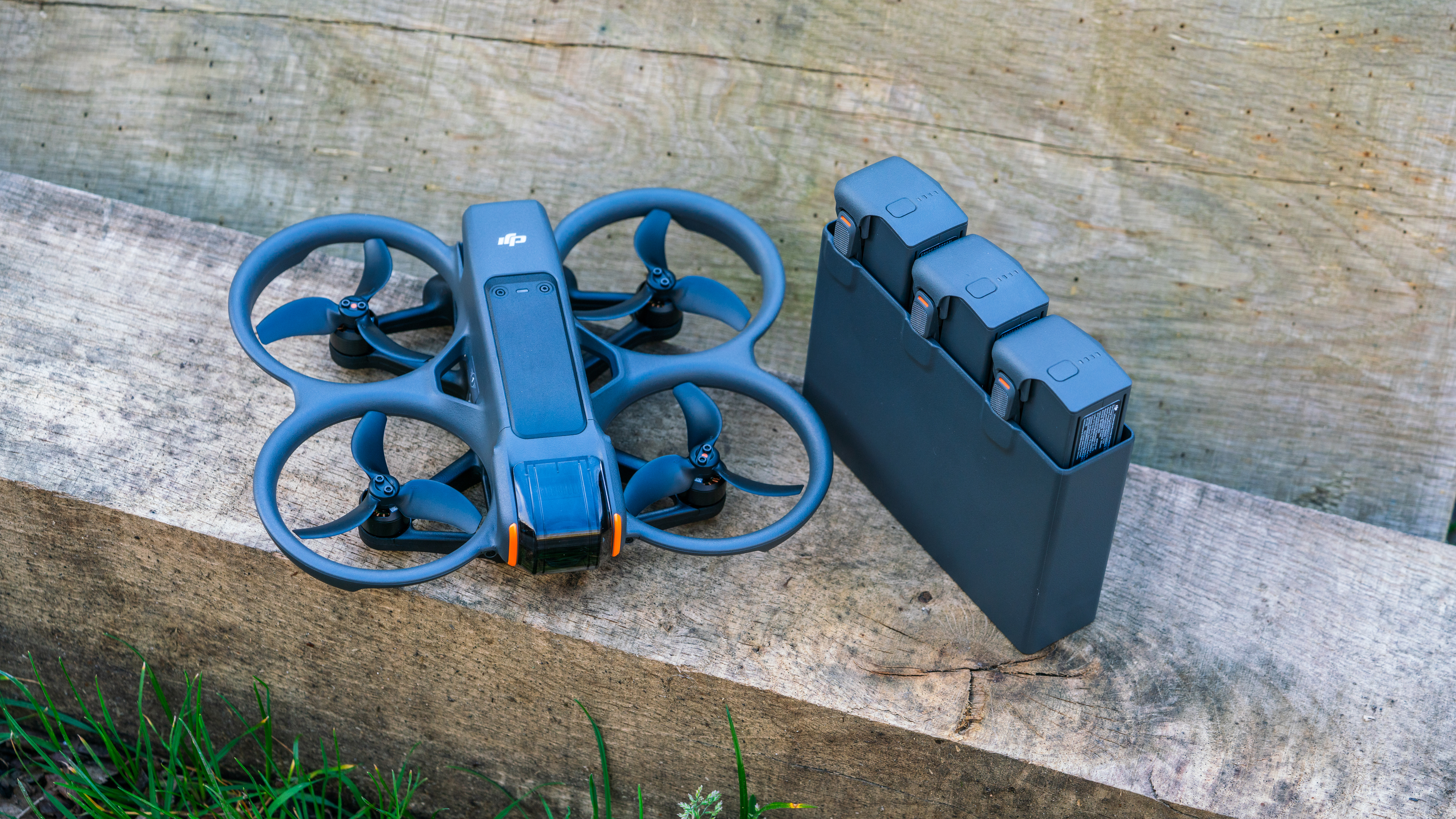

Specifications
Reasons to buy
Reasons to avoid
DJI Avata 2 sample images

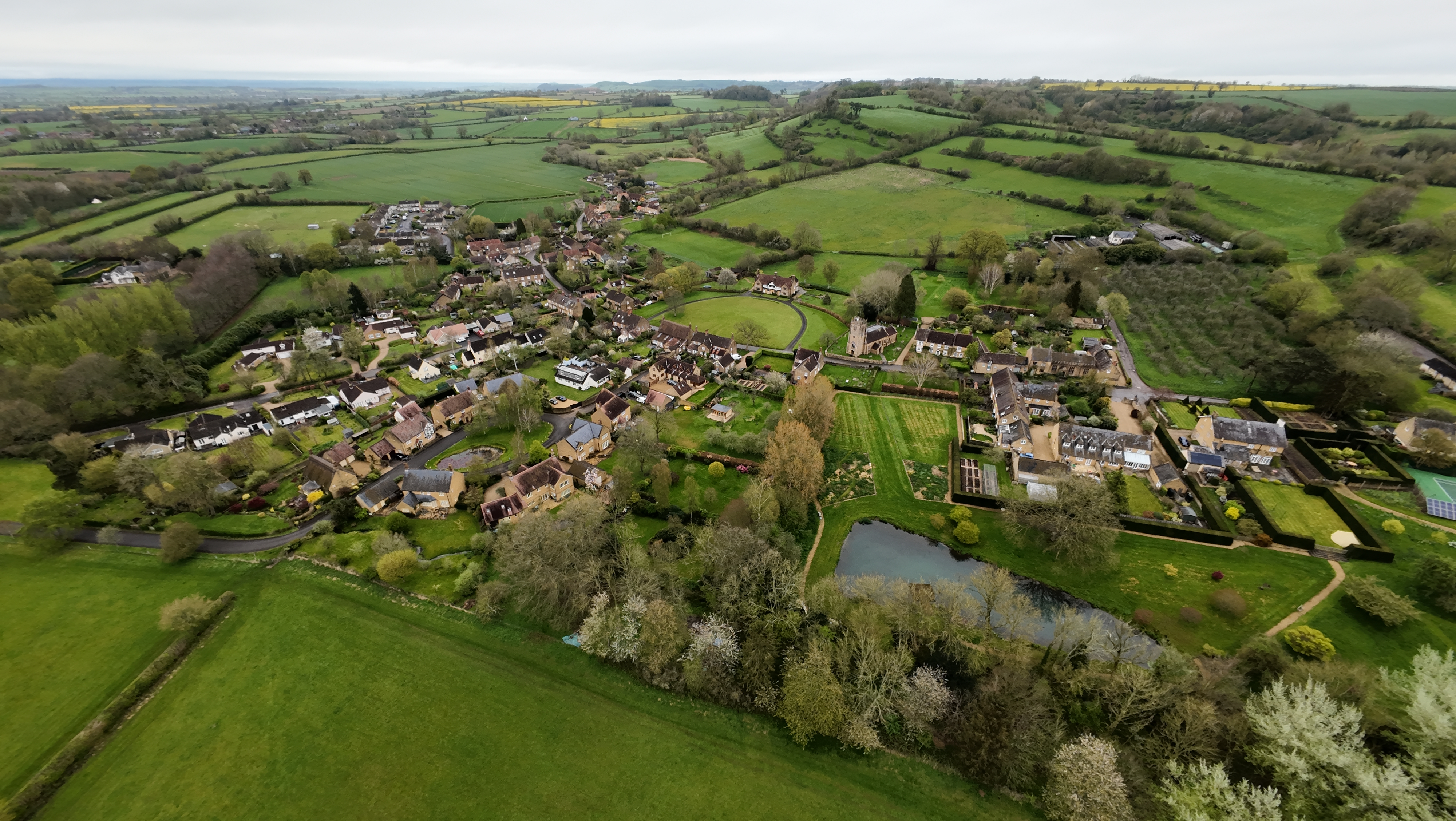
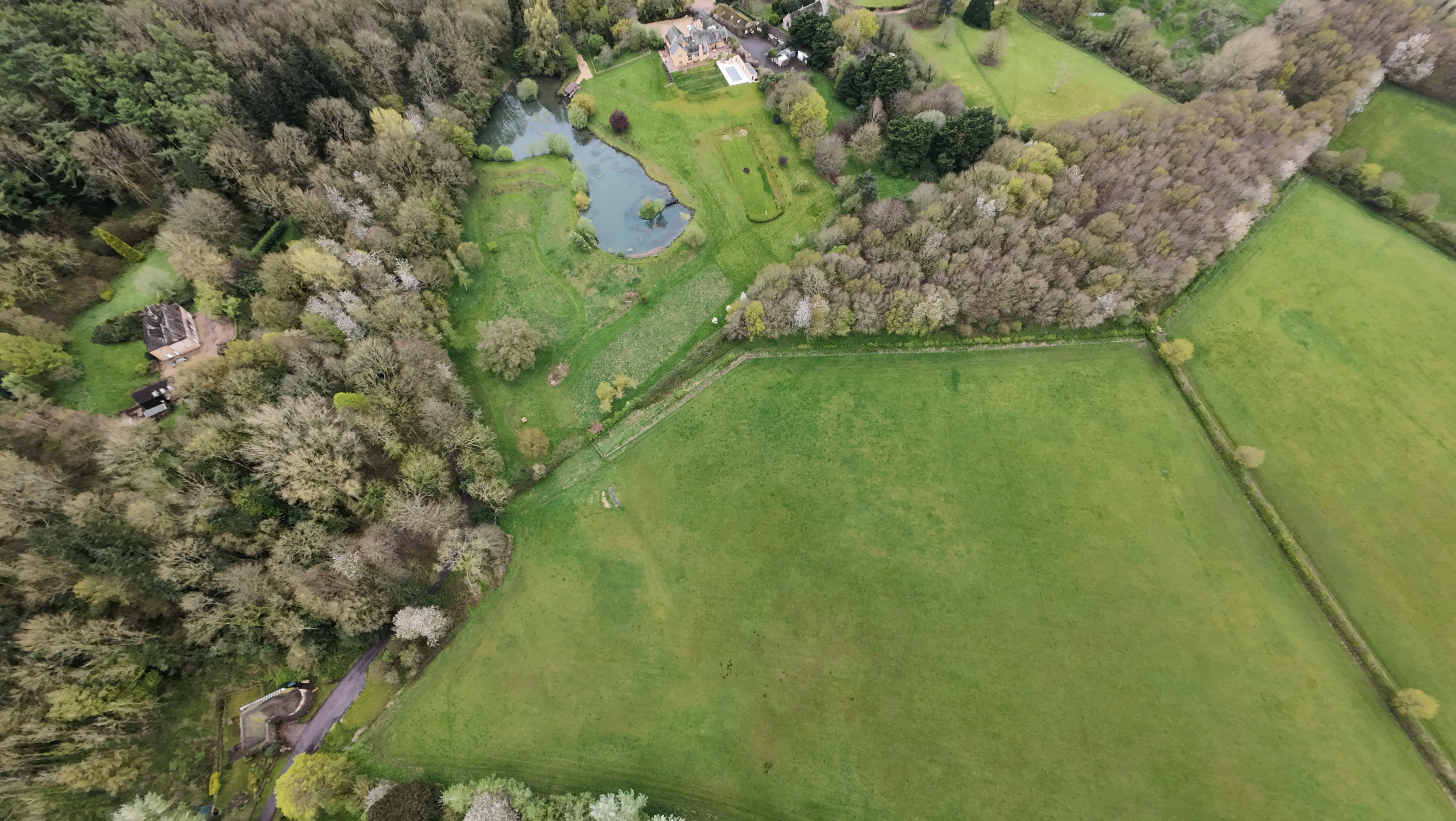
✅ You want an FPV drone that's ready out of the box: The Avata 2 lets you fly right out of the box, with intuitive controls and a relatively gentle learning curve.
✅ You want the best FPV image quality: The Avata 2 shoots sharper than previous DJI FPV drones and with better dynamic range.
❌ You have a limited budget: If you don't need all of its features, you might find better value from the DJI FPV or the original Avata.
❌ You're a seasoned FPV pilot: Flight modes and safety features mean the Avata 2 is designed for newcomers, rather than freestyle flying.
We were already big fans of the DJI Avata, and the second edition only cements its place as the best FPV drone you can buy. In testing, we found it remarkably intuitive to fly, even for beginners. Safety features – such as a panic button which slows the drone to a hover – offer extra reassurance for learners. We found the updated Motion Controller 3 simple to use, although more experienced pilots should consider the Remote Controller 3 for manual flight.
Our tests revealed that image quality has received a major upgrade, courtesy of an improved 1/1.3-inch CMOS sensor. The 4K/60p footage we shot offered greater detail and much better dynamic range than the first-gen Avata. Video streamed to the upgraded DJI Goggles 3 was sharp as well, and thanks to a more aerodynamic profile, the Avata 2 can fly for longer – with 23 minutes of flight time per charge extending the sense of immersion. Considering that the Avata 2 ships with everything you need to fly, we think it offers a fantastic value route into the world of FPV.
- Read our in-depth DJI Avata 2 review
Best DJI drone for pros
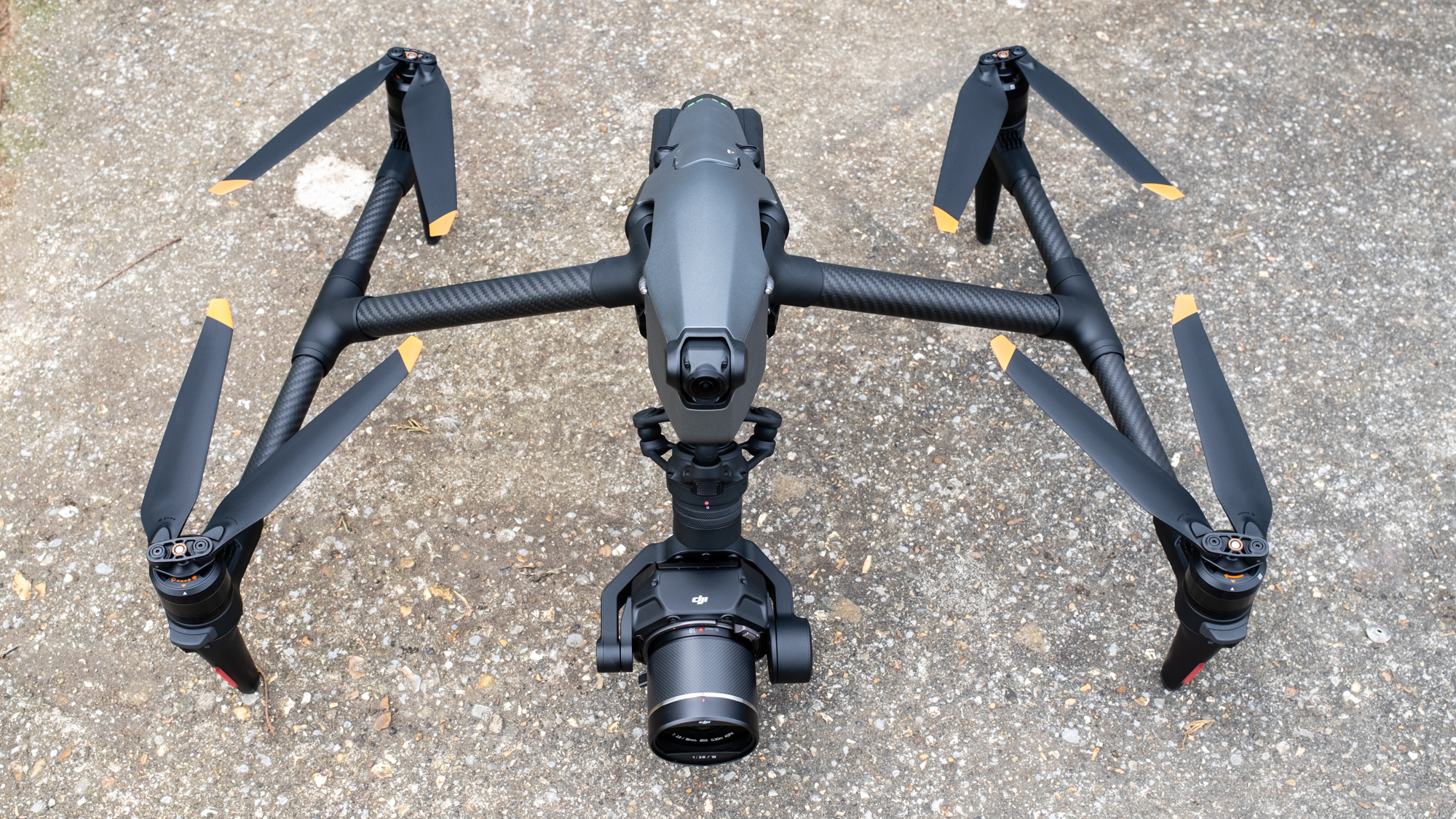
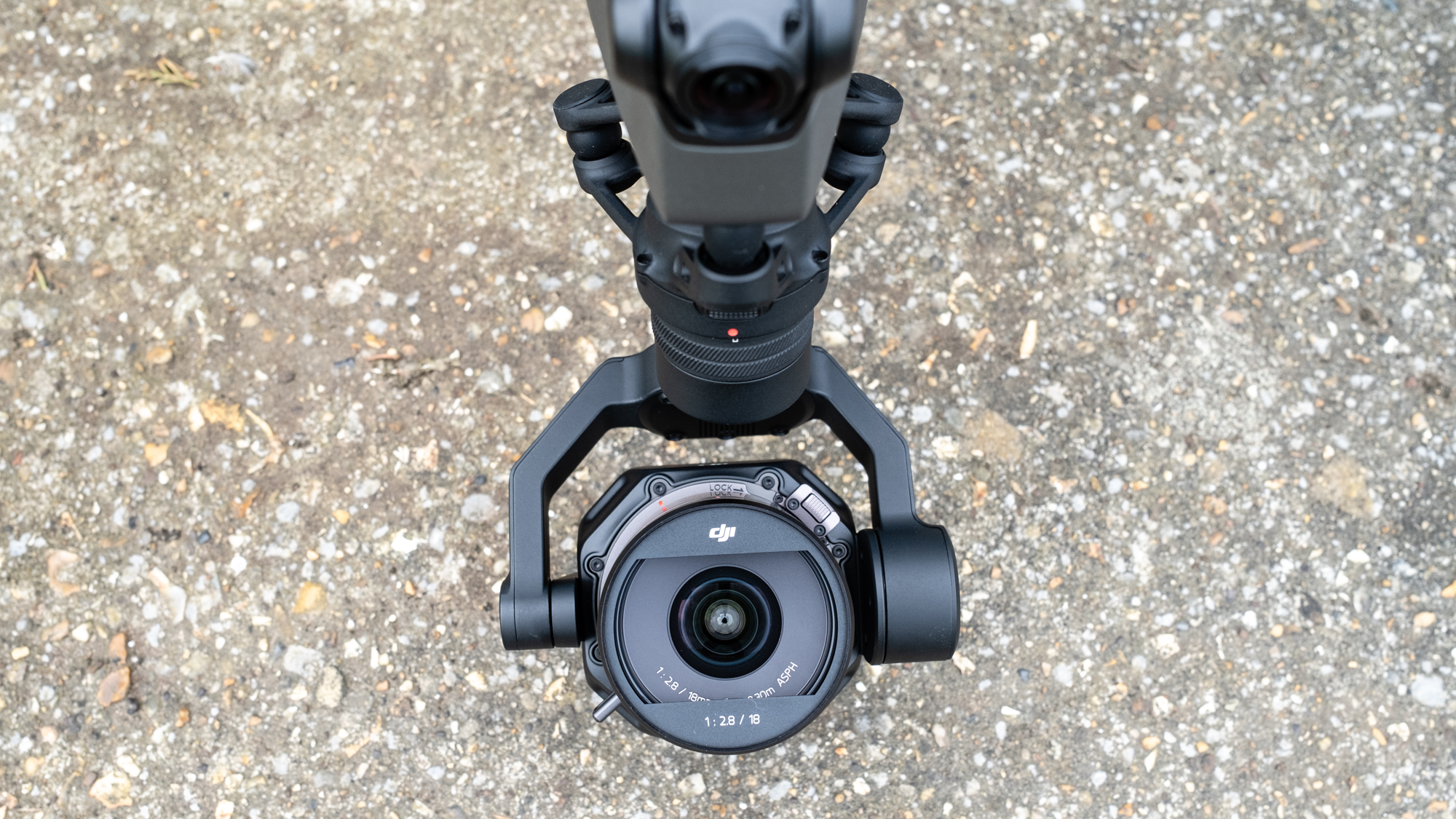
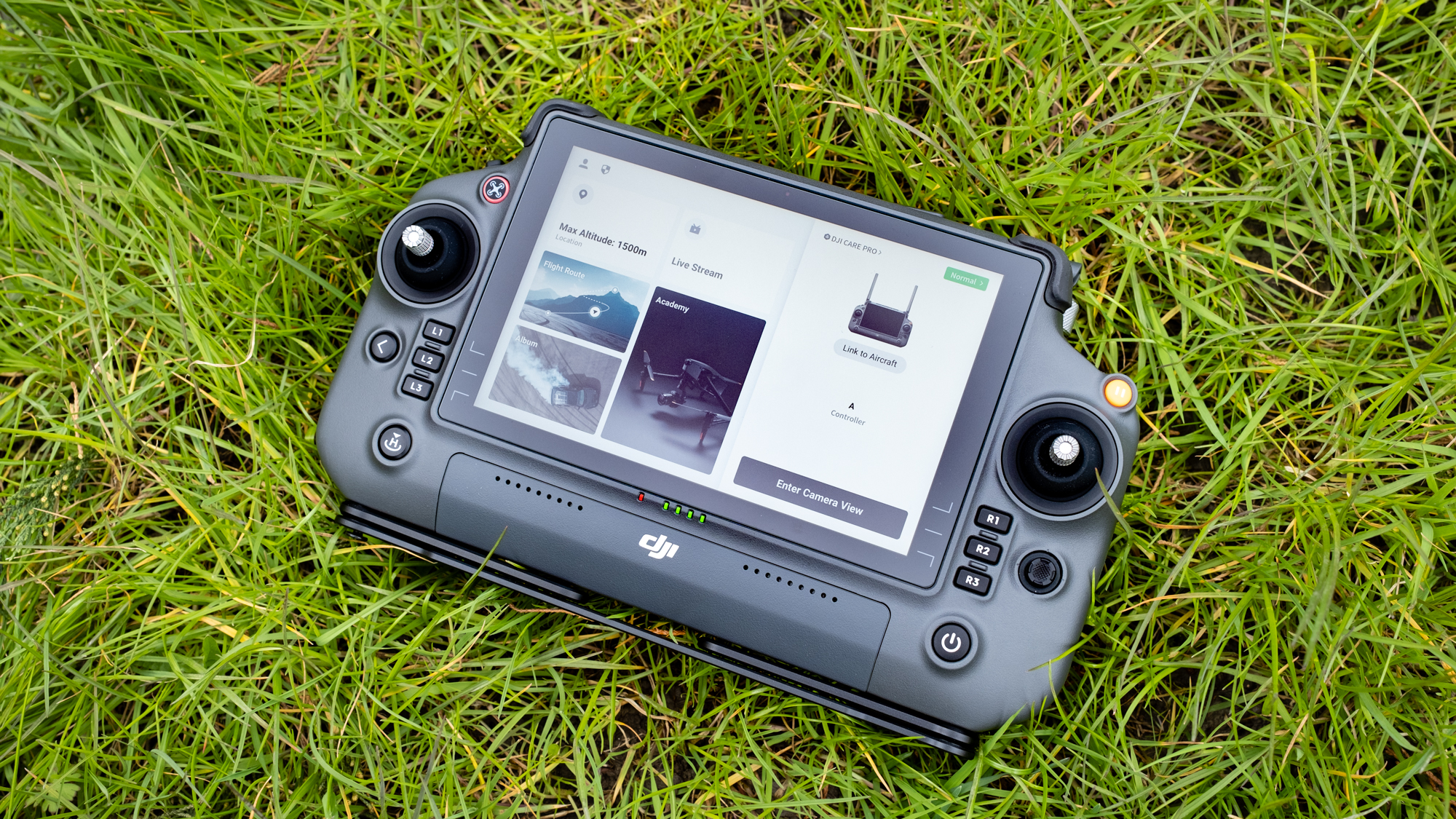
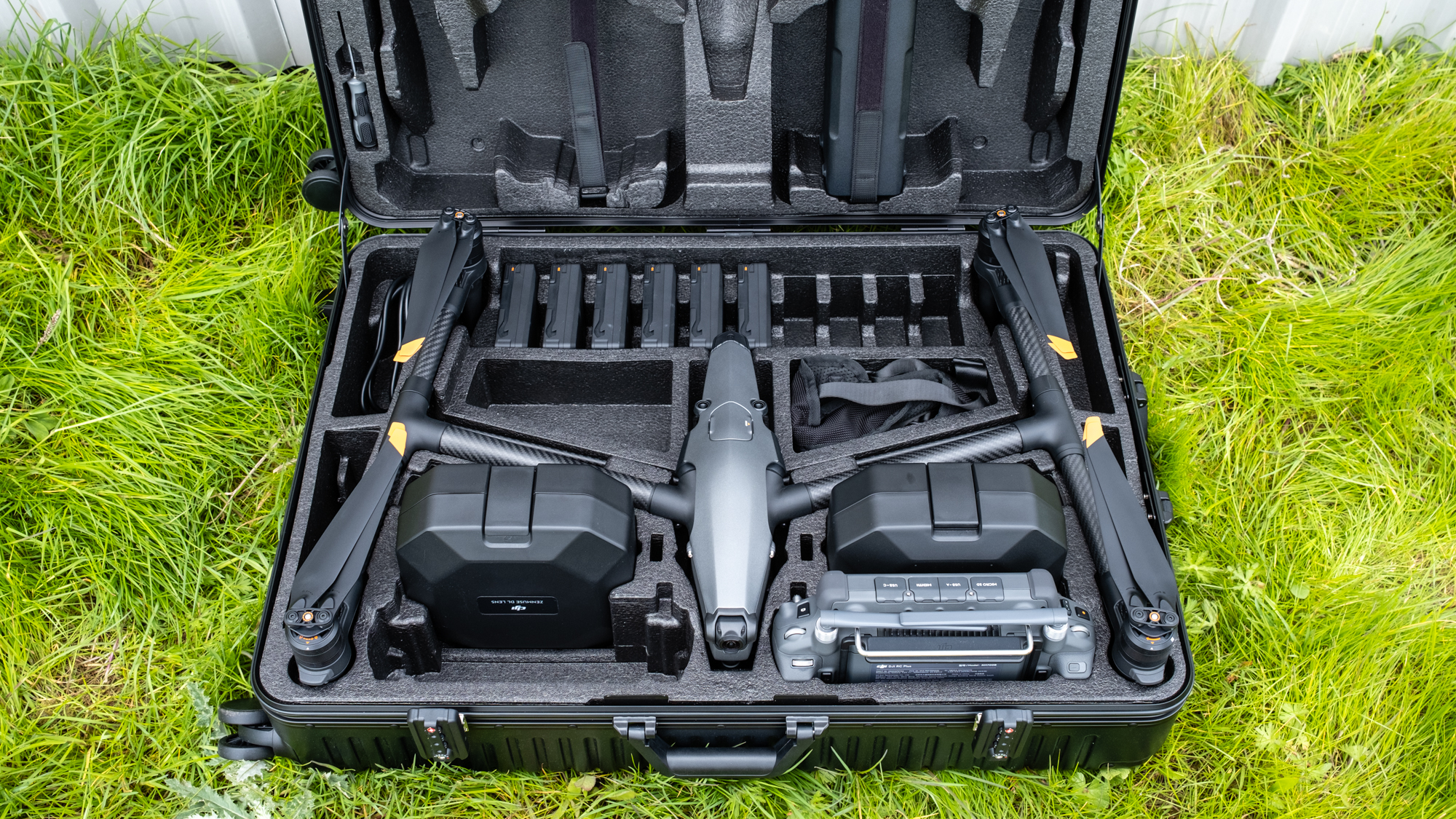

Specifications
Reasons to buy
Reasons to avoid
DJI Inspire 3 sample images
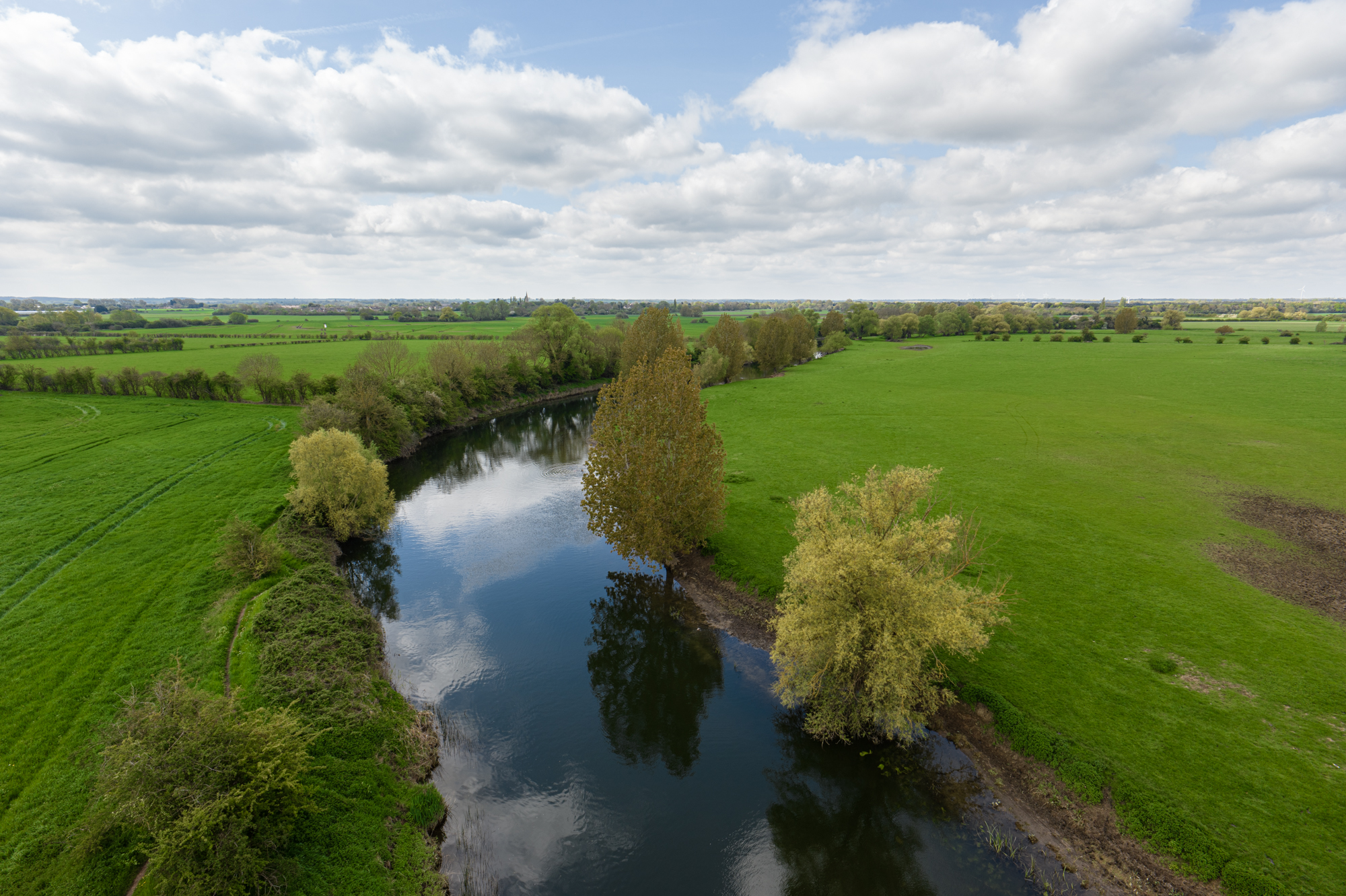
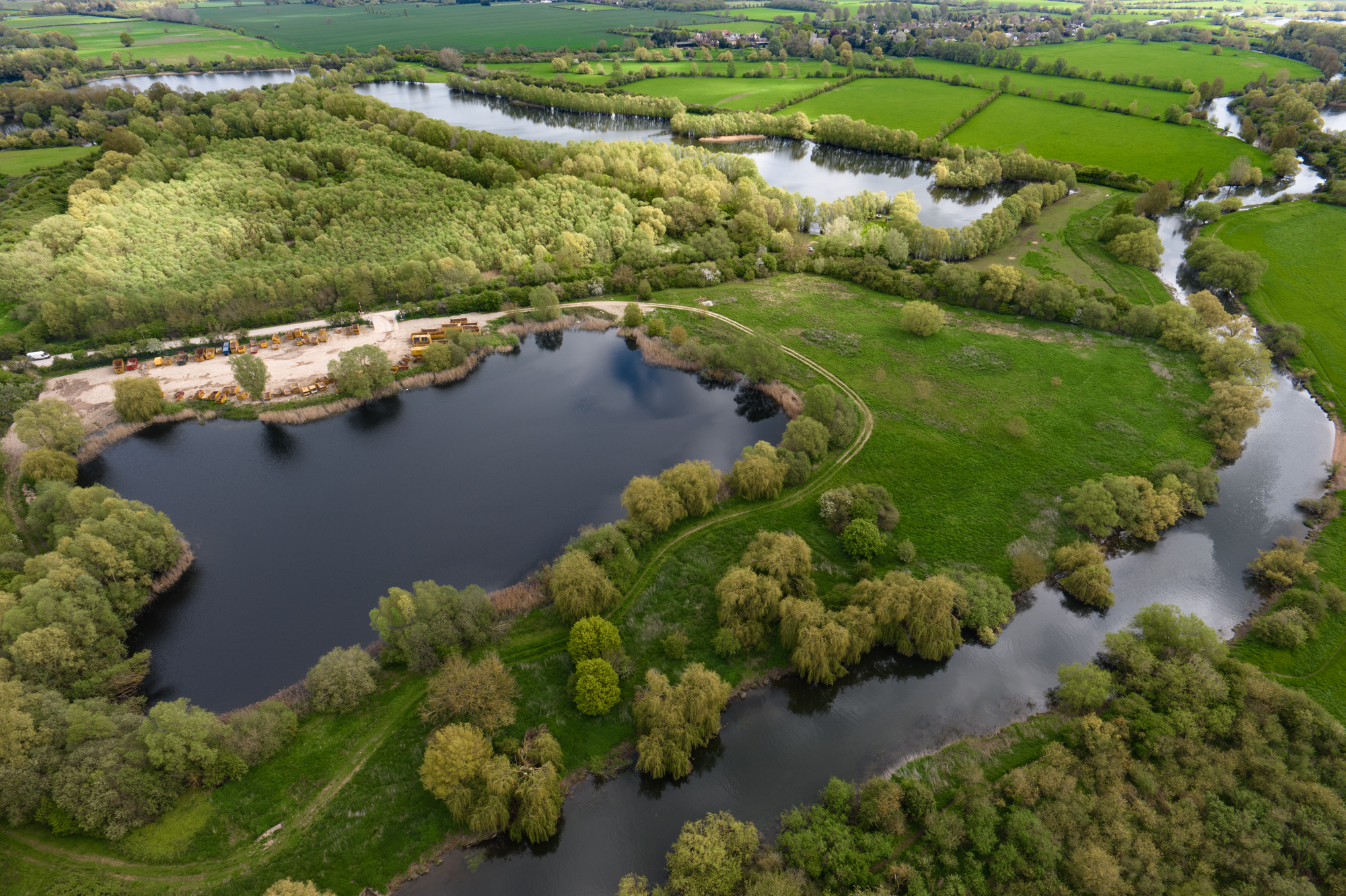

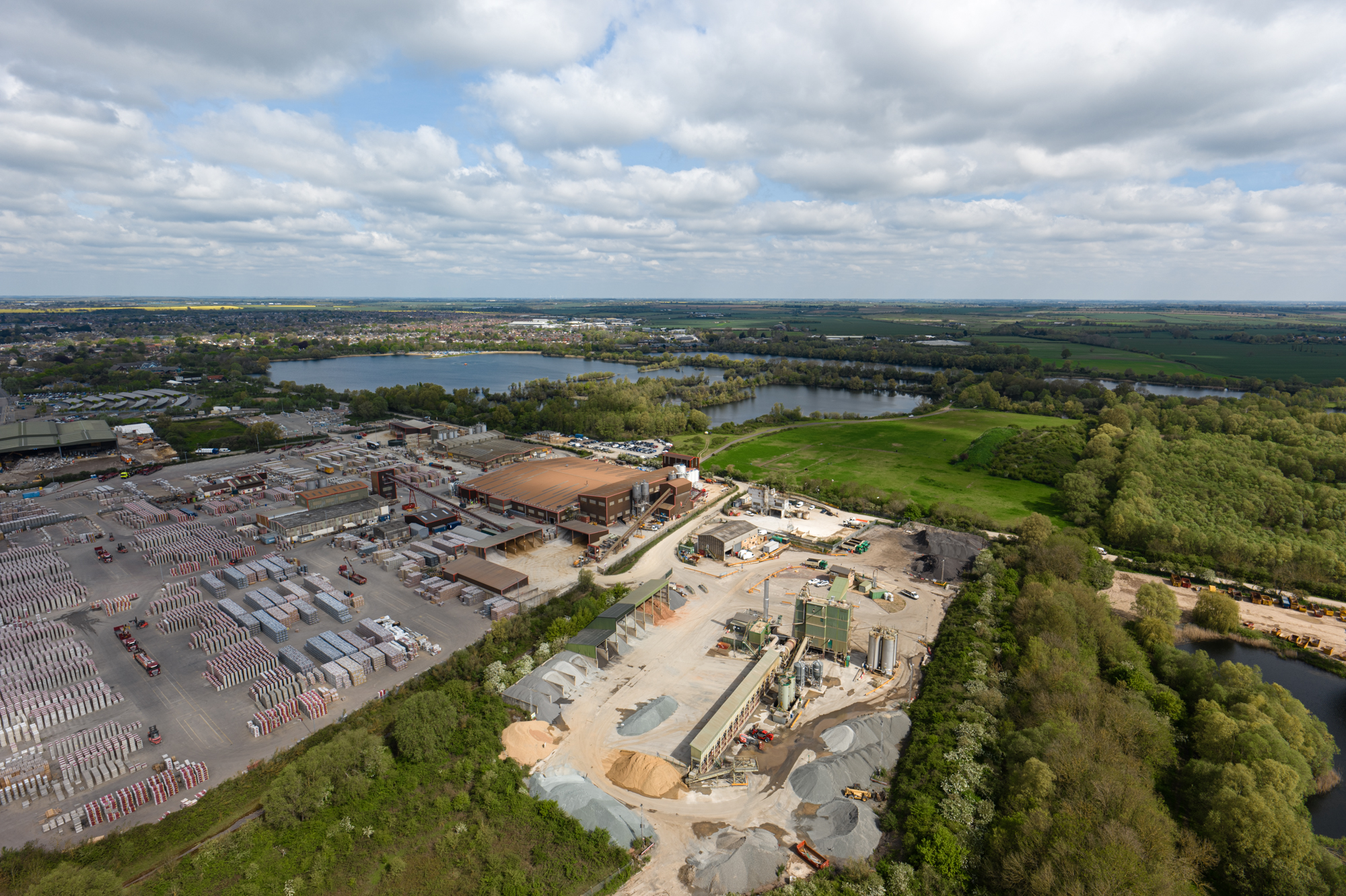

✅ You produce professional drone footage: The Inspire 3 has the tools needed for truly pro productions, including dual-operator control.
✅ You demand the upmost precision: With precise flight accuracy, the Inspire 3 was made for the highly complex environments such as crowded film sets.
❌ You’re not making money from piloting: This is a ludicrously capable and expensive drone that's no toy.
❌ You need a compact drone: The bulky Inspire 3 is heavy to carry, slow to setup and comes with legal flight restrictions.
The DJI Inspire 3 is a serious drone for seriously professional shoots and complex shoot environments. It offers precise control down to flight accuracy of 10mm, plus dual operator control. It's bulky and heavy, requires time to setup – in short, this is no consumer drone; it's built for professional environments such as film sets and commercial inspections.
Camera-wise it's a similar setup to DJI's full-frame and interchangeable lens Ronin 4D 8K, meaning image quality is fantastic and next level compared to the other consumer drones in the guide. The stabilized Zenmuse X9-8K Air Gimbal Camera can shoot 8K up to 75fps in ProRes Raw in either full-frame or Super 35, plus 4K at up to 120fps in all but the CinemaDNG codec, which tops out at 100fps in 4K. Aerial photographers are well catered for too – you can also shoot photos in raw and JPEG, with up to 14 stops of dynamic range. This is 5-star quality all the way.
- Read our in-depth DJI Inspire 3 review
The best selfie DJI drone
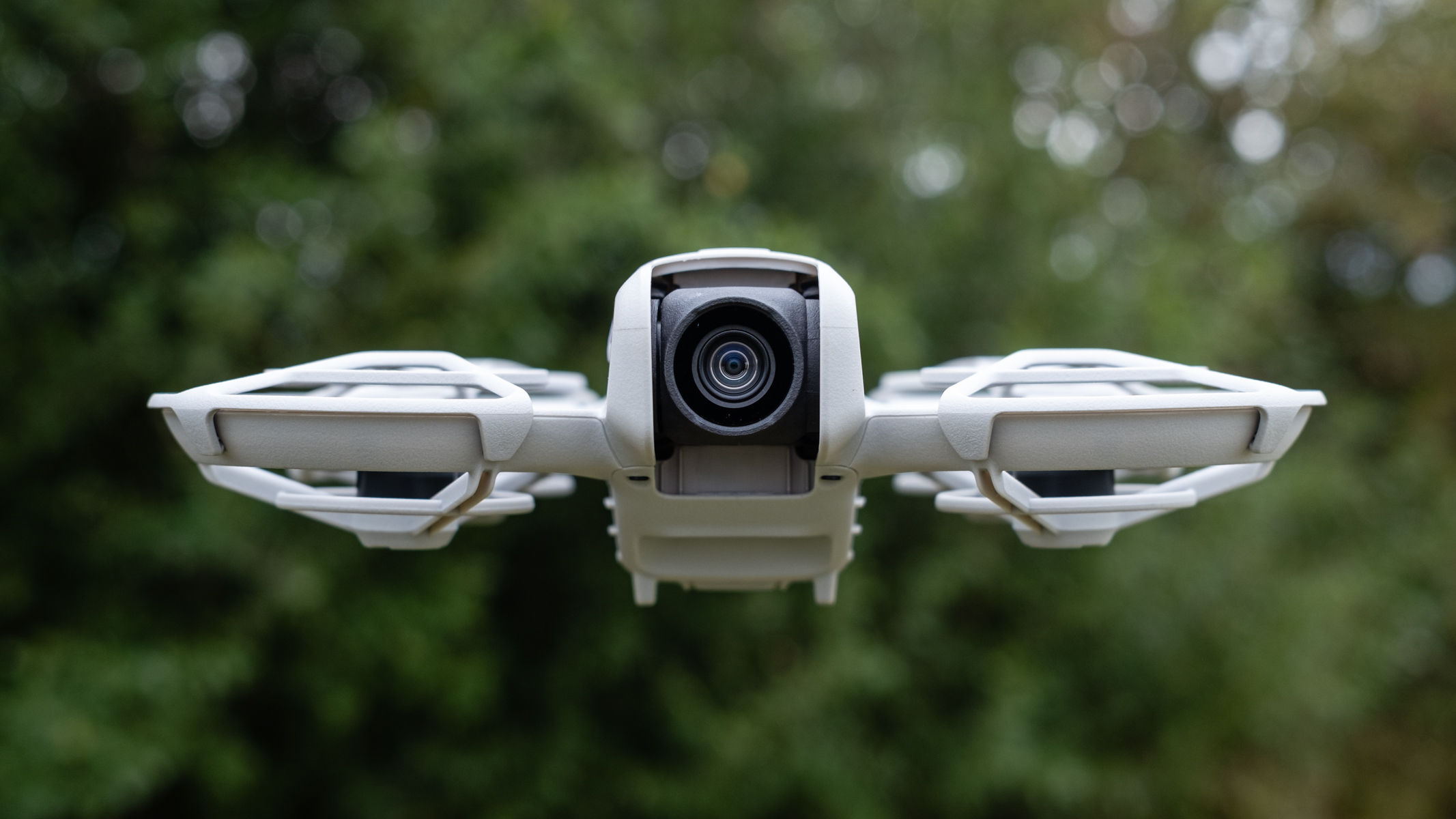
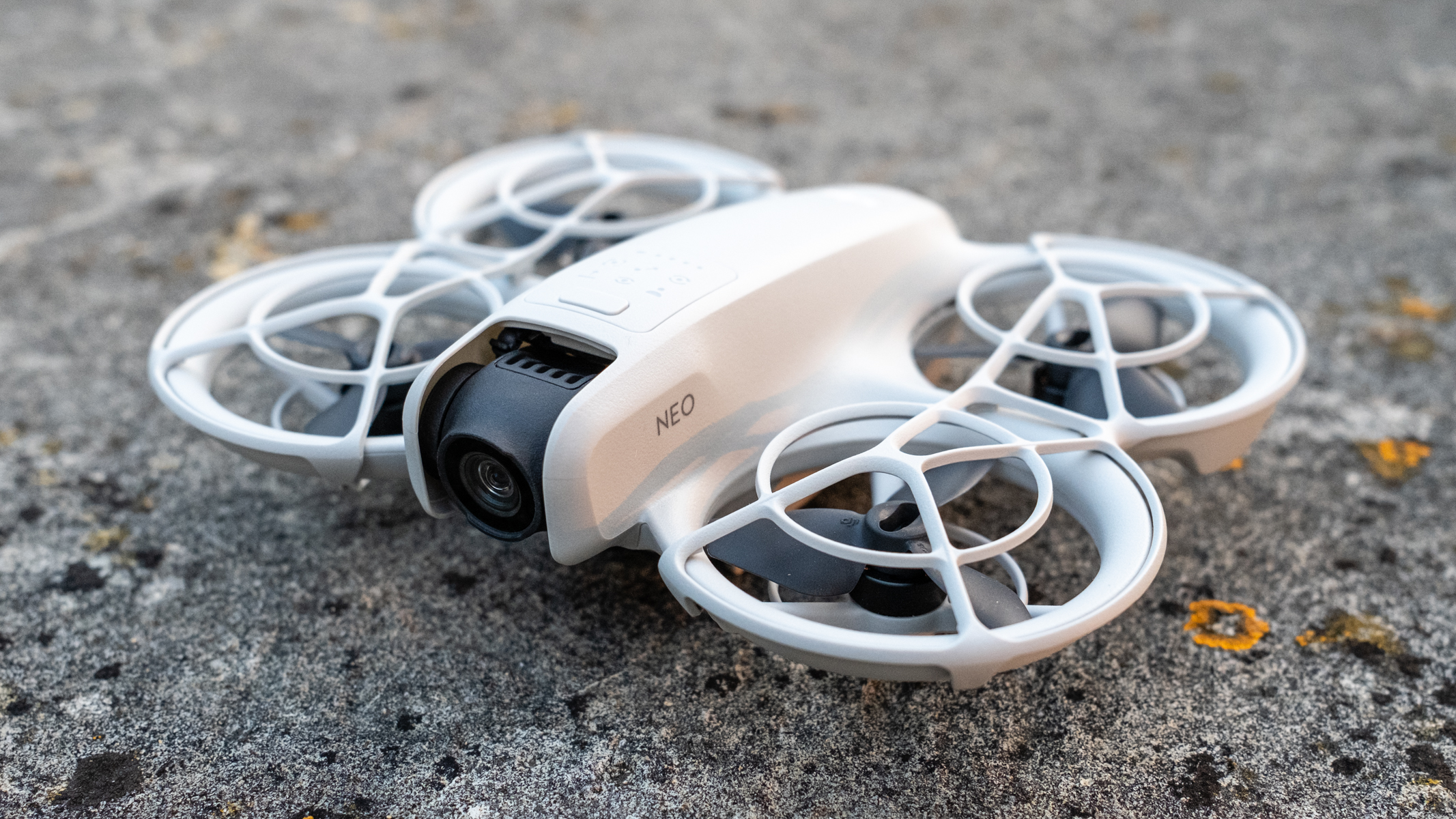
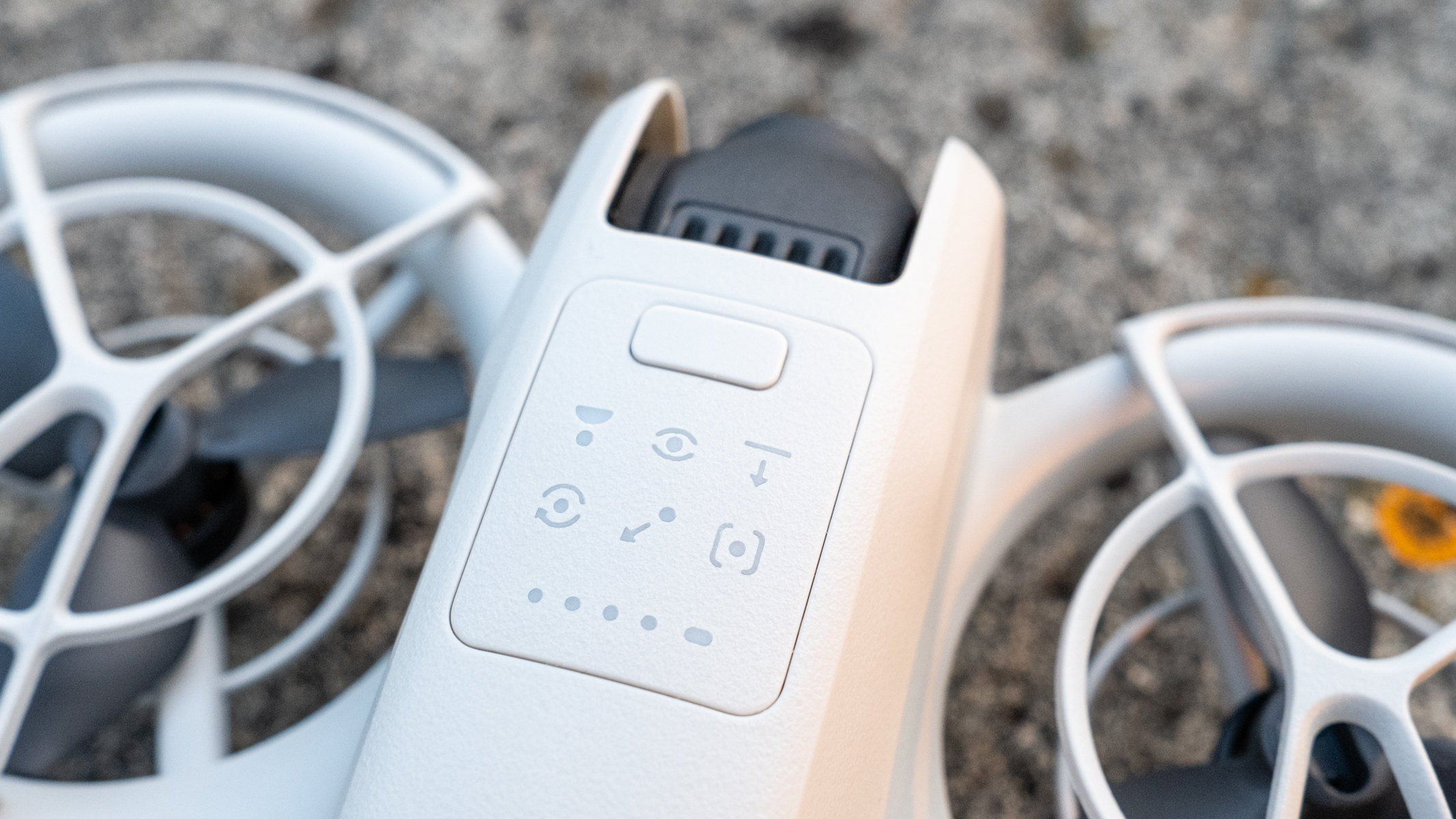
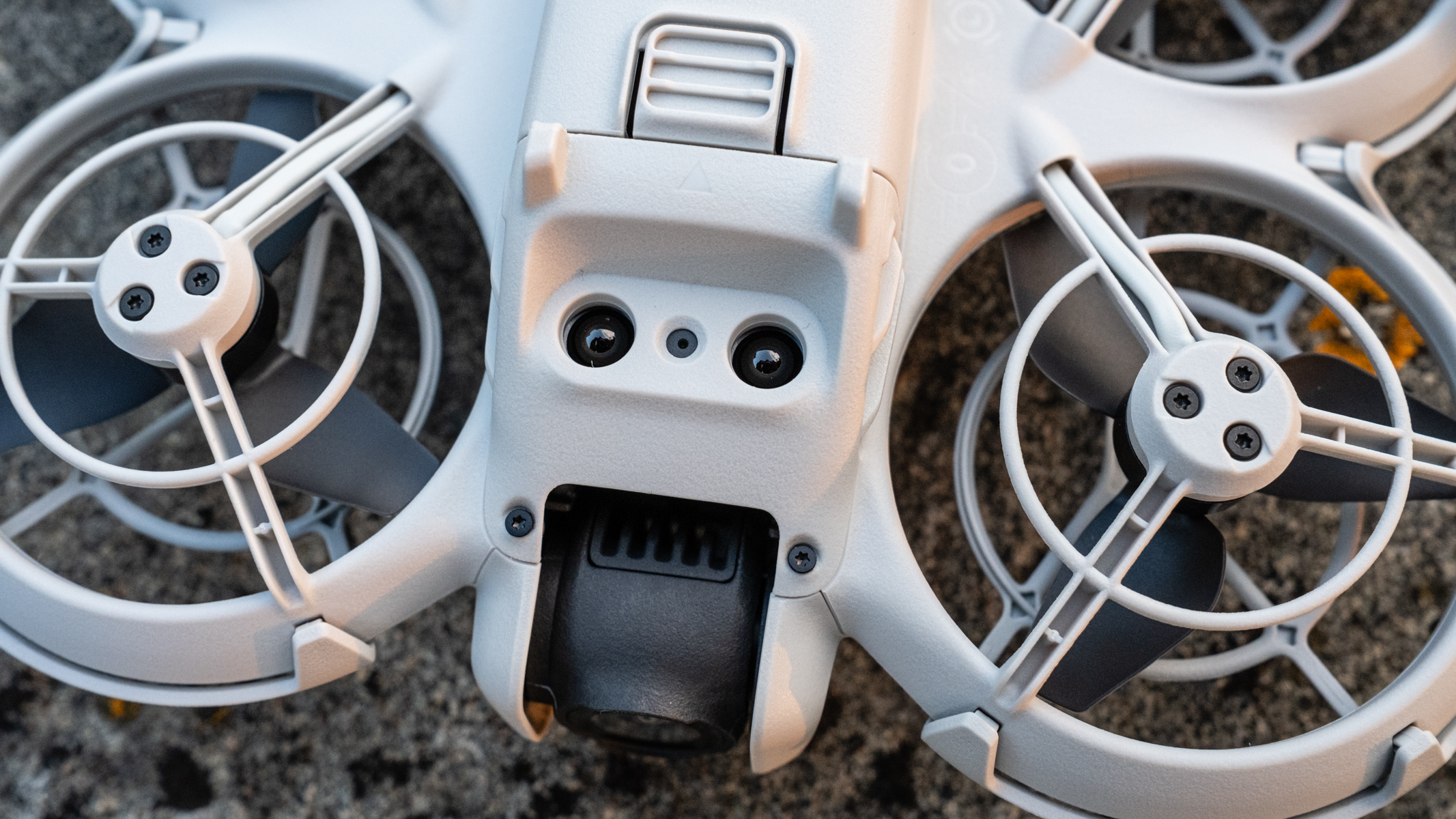
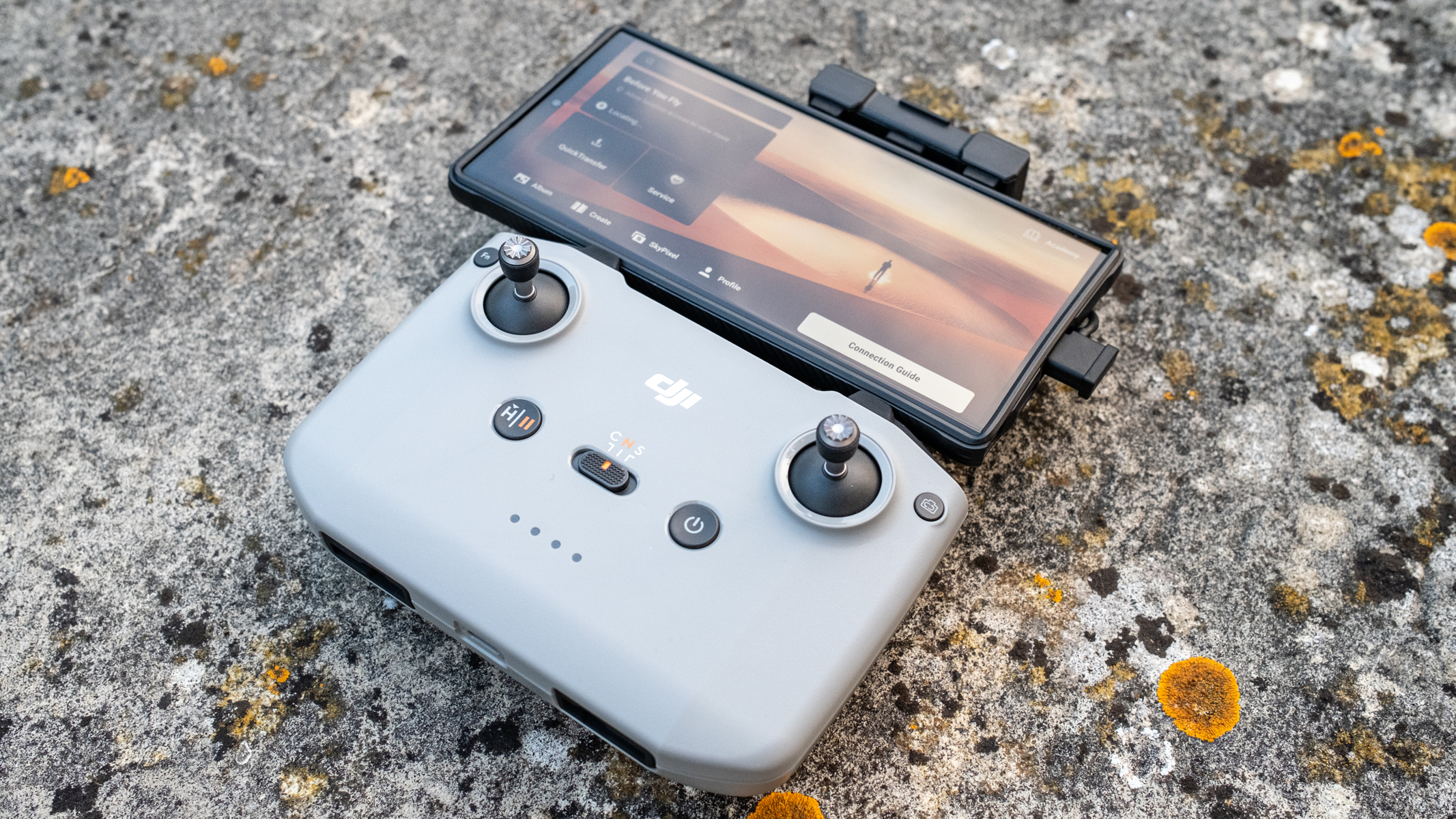
Specifications
Reasons to buy
Reasons to avoid
DJI Neo sample images
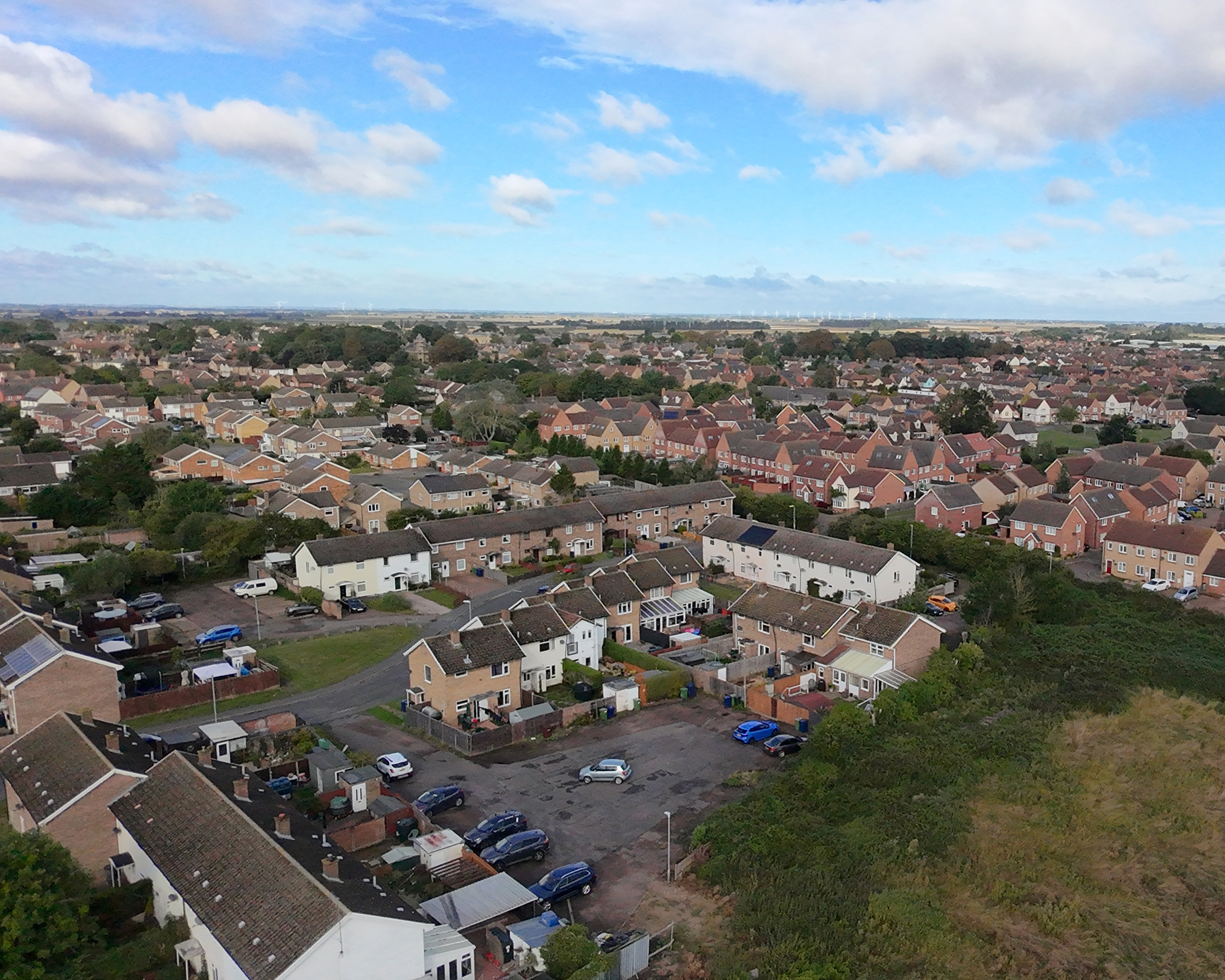
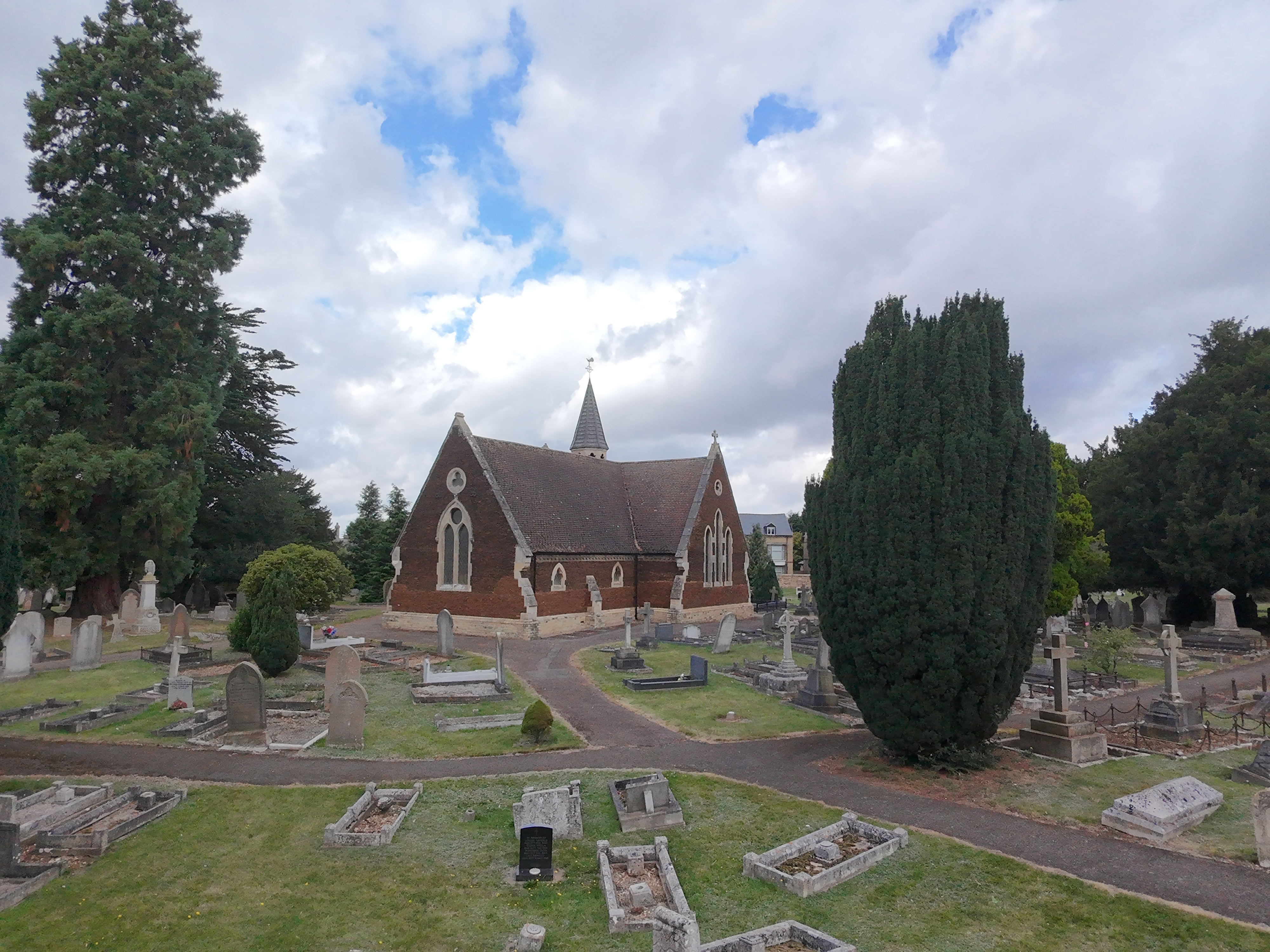
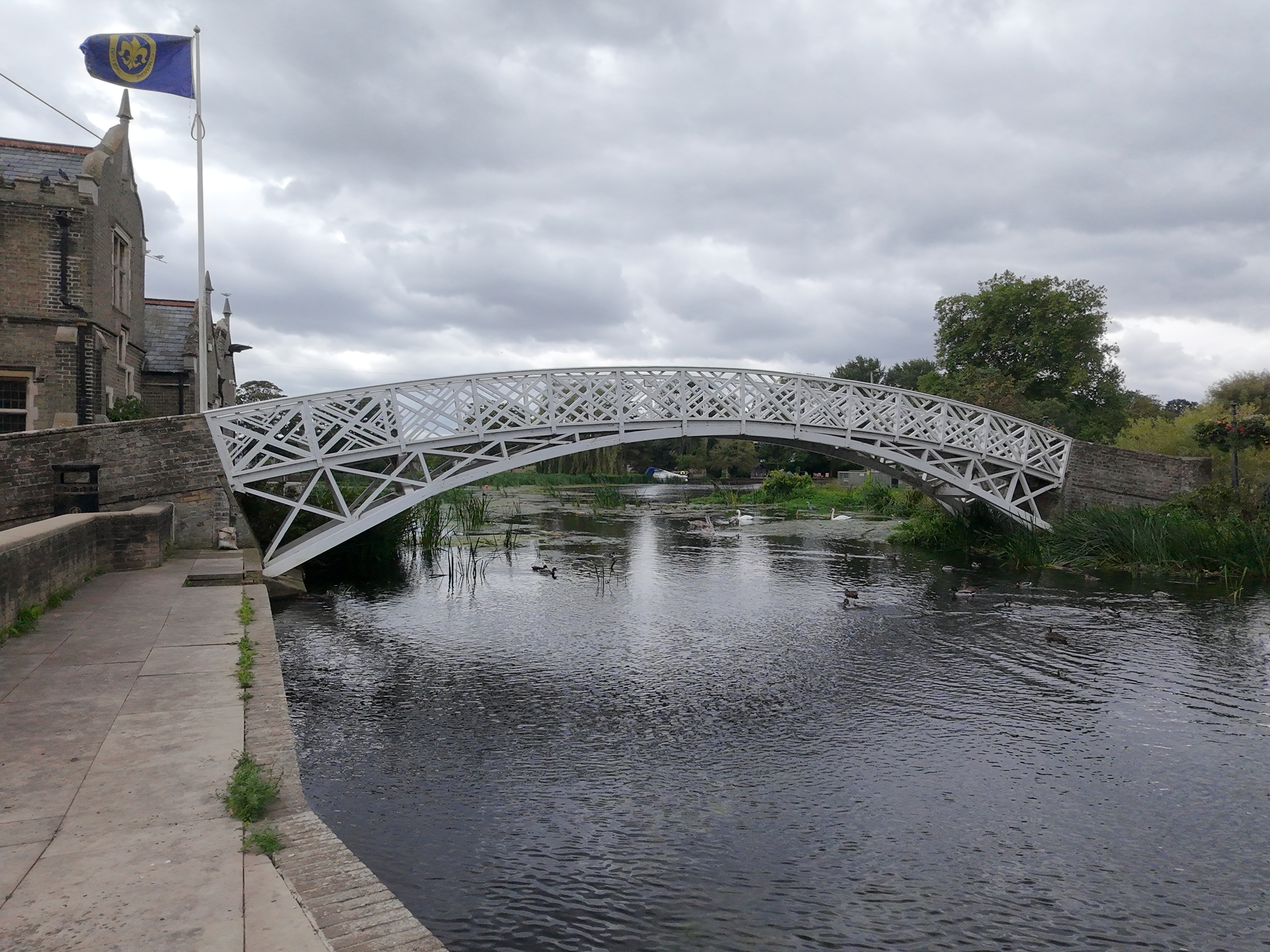
✅ You'd want plenty of flight options: You can fly the Neo without a controller, through DJI's Fly app, with a controller and even FPV Goggles, take your pick.
✅ You have no drone experience: You literally need no experience whatsoever and can take to the skies within minutes, equipped with AI subject tracking and face recognition for easy selfies.
❌ You're hoping for excellent image quality: Neo has beginner-friendly image quality meaning limited editing scope for your 4K videos and 12MP photos.
❌ It's FPV flight you're into: Yes you can fly Neo using DJI's Goggles, but they're a pricey extra and by which point you're getting close to Avata 2 combo prices, which is a much better FPV drone.
The DJI Neo stands out in DJI's drone lineup. It's the cheapest, smallest, and easiest to use drone for which you need no prior flight experience. In a matter of minutes from unboxing, you can take to the skies from the palm of your hand, without a controller, and capture aerial selfies at the push of a button. Neo is equipped with AI-subject detection and face recognition, which we found stuck to the subject like glue, even with other people entering the shot.
It's not the only selfie drone in town – there's also the excellent HoverAir X1. However, DJI has gone one step further with the Neo in that it shoots higher resolution 4K video and offers multiple control options, making use of DJI's ecosystem that includes various controllers, FPV Goggles and the DJI Fly app.
What's more, DJI priced the Neo super aggressively and for many people it could be the most obvious and fun first drone. We certainly had a lot of fun with the tiny drone during testing, navigating tight spaces with the lightweight 4.76oz / 135g drone, safe in the knowledge that it features propellor guards. The Neo isn't perfect; flight speeds and wind resistance are modest compared to the Mini 3, plus there's no additional video color profiles or raw photo options, so editing scope is limited. However, if you're simply after a little fun with a cheap and cheerful and surpisingly capable little drone, the Neo could just be the ticket.
Read our in-depth DJI Neo review
Also consider
We've reviewed a whole range of DJI drones, which means there are other options which almost made it into this list. Here are a few honorable mentions to consider.
Best cheap DJI drone – Ryze Tello: If you want a cheap, simple and lightweight drone to get you off the ground, we highly recommend the Ryze Tello. Owned and developed by DJI, it has choppy video but very responsive flight controls.
Best design – DJI Flip: If you like the idea of the Neo selfie drone with its multiple ways to fly, but isn't enough drone for you, then the chunkier DJI Flip is a powerful alternative, with longer flight times and better quality video.
Best Mini 5 Pro alternative – DJI Mini 4 Pro: Unlike the Mini 5 Pro, the Mini 4 Pro wieighs less than 250g, no uncertainty, and it has many of the same features. Depending what region you're in, it's likely now on sale too, and can be had for much less.
Best alternative for beginners – DJI Mini 3: Marginally more expensive than the Mini 4K, this beginner-friendly drone has stronger video specs, with 4K HDR footage and true vertical shooting, making it a well-priced alternative for budding videographers and content creators.
Best value for enthusiasts – DJI Air 3: A strong all-rounder with generous flight times and twin-camera versatility, the Air 3 remains a strong option if you don’t need the improved low-light performance of the newer, costlier DJI Air 3S.
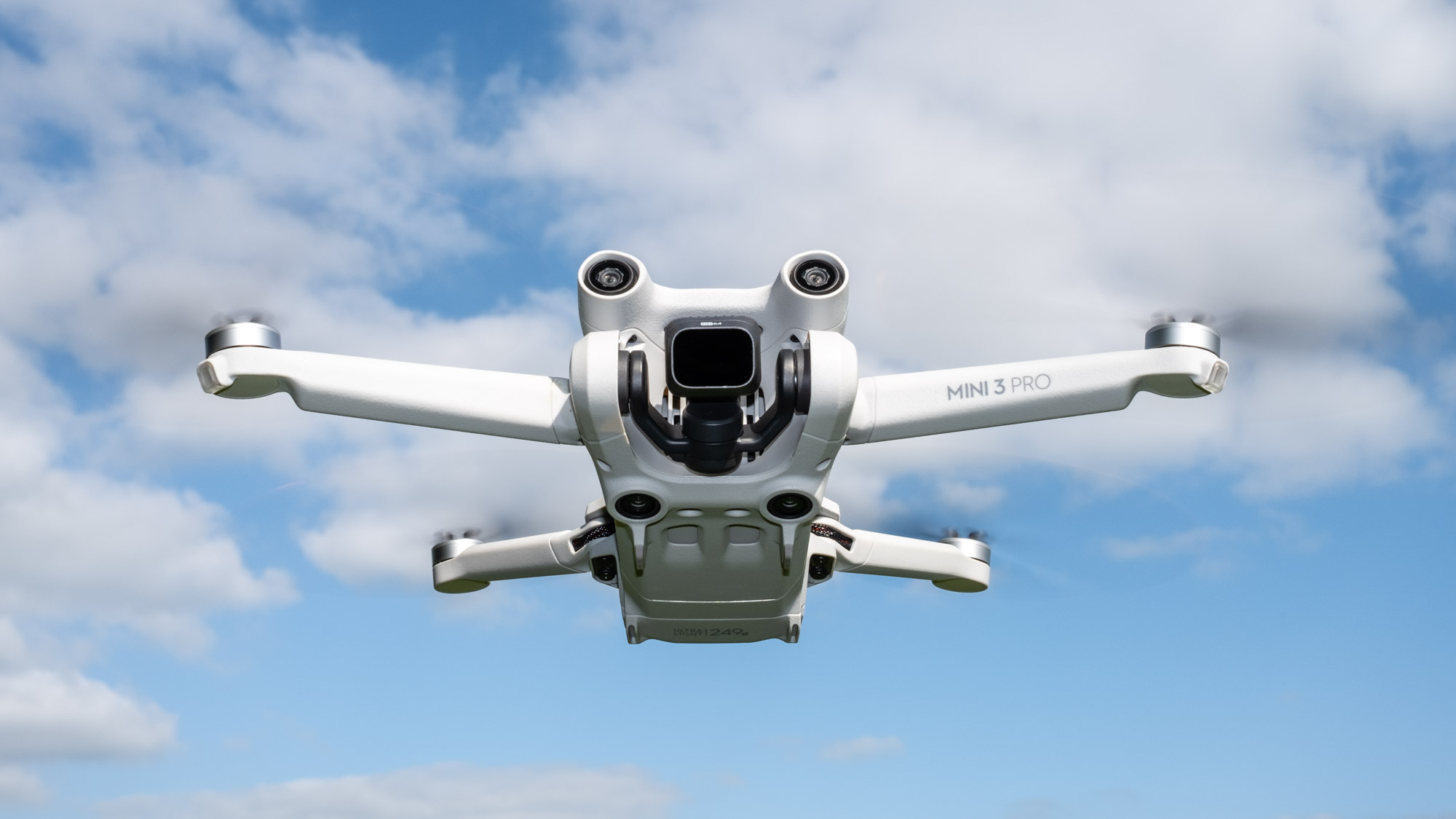
How to choose the best DJI drone
How to choose the best DJI drone
When choosing a DJI drone, the key considerations are budget, weight (which determines which category the drone sits in), flight features, controllers, and video and image quality.
Of coutse, professional models such as the DJI Inspire 3 cost significantly more than sub-250g drones like the DJI Mini 5 Pro and they weigh much more. The payoff is that you get pro-grade features and a huge amount of versatility.
•We've put together exhaustive buying advice in our general best drones guide.
Weight
Most people will want the simplicity that comes with a sub-250g model – which means one of DJI's 'Mini' drones or alternatives such as the Neo. Such drones are in the restriction-free category, so you won't legally need to get trained and certified even if that's a good idea anyway.
Beyond the legalities, size and weight does matter – you're more likely to pack a mini drone 'just in case' than you are a weightier model. Most DJI drones can be folded down to fit in a carry case or backpack for easy travel.
If you want a more powerful model that's stable in flight and with better cameras, you'll need to level up to a pricier models like the DJI Air 3S or Mavic 4 Pro, but to legally get airborne you'll need your region's version of a certificate of competency.
Safety features
Learners should look for models with safety features, such as obstacle avoidance. This isn’t found on every DJI drone, but its a useful option to reduce the risk of mid-air collisions. DJI drones are also known for their automated shooting and subject-tracking modes, which make it easier to capture cinematic shots. Return to Home is a key safety feature too, automatically returning your drone to its takeoff position when the battery is running low.
Controllers
Most DJI drones are sold with a controller, but these aren’t all the same. Entry-level controllers will likely utilize your phone's screen as a display, once you've got DJI's Fly App up and running. Pricier controllers will feature some kind of screen and joystick setup. DJI has produced a number of controller versions, so it’s important to check which type comes with the drone deal you're looking at. You can also choose to upgrade to an optional handset, if you’d like more control or a different style of grip.
Video quality
DJI drones are renowned for their image quality and the effectiveness of their stabilization. Pretty much every DJI drone can record 4K video, but some capture higher frame rates and better dynamic range. The right choice will depend on whether you plan to focus more on stills or video, and how serious you are about either (or both). The Mavic 4 Pro, for example, has three cameras for maximum versatility, while the DJI Mini 5 Pro supports the D-Log M color profile for consistent video grading.
Sign up for breaking news, reviews, opinion, top tech deals, and more.

Tim is the Cameras editor at TechRadar. He has enjoyed more than 15 years in the photo video industry with most of those in the world of tech journalism. During his time as Deputy Technical Editor with Amateur Photographer, as a freelancer and consequently editor at Tech Radar, Tim has developed a deeply technical knowledge and practical experience with cameras, educating others through news, reviews and features. He’s also worked in video production for Studio 44 with clients including Canon, and volunteers his spare time to consult a non-profit, diverse stories team based in Nairobi. Tim is curious, a keen creative, avid footballer and runner, and moderate flat white drinker who has lived in Kenya and believes we have much to enjoy and learn from each other.